A Complete Collection of Daily Flowers and Green Plants Succulent Plants (Part 3)
The role of flowers now is not just to please the eyes, people have discovered their greater value.
Flower experts have long proven that many kinds of flowers have the function of improving the ecological environment and purifying the air quality. They can effectively absorb harmful gases in the atmosphere through their leaves, reduce the content of harmful gases in the air, and purify the air. At the same time, there are many kinds of flowers that have the ability to absorb dust, smoke and other toxic particles, reduce the number of bacteria in the air, and purify the atmospheric environment.
Nowadays, many people like to grow flowers, but they can be roughly divided into two categories: the first category, although they like it, they will not take care of the flowers until there is a problem with the flowers they grow, and they do not water them every day. One day, they remember that there is a problem and the leaves turn yellow, and then they pay attention to and take care of them. As a result, most of the flowers will die. The second category of people is different. They not only like to grow flowers, but also know how to grow flowers. They understand the individual characteristics of each flower, observe the changes of the flowers every day, and then take care of them every day, instead of waiting until there is a problem. In this way, even the most difficult flowers to grow will be well grown in his hands. Anyway, the editor below has sorted out various types of flowers and plants, and there must be one you like.
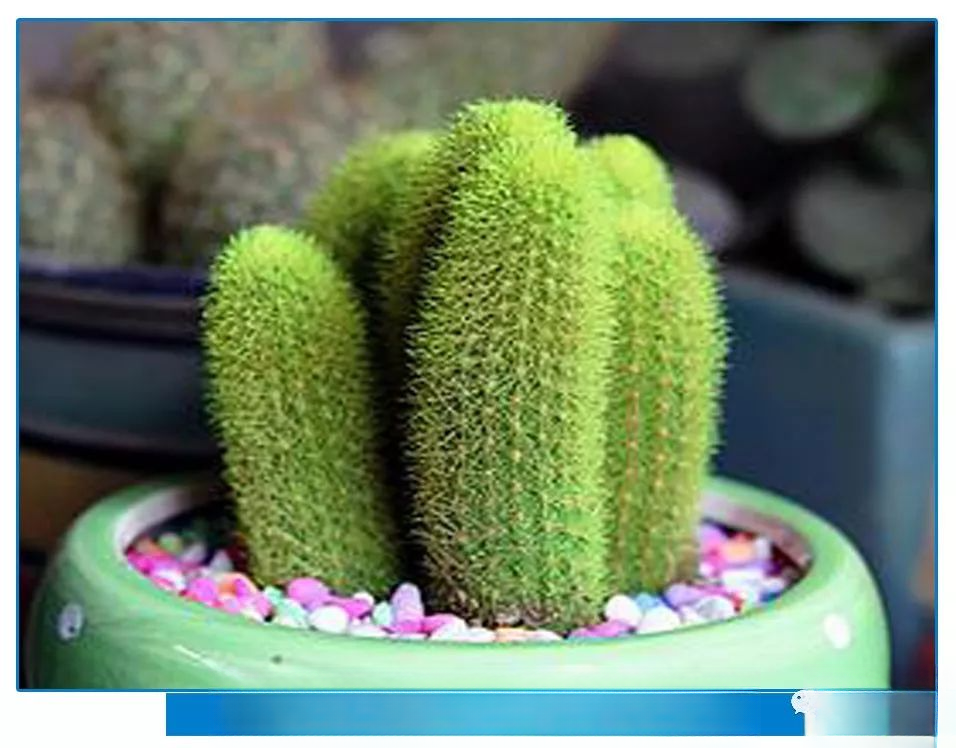
——Gold Finger——
Golden Finger: Also known as Fairy Finger. The stem is fleshy and shaped like a human finger. The whole plant is covered with yellow soft thorns. It grows solitary at first, and then it tends to breed in clusters at the base. The spherical to cylindrical shape, the diameter of a single plant is 1.5-2 cm, and the body color is bright green. It has spiral ridges with 13-21 conical tubercles. There are 15-20 yellow-white bristle-like short peripheral thorns and 1 yellow-brown needle-like central thorn, which is easy to fall off.
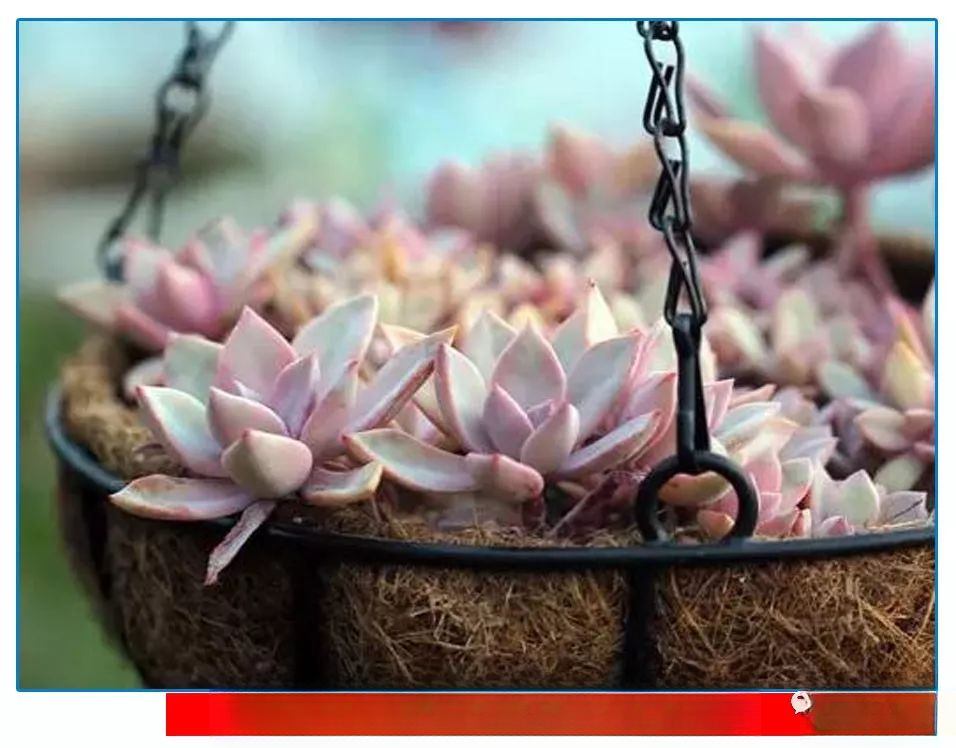
——First love——
First Love: A hybrid of the genus Echeveria in the Crassulaceae family, with thin spoon-shaped leaves covered with a little white powder. The leaves are covered with a thin layer of white powder. In half-day sunlight, the center of the leaves is green. In full sunlight, the color will appear as deep pink, with light yellow bell-shaped flowers. It is like a boy and girl falling in love for the first time.
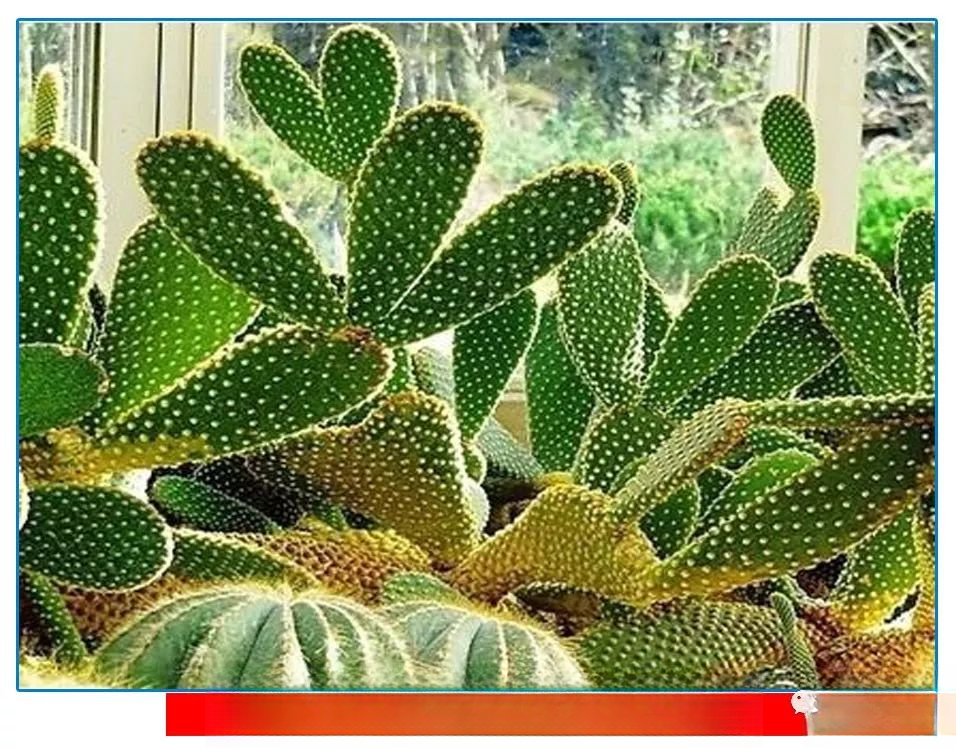
--cactus--
Cactus: Also known as: fairy palm, overlord tree, flame, is a plant and the national flower of Mexico. It belongs to a family of desert plants in the order Caryophyllales. In order to adapt to the water-scarce climate of the desert, the leaves have evolved into short thorns to reduce water evaporation and can also be used as a weapon to prevent animals from swallowing them; the stems have evolved into a thick and water-containing shape; at the same time, it grows roots with a very large coverage area to absorb the most rainwater when it rains heavily. There are currently nearly 2,000 species of cactus plants.
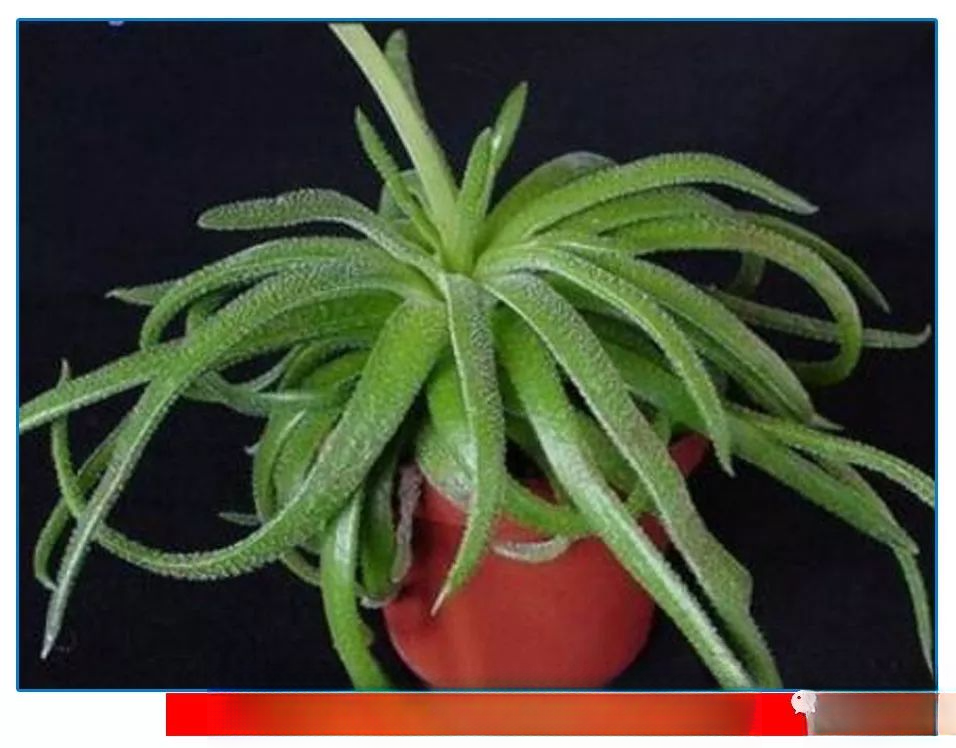
--octopus--
Octopus: Originated from Cape Province, South Africa. The leaves of the octopus have degenerated into strips, which may be related to the environment of its origin. The plant of the octopus is an upright fleshy shrub, not too high.
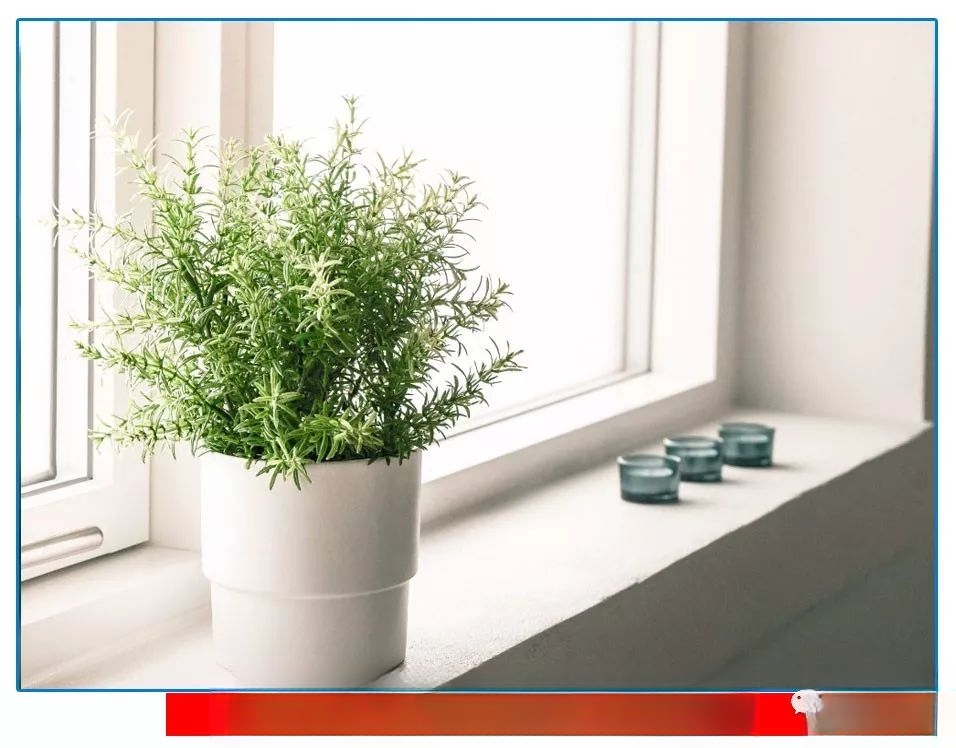
——Rosemary——
Rosemary: Also known as: Dew of the Ocean. The fragrant leaves have a tea aroma, spicy and slightly bitter taste, and are often used in cooking and can also be used to make herbal tea. An evergreen shrub, rosemary was believed in ancient times to enhance memory, refresh the mind, regulate anemia, remove spots, reduce wrinkles, and strengthen liver and heart function. It is currently recognized as the plant with the most antioxidant effect.
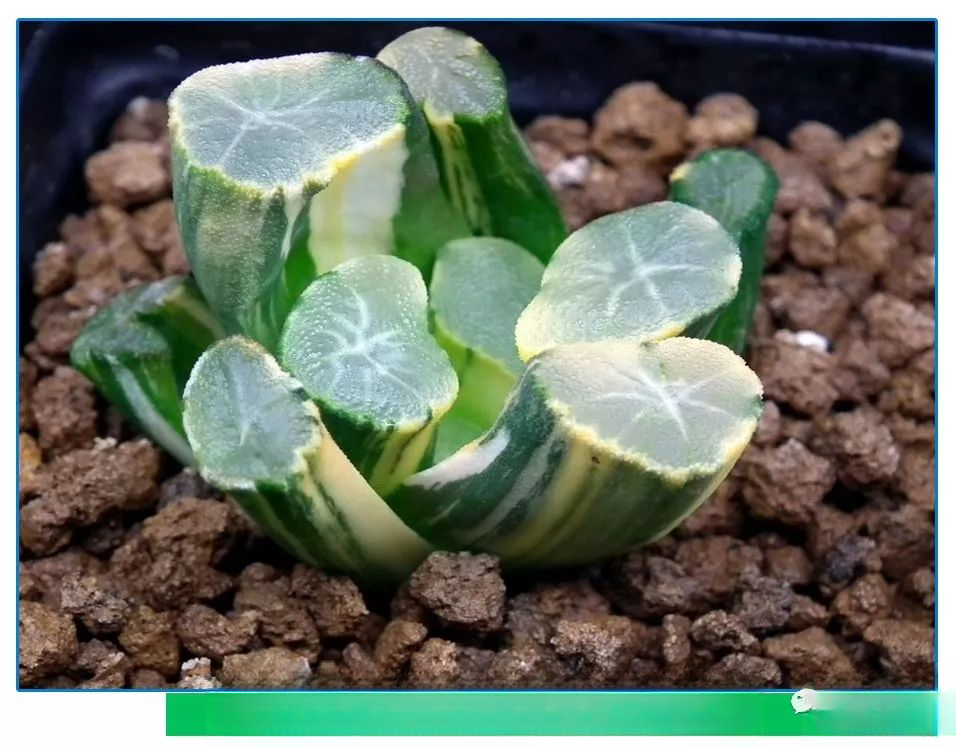
——Mao Han Twelve Volumes——
Maughanii: Other name: elephant foot grass, also known as Maughanii. It likes warm, dry and sunny environment. The fleshy leaves are arranged in a loose rosette shape from the base. The leaves are semi-cylindrical, truncated at the top, translucent, and have different patterns depending on the variety. The leaves are dark green, gray-green or reddish brown, and the surface is rough. The name Maughanii in the maughanii plant comes from the Chinese characters in Japanese and was originally named by Shiraishi Yoshio of Japan.
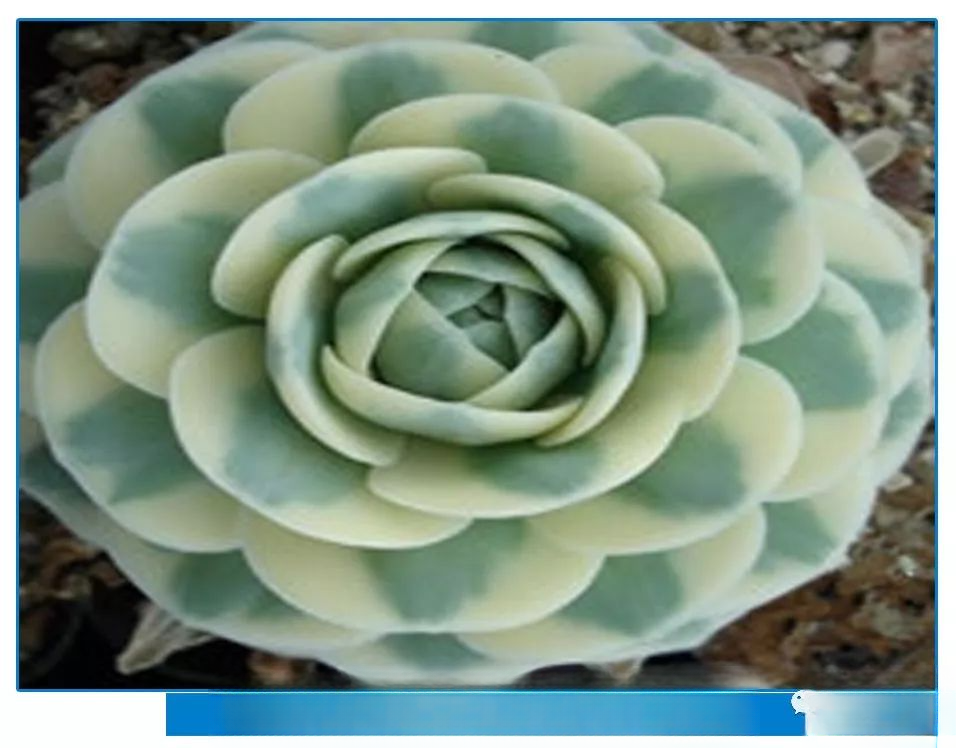
—— Fuji ——
Fuji: It is a variety bred by Japanese horticultural experts. It is a perennial succulent plant and a winter type plant. It likes a cool, ventilated, soft light and long-day environment. It is a white Fuji variety, with white spots on the outer edges of the leaves and green in the middle.
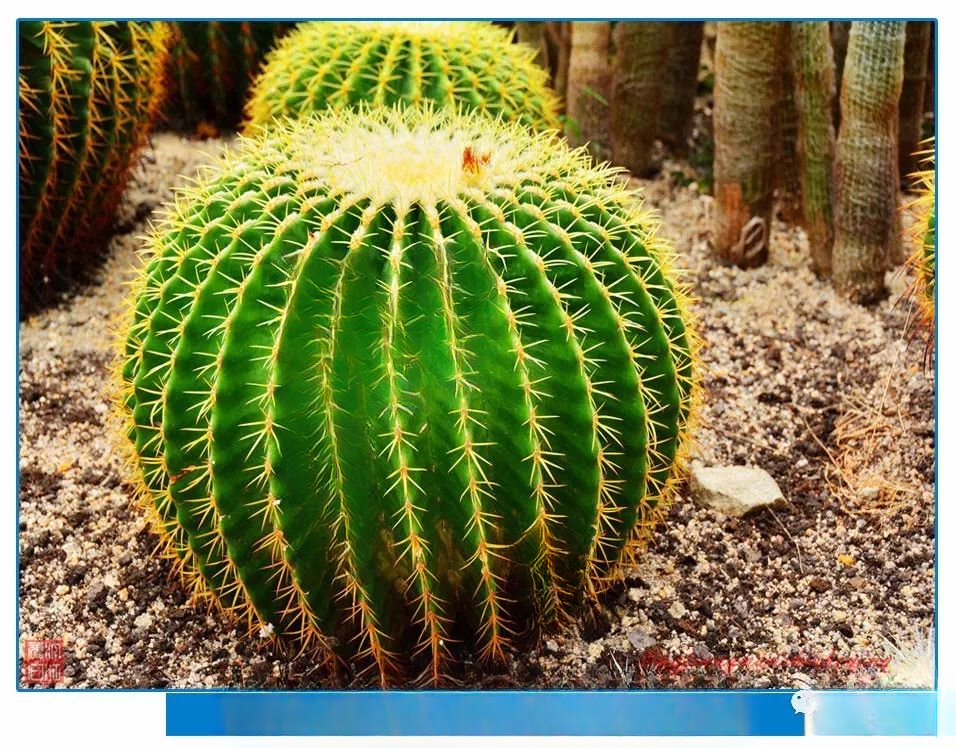
——Cactus——
Cactus: Alias: Grass ball, Changsheng ball, commonly known as grass ball, also known as Changsheng ball, is a perennial fleshy herbaceous plant of the Cactaceae family. The stem is spherical or oval, green, and the flowers are born in the longitudinal thorns. Cactus usually blooms in the early morning or evening, and lasts for a few hours to a day. Cactus is a kind of stem, leaves, and flowers with high ornamental value. It is an artistic boutique of hydroponic flowers.
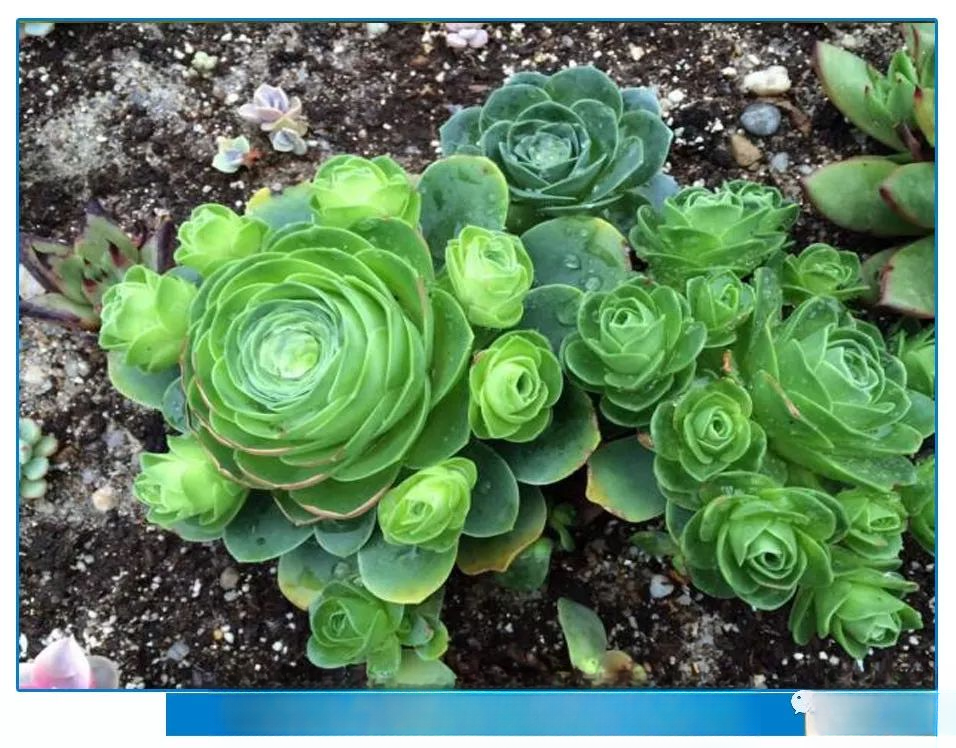
——Mountain Rose——
Mountain Rose: Other names: Alpine Rose, Mountain Rose. It is a succulent plant of the Crassulaceae family and the genus Aeonium (many species of Crassulaceae and the genus Aeonium have the characteristic of leaves spreading out during the growing period and closing up during the dormant period, but not as obvious as the mountain rose, like the familiar black rose). The fleshy leaves are arranged in a rosette shape, and the plant width varies greatly depending on the variety. Small species are only 2 to 4 cm, while large species can grow to 30 to 40 cm or more.
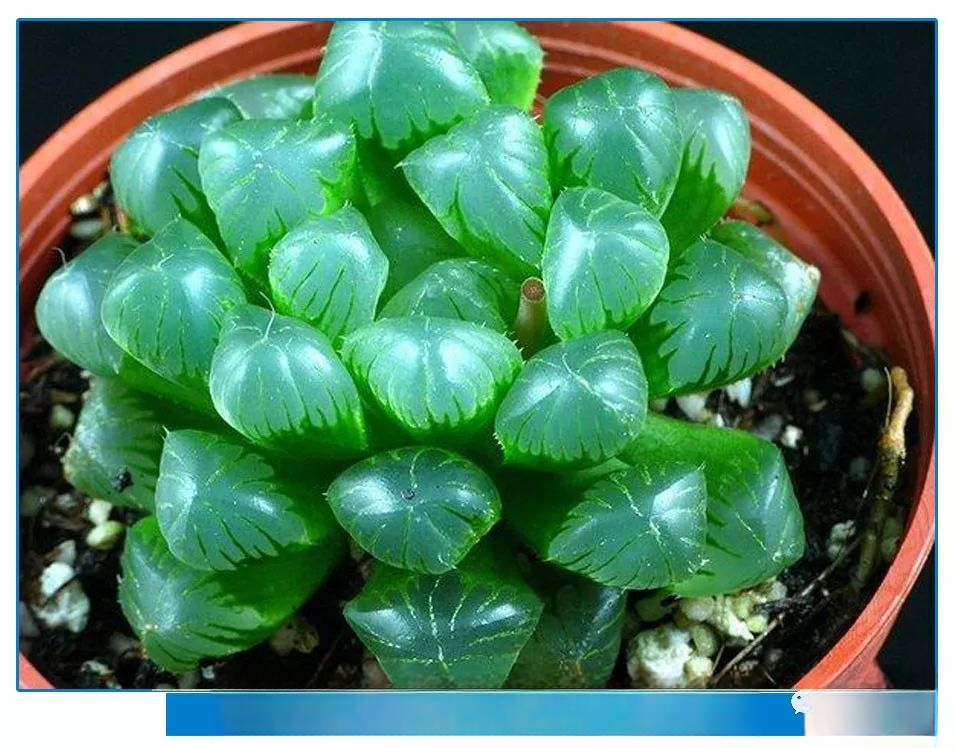
——Ice Lanterns and Jade Dew——
Ice Lantern Jade: It is a succulent plant of the genus Haworthia (also known as the genus Vatna) in the Liliaceae family. There are many varieties, among which Ice Lantern Jade is the best. It is named because of its crystal-clear fleshy leaves, as clear and transparent as ice lanterns. Ice Lantern Jade is somewhat similar to the common Jade, but the two are very different in terms of price and ornamental value: Ice Lantern Jade is larger in size, with a single plant diameter of 7 to 10 cm, and almost no side buds, and the plants are longer and do not grow in groups.
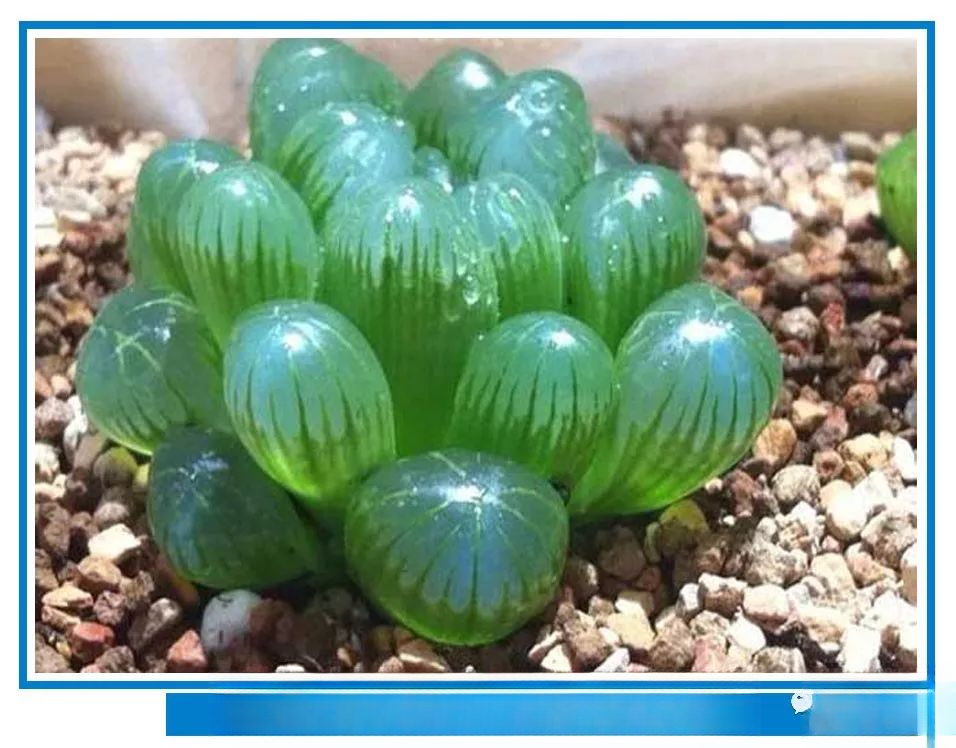
——Grass Jade Dew——
Grassy Jade: It is a "soft leaf series" variety of the genus Thunbergia in the Liliaceae family. There are many varieties in this series, and the more common ones are Grassy Jade, Jade Seal, Princess Jade, Large Jade, Hairy Jade, Thorny Jade, etc. The Jade plant is exquisite and small, with rich varieties, and the leaf color is crystal clear and full of changes. It is like a living handicraft, very cute, and is one of the popular small succulent plant varieties in recent years.
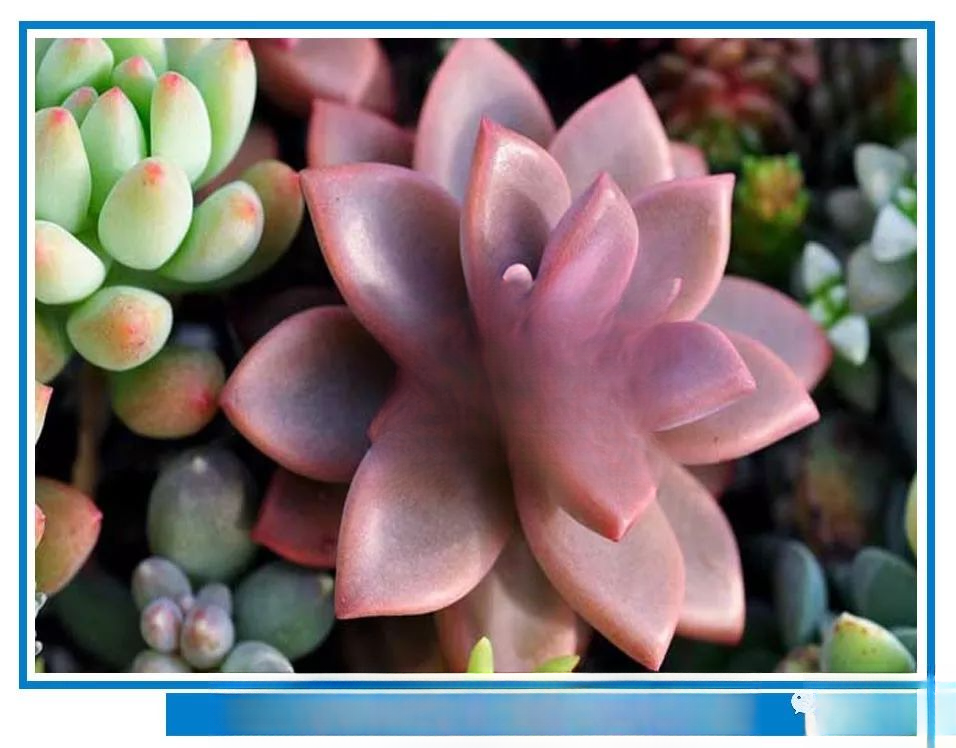
——Jewel Flower——
Gem Flower: Other names: Gem Flower, Stone Lotus Palm, Lotus Palm, generally refers to lotus-shaped succulent plants. The thick fleshy leaves are shaped like gems, and the multiple leaves overlap and grow in clusters. The rosette-shaped leaf disk resembles a blooming lotus, so it is named "the flower that never fades". It has a unique shape and is easy to maintain, making it very suitable for home cultivation. It is placed on tables, shelves, windowsills, balconies, etc. It is full of fun, like a living handicraft, and is a popular small succulent plant in recent years. The Longyue of the genus Campanula and the Jade Butterfly of the genus Echeveria are both common "gem flowers" in China.
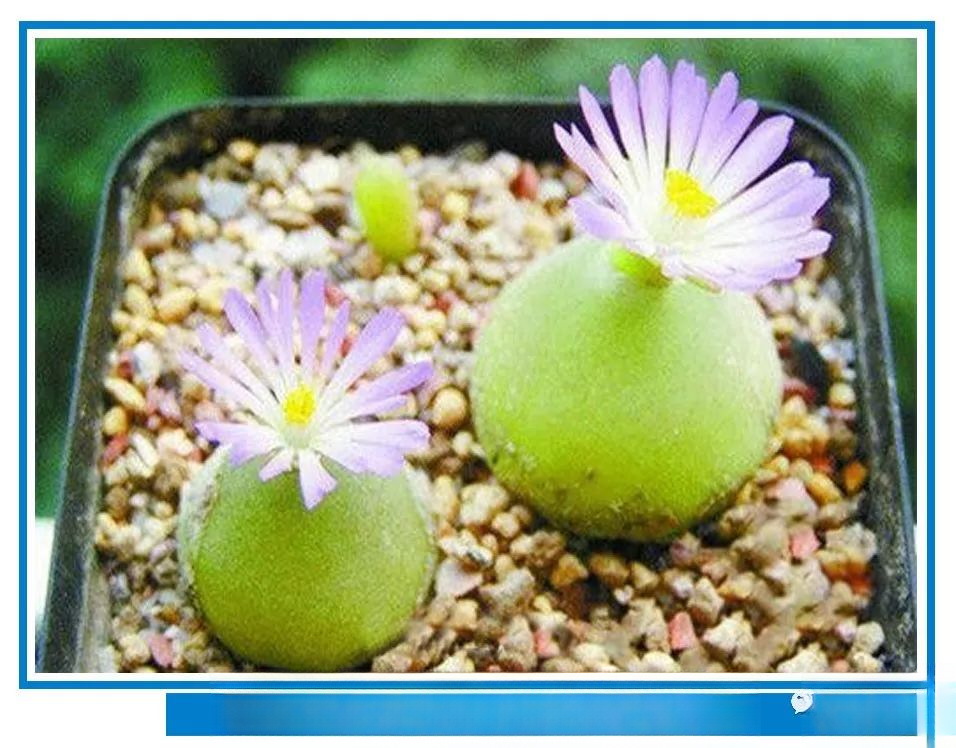
——Succulent bulbs——
Succulent Bulb : Alias: Bulb, Mount Fuji Aizoaceae Conotheca genus, bright green, translucent epidermis, in the summer dormant period, in an environment with sufficient light, the epidermis is red. The flowers are large, light purple, with white centers, and bloom in spring or autumn. The flowers usually bloom during clear days and close at night. If the cultivation environment is not bright or it is rainy, it is difficult to bloom. Translucent It can be seen that it is translucent under direct light, shining with a slightly reddish luster. The plant is crystal clear and looks shiny, like a light bulb, so it is named, and because the plant shape is very similar to Japan's Mount Fuji, it is also known as "Mount Fuji".
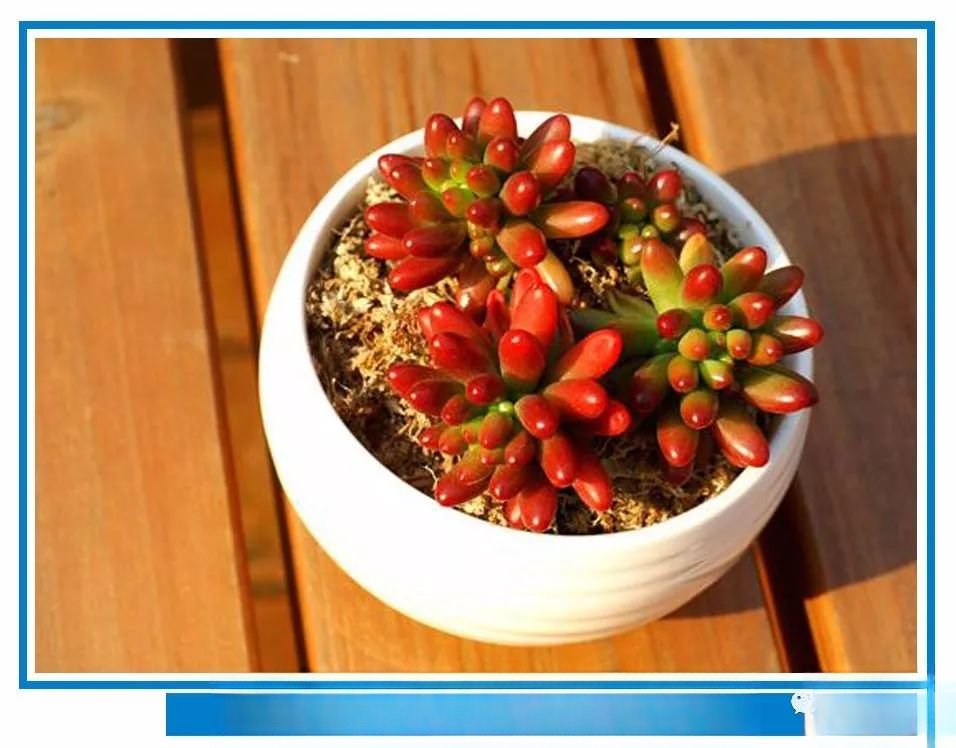
——Rainbow Jade——
Rainbow Jade: Alias: Eardrop Grass, Corn Kernels, Grape Palm, a lovely succulent plant. Mexico is the origin of rainbow jade. It likes ventilated environment. When the sunlight is sufficient, the whole rainbow jade will turn red. The plant grows upward. After the old plants have branches and trunks for many years, you must pay attention to watering. Excessive watering will cause the branches and trunks to rot.
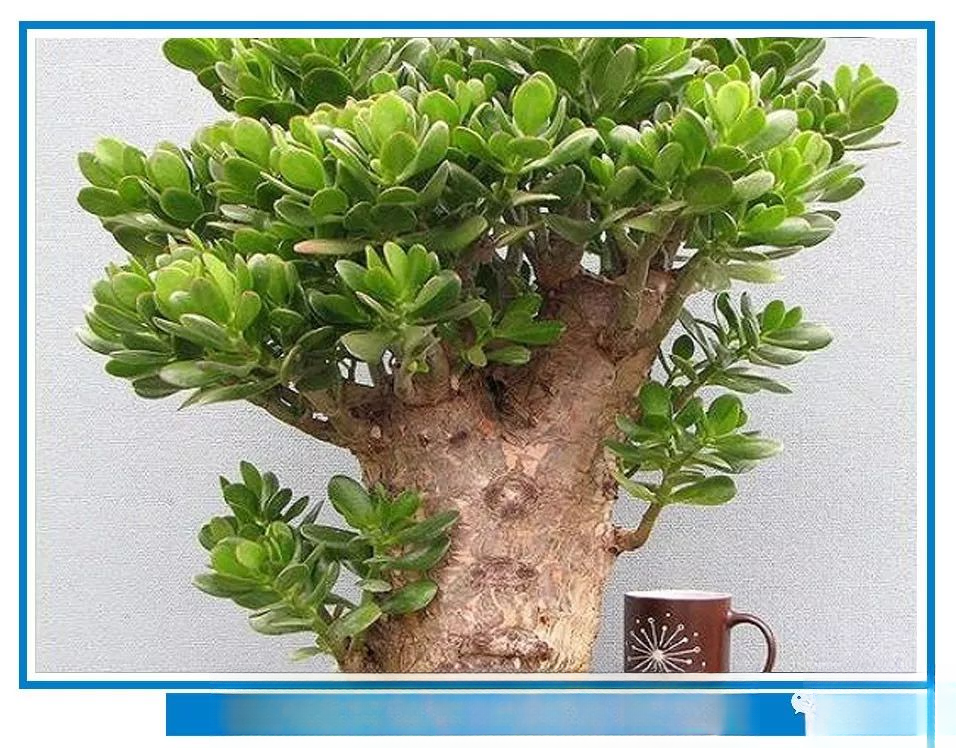
——Swallow Palm——
Swallow's palm: Other names: Jade tree, Crassula ovata, Eight Treasures, Kanqing, Holly, Fleshy Dieffenbachia. It has thick branches and leaves, green all year round, peculiar leaf shape, solemn plant shape, easy cultivation and simple management. It is suitable for potted plants, and can be displayed on the balcony or decorated on indoor tables, which looks very elegant. The crown is tall and beautiful, the stems and leaves are green, and the top is white flowers, which is very elegant and unique. If it is processed into a small bonsai with a pot rack and gravel, Swallow's palm is suitable for potted plants, and can also be cultivated into the posture of an ancient tree stump, which is more attractive to decorate coffee tables and desks. However, its leaf juice is poisonous and can cause blindness. The latest research reports: Swallow's palm extract medicine can effectively treat diabetes.
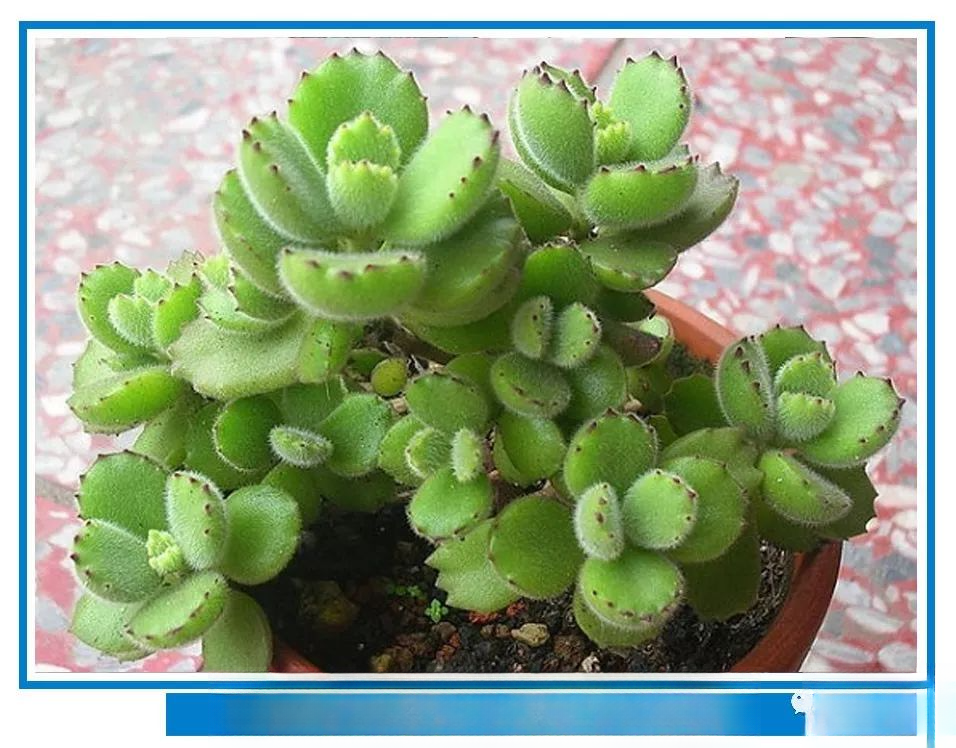
——Bear Paw——
Bear's Paw: It is a plant of the genus Silver-Bojin in the Crassulaceae family, native to Namibia in Africa. It is an angiosperm. It is a succulent, branched, low shrub. The leaves are opposite, with hair or wax on the leaf surface. The flowers are bell-shaped and bright in color. There are white and yellow brocade. The white brocade is rarer and much more expensive than the yellow brocade. Other excellent species of the same genus as Bear's Paw include Silver-Bojin, Samsara, Asahi no Hikari, and Fu Niang.
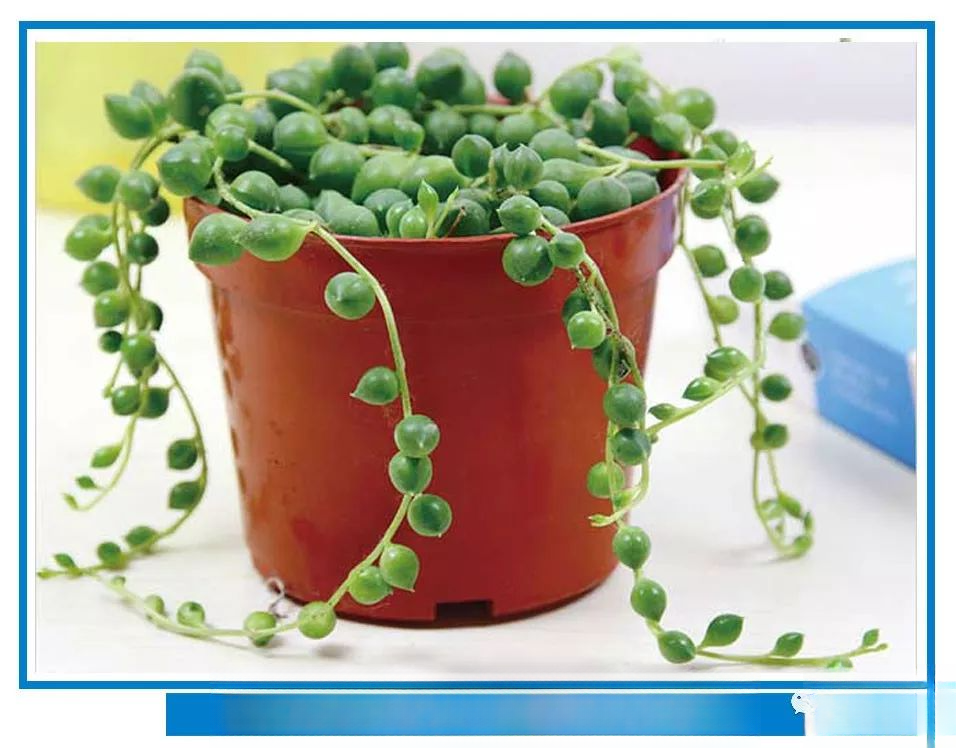
——Pearl Chlorophytum——
Pearl spider plant: Alias: Lover's tears, Buddha beads spider plant, green bell, green bell, Buddha beads, Buddha beads, green grapes. It is also called emerald beads, lover's tears, Buddha beads spider plant, emerald beads, green bell, green bell because of its bunches of bulging, plump and emerald green oval leaves. The flowering period is generally from December of the current year to January of the following year. Pearl spider plant is not only an excellent hanging foliage plant in the room, but also a good indoor air purifying flower.
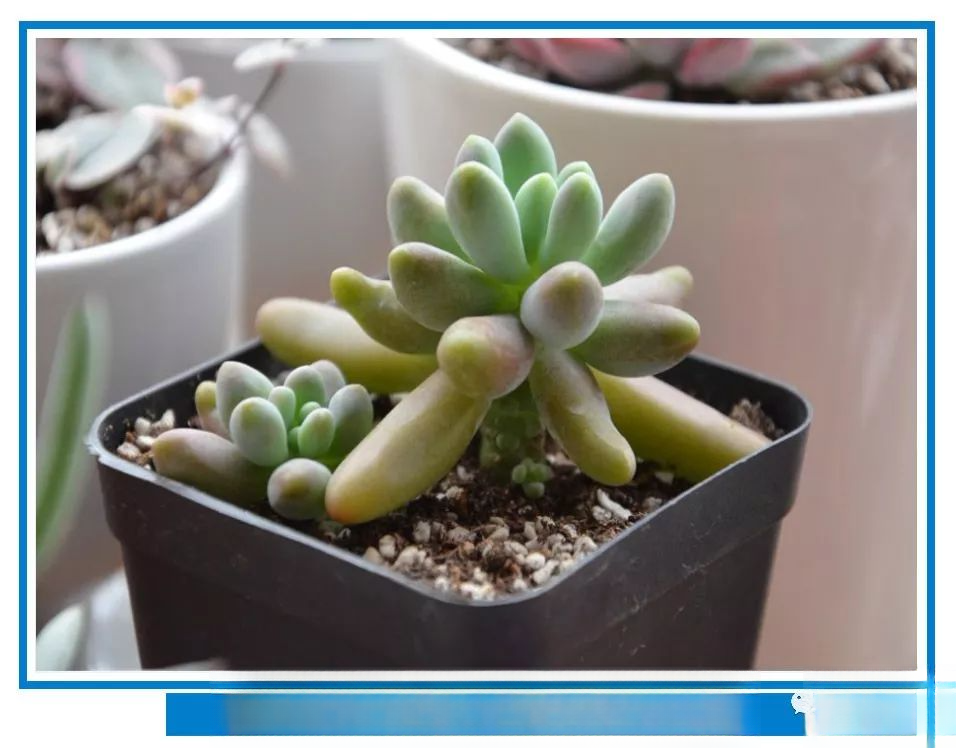
——A girl's heart——
Maiden Heart: Thick-leaved Sedum, native to Mexico, shrub-like fleshy plant. Plant height 30 cm, plant width 20 cm. Leaves grow at the top of the stem, cylindrical, light green or light gray-blue, with red at the tip, 3-4 cm long. Flowers are small, yellow. Flowering season is spring.
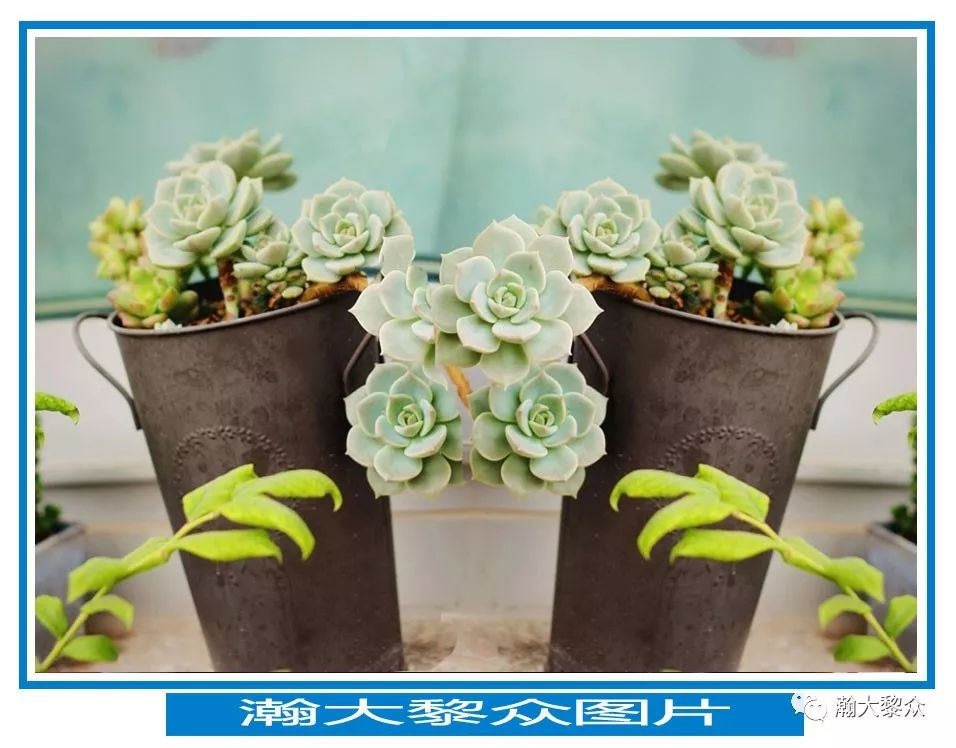
——White Peony——
White Peony: A hybrid of Crassulaceae, a hybrid of Echeveria and Echeveria, one of the easiest succulents to grow. It is also one of the most common succulents, a must-have for beginners. It is usually white, but the tips and edges of the leaves will turn pink when the sunlight increases. It can grow almost all year round. In summer, it is also necessary to do a good job of sun protection and ventilation. It must be exposed to sunlight more often. It will become very ugly and unhealthy without sunlight, and it is easy to breed diseases. It can be propagated by leaf cuttings and cuttings, and leaf cuttings are very easy to succeed.
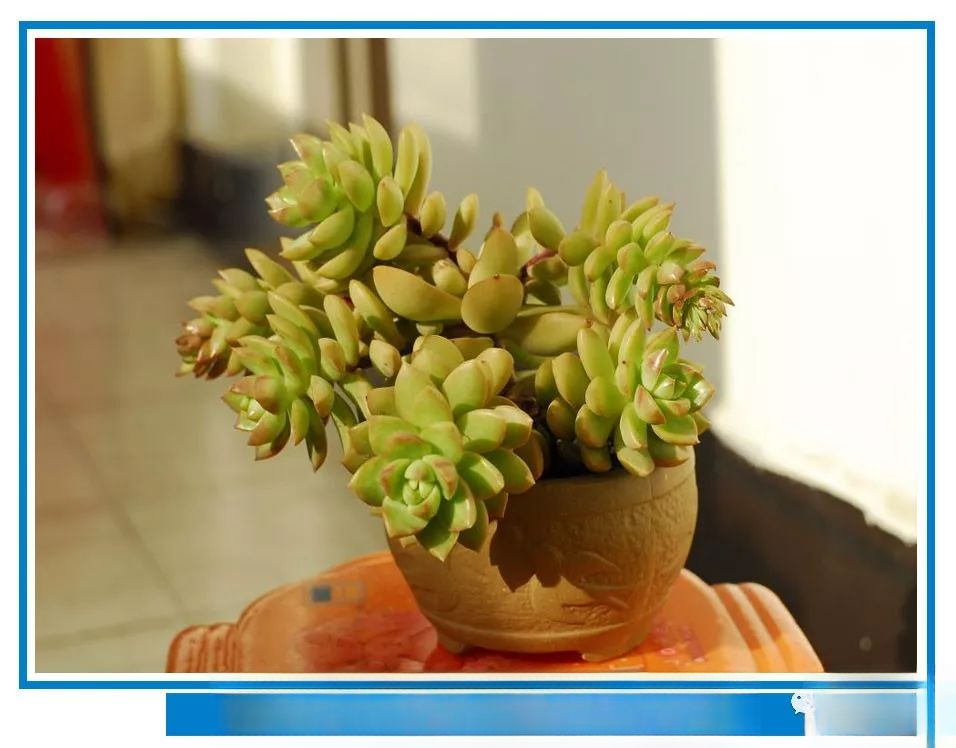
——Huang Li——
Huangli: Also known as "jewel flower". There are many varieties of jewel flowers, and they look similar, so it is difficult for ordinary people to distinguish them. The waxy leaves are a special golden yellow. They like plenty of sunlight. After sunbathing, the edges will turn into a beautiful red. Although it can grow in insufficient light, the color will be darker and the stems will be elongated. It is afraid of moisture. Spring and autumn are the growing seasons. Water thoroughly when the potting soil is almost completely dry. In summer, keep the potting soil slightly dry and avoid exposure to the sun. Reduce watering in winter, otherwise it will easily rot.
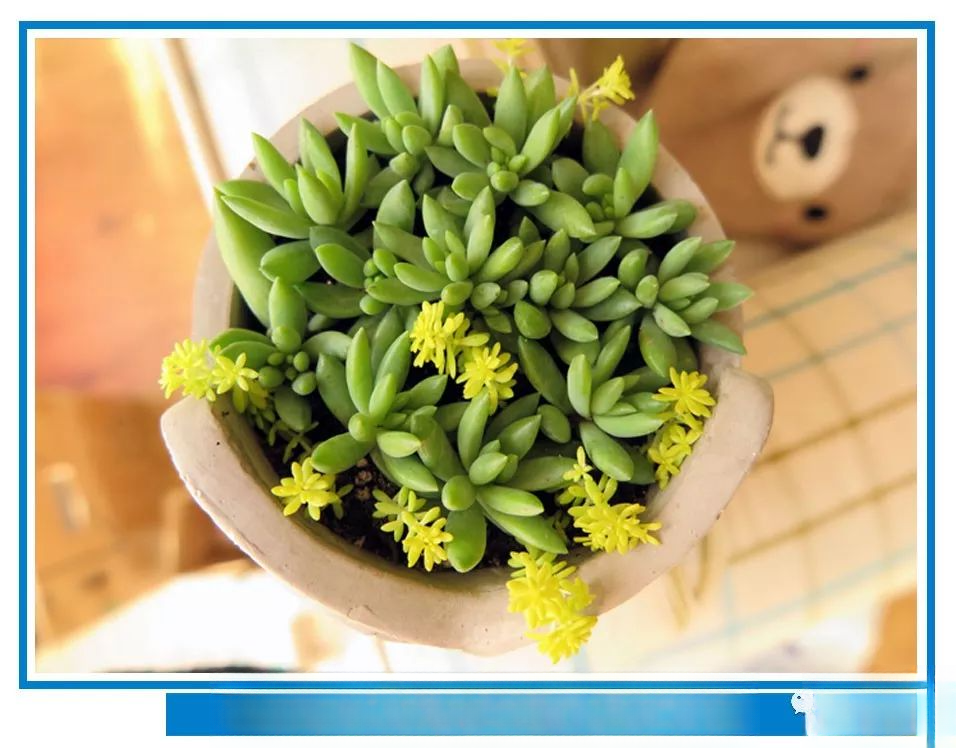
——Thousand Buddha Hands——
Thousand Buddha's Hand: Also known as Chrysanthemum Ball, Crassulaceae Sedum, no obvious dormancy period. It is a succulent plant, also known as a succulent plant, relatively short. Thousand Buddha's Hand, also known as Chrysanthemum Ball, King Jade Bead Curtain, Crassulaceae Sedum, no obvious dormancy period. The flowering of Thousand Buddha's Hand is very unique. At first, it is protected by green leaves. The buds are revealed when the leaves open. The flowers are yellow and mostly bloom in spring and summer.
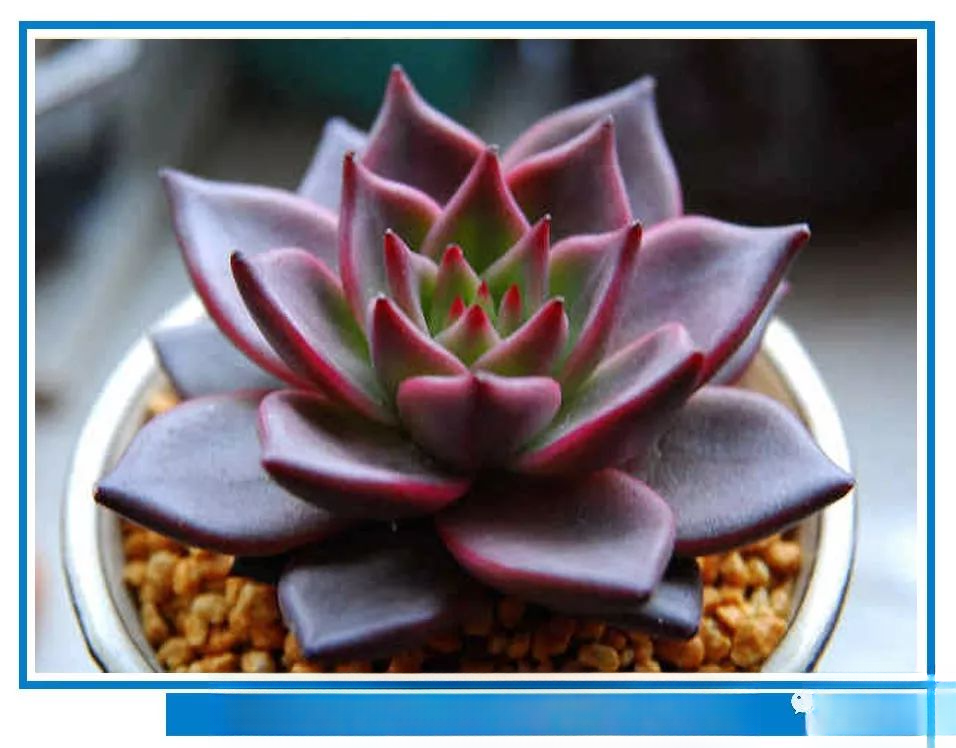
——The Black Prince——
Black Prince: It is a perennial fleshy herbaceous plant of the genus Echeveria in the Crassulaceae family. It is a cultivated variety. The rosette-shaped plant is the same as the general Echeveria. The plant has a short-stalked stem, and the fleshy leaves are arranged in a standard rosette shape. The leaves are spoon-shaped and slightly thick. When growing vigorously, there are more than 100 leaves on a plant, and the plant width is more than 20 cm. There is a small tip at the top, and the leaves are black-purple. When there is insufficient light, the leaves near the growth point are dark green. The perfect rosette leaf disk and special leaf color of Black Prince make it highly ornamental and very eye-catching.
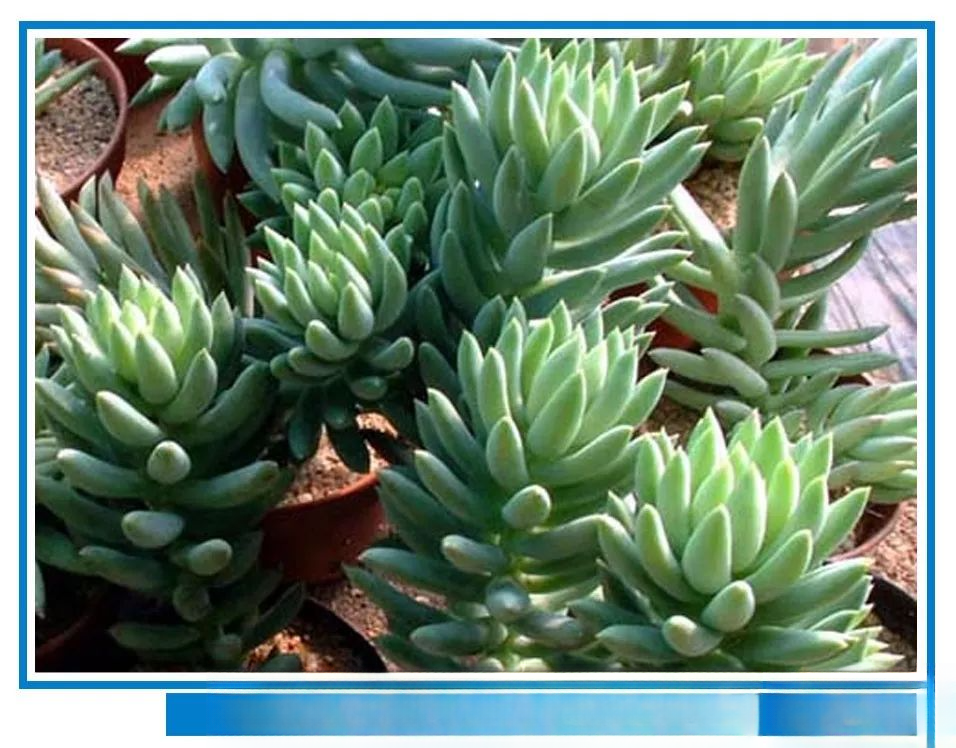
——Emerald Sedum——
Emerald Sedum: Alias: Beaded Grass, Corn Sedum, Squirrel Tail, a plant of the genus Sedum in the Crassulaceae family, a perennial herb that grows in sunny subtropical areas and is distributed in various countries.
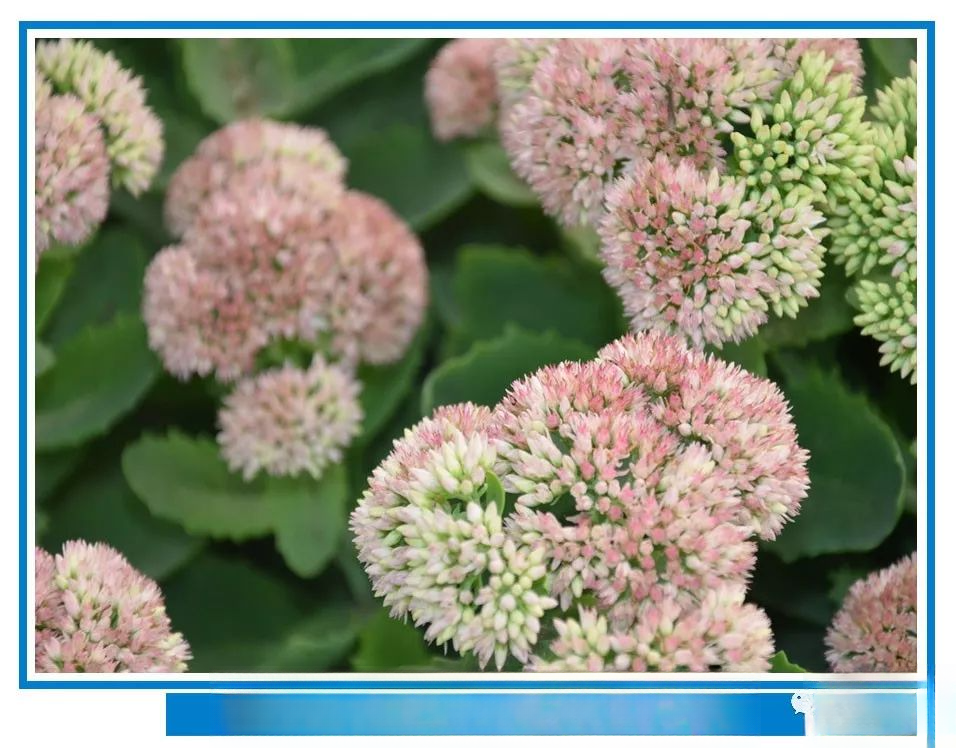
——Sedum truncatum——
Sedum sedum, also known as scorpion grass, gorgeous sedum, long medicine sedum, etc., is mainly distributed in Northeast China as well as Hebei, Henan, Anhui, Shandong and other places. It is a perennial succulent herb. It is a deciduous perennial succulent herb. It is 30 to 50 cm tall, with clustered stems on the ground, which are thick and upright. The whole plant is slightly covered with white powder and is gray-green. The leaves are whorled or opposite, obovate, fleshy, and have wavy teeth.
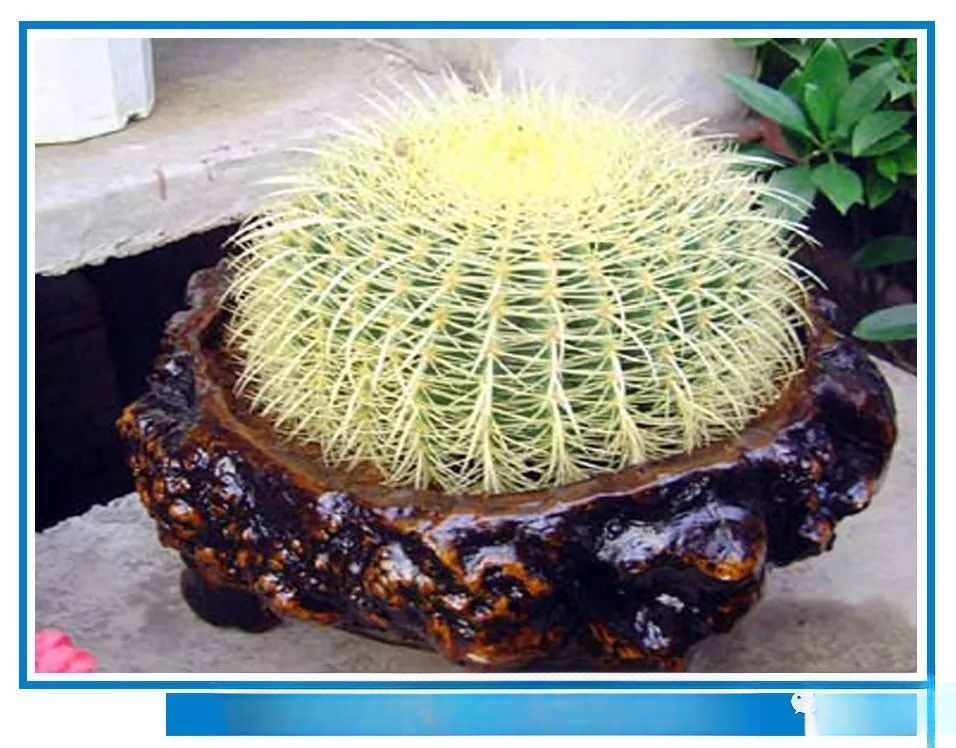
——Golden Amber——
Golden Echinops, also known as ivory ball and golden echinops cactus, is a representative of the strong-thorn ball cactus. It is native to the dry and hot desert area from San Luis Potosi to Hidalgo in central Mexico. The wild golden echinops is an extremely endangered rare plant. This species is the most attractive type of cactus. It has a round green ball and steel-hard golden thorns.
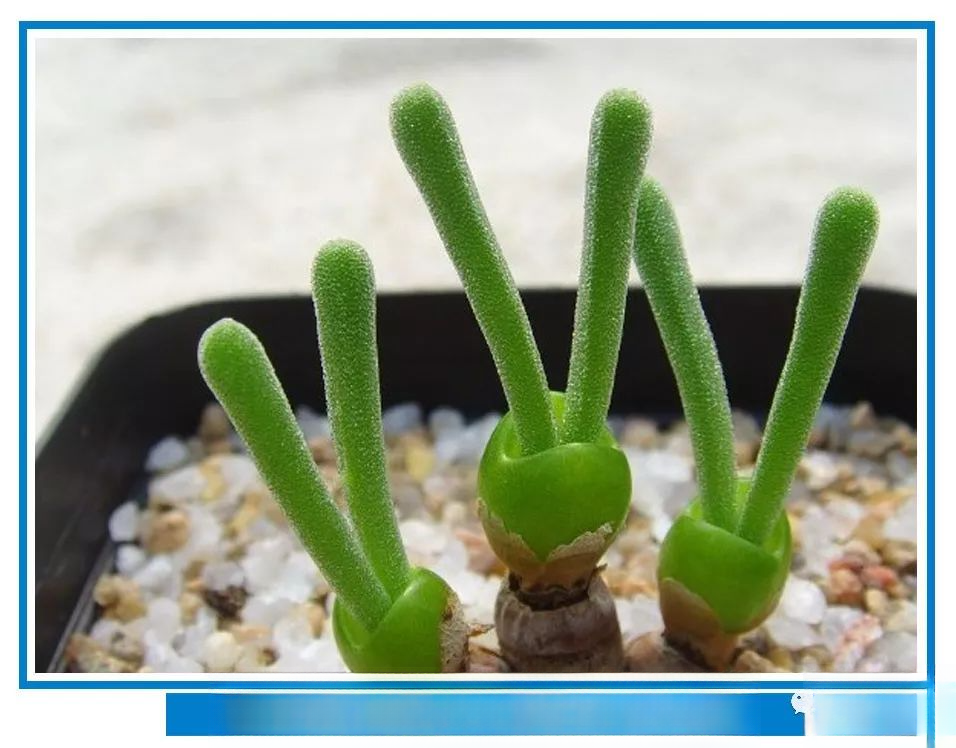
——Green Halo——
Azalea: Other name: Little Rabbit. ——Natively located in South Africa, it is a very drought-tolerant succulent plant that likes shade. The optimum growth temperature is 15-25 degrees. If the temperature exceeds 35 degrees , the whole plant will slowly wither and enter dormancy. When the temperature drops, watering will resume growth.
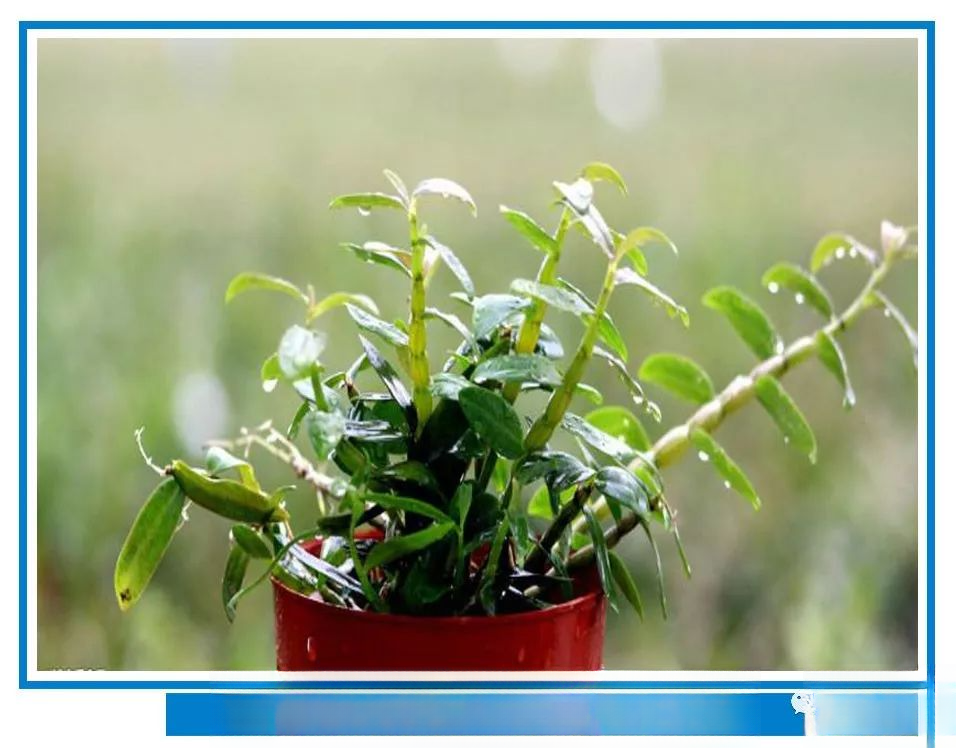
——Dendrobium——
Dendrobium: Alias: Dendrobium, Shilan, Chlorophytum, Noble Hairpin Dendrobium, Fengdou, Huodou, Xifengdou, one of the orchidaceae plants, mainly distributed in tropical and subtropical Asia, Australia and the Pacific Islands, most of which are distributed in southwest China, South China, Taiwan and other places. The main varieties of Dendrobium are Noble Hairpin Dendrobium, Dendrobium Dendrobium, Drumstick Dendrobium, etc. It can be used as medicine, named Dendrobium, which has the effects of dispelling deficiency heat, strengthening essence and yin for the human body. With the rise of the flower industry, Dendrobium has also become an ornamental plant. Dendrobium is generally cultivated in pots.
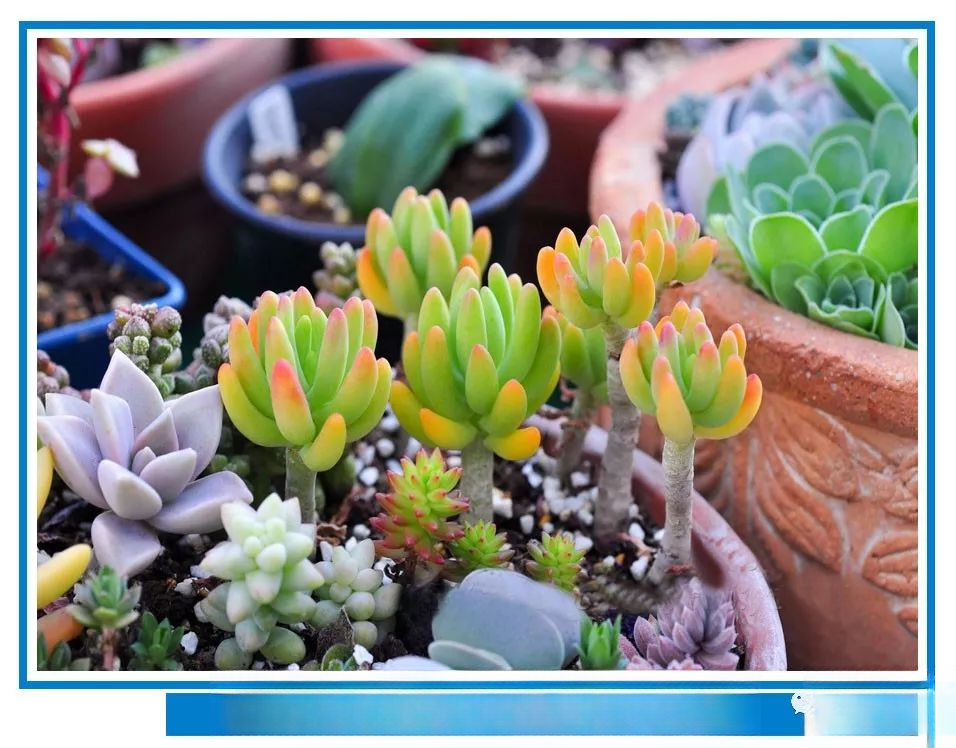
——Yachiyo——
Yachiyo: It is a succulent plant of the genus Sedum in the family Crassulaceae. Yachiyo is a small fleshy shrub with thin and long stems and blunt and smooth rod-shaped leaves. In autumn and winter, as long as it is given sufficient light (no less than 5 hours of sunlight per day), the leaf tips will definitely turn into a striking agate red. If it is cultivated in clumps or with many branches gathered together, it can be said to be a beautiful red and green, with a unique charm. Many enthusiasts like to make Yachiyo into a small hanging bonsai, or match it with other palms and succulents to form a combined bonsai, which is very elegant when embellished in the living room or decorated in the hall...
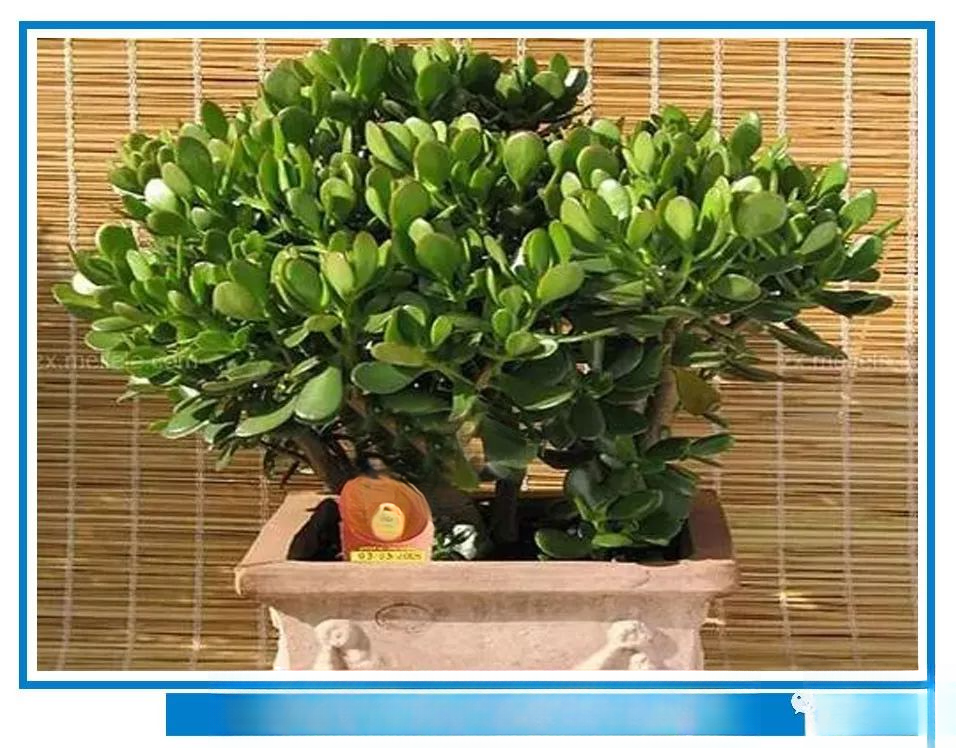
——Yushu——
Jade tree: Other names: Swallow's palm, Crassula, Glass tree, Eight treasures, Kanqing, Holly, Fleshy evergreen, Fat baby. It is a plant. There is an old saying that "Jade tree is in the wind", which describes people as graceful and beautiful as jade tree. Jade tree is now often cultivated as bonsai material. Jade tree bonsai has its unique advantages, such as being very resistant to pruning, resistant to poor soil, resistant to drought environment, and growing very quickly. Jade tree flowers like warm, dry and sunny environment, are not cold-resistant, afraid of strong light, and slightly shade-tolerant. Fertile, well-drained sandy loam is preferred.
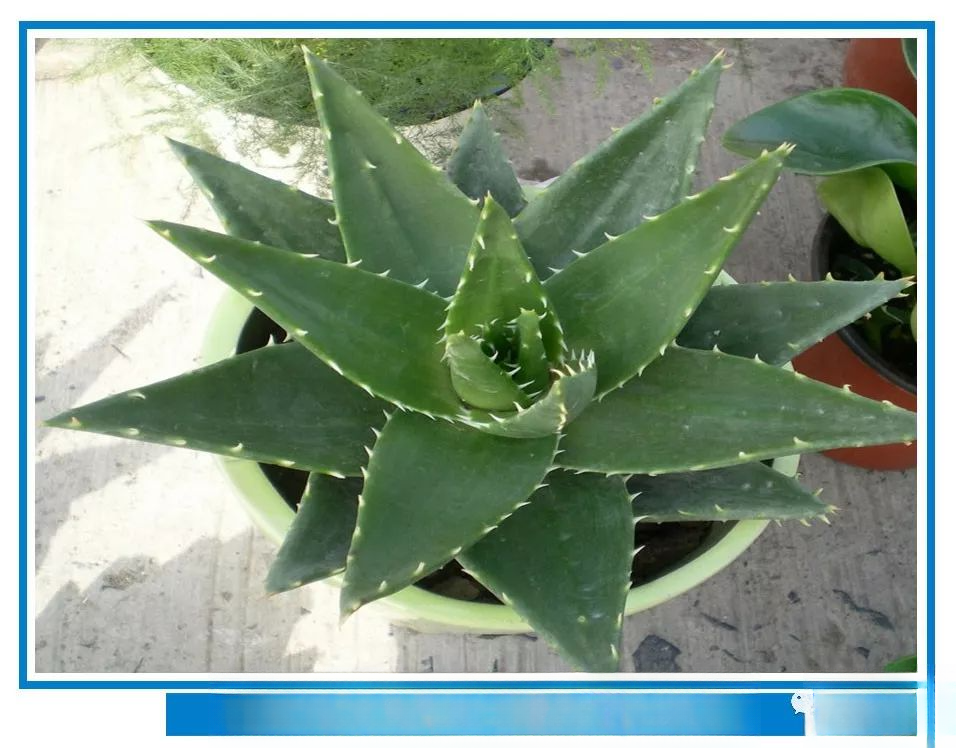
——Aloe Vera in the City That Never Sleeps——
Aloe Vera: Also known as the Never-Sleeping City, Big Green Plate, and Noble Aloe, it is a perennial succulent herb of the genus Aloe in the Liliaceae family, which blooms from late winter to early spring. There is also a variegated variant of Aloe Vera, called "Never-Sleeping City Brocade", with yellow or yellow-white vertical stripes on the leaves and back. The width of the stripes varies from plant to plant, and sometimes the entire leaf is yellow. The rest of the characteristics are the same as those of Aloe Vera, and it is often used as a home ornamental plant.
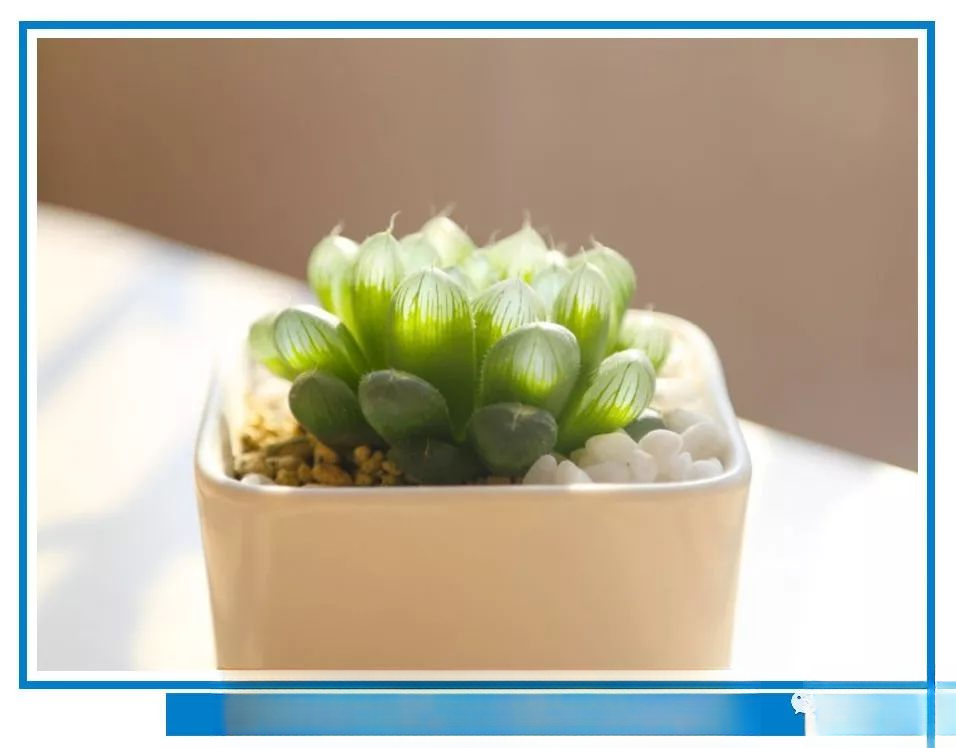
——Ji Yulu——
Jiyulu: As its name suggests, the flower is small, transparent, and elegant in color. It is a very cute succulent plant in the genus of Liliaceae. The top of its leaves (which flower lovers figuratively call "windows") is transparent or translucent, and is as round and shiny as jade in the sun. This is the so-called "translucent window". If you are interested in Jiyulu, you must not miss the jade dew encyclopedia, and there is also the very popular ice lantern jade dew.
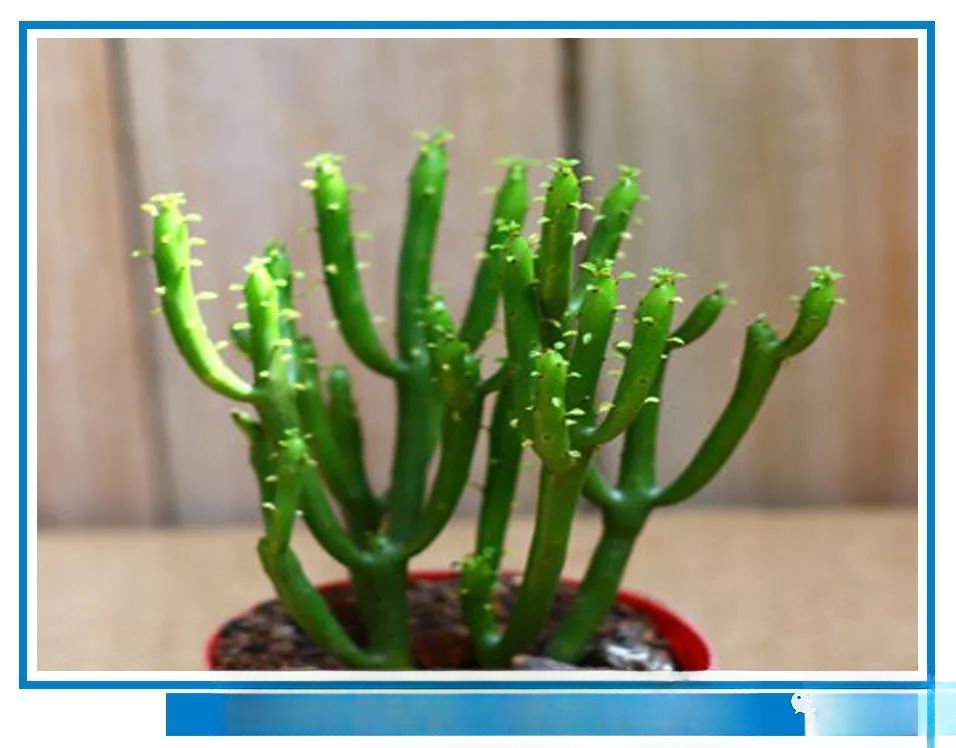
——Bachelor Tree——
Bachelor tree: Other names: Jasper tree, green jade tree, light branch tree, milk onion tree, termite tree, green coral, iron tree, petroleum tree. It is a fleshy woody plant belonging to the Euphorbiaceae family, native to tropical arid areas of East Africa and South Africa. The whole tree has no flowers or leaves, only bare branches, like sticks stuck on the tree. So people jokingly call it "bachelor tree", and some people call it "green jade tree" or "magic stick". The stem of the bachelor tree contains milky white juice, so some people call it "milk tree", and the white latex in its stem can be used to make petroleum.
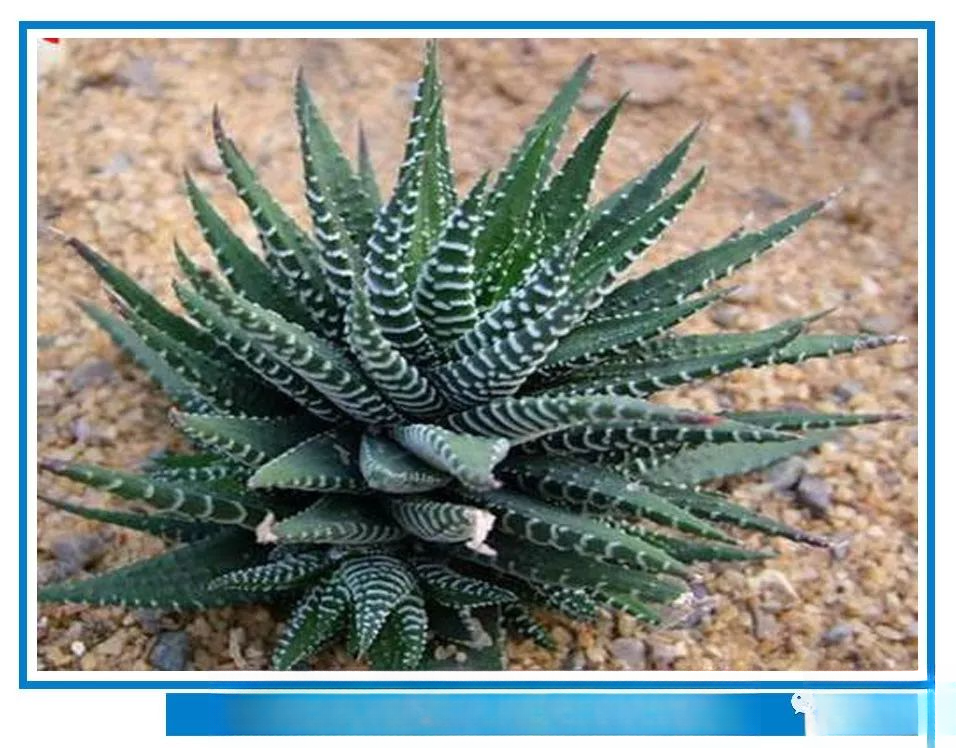
——Volume 12——
Haworthia: Other names: Pheasant tail, Snake tail orchid. It is a small succulent plant that has become popular in recent years. It has many varieties and different shapes. The plant is small and exquisite, elegant and very suitable for personal cultivation and viewing. Among the many varieties of Haworthia, there are striped Haworthia and crystal palm suitable for ordinary family cultivation, which can be used to decorate tables, desks, computer desks, windowsills, etc., with unique effects, and there are also varieties such as Jade Fan and Vientiane suitable for advanced enthusiasts to collect and cultivate.
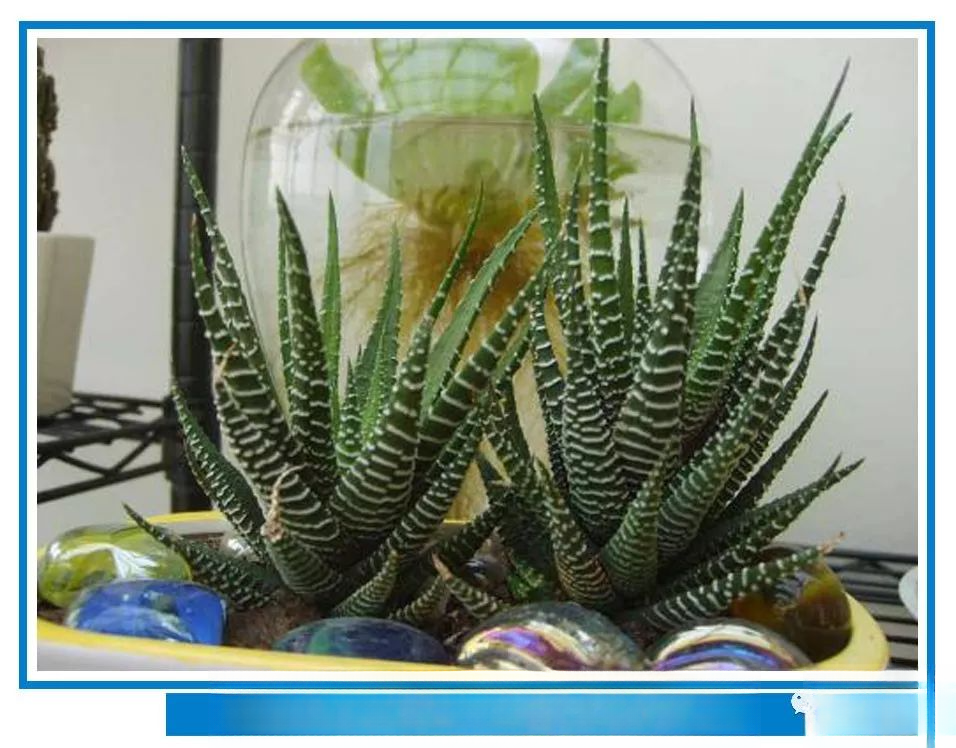
——Striped Twelve Volumes——
Haworthia striata, also known as Pheasant's Tail, is named for its thick triangular lanceolate leaves with white star-shaped patterns, which resemble the feathers on a pheasant's tail. Its thick leaves are closely connected and arranged, fresh and elegant, delicate and beautiful, and small and exquisite. The white stripes on the dark green leaves are a strong contrast. It is very shade-tolerant and is an ideal small indoor potted flower.
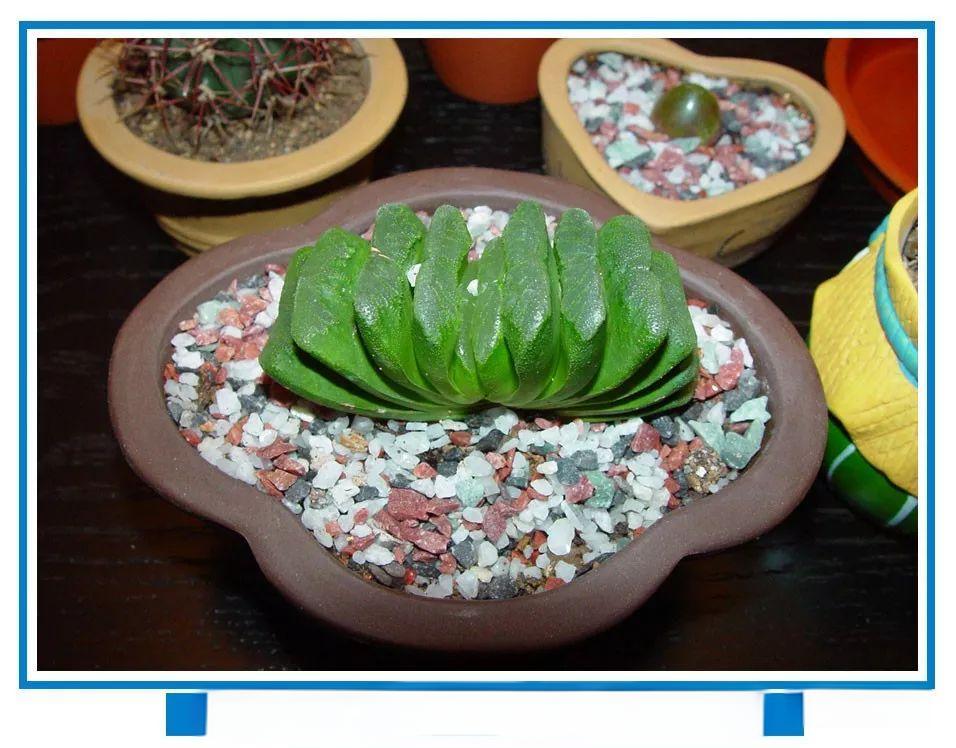
——Tama-sen——
Jade Fan: Also known as: Truncate Haworthia. It is a succulent plant of the genus Haworthia in the Liliaceae family, native to southern Africa. The plant is low and stemless, with fleshy upright leaves that extend straight to both sides, slightly curved inward, opposite, arranged on both sides, fan-shaped, with a slightly concave top, in a cross-section, looking as if someone had cut it with a knife.
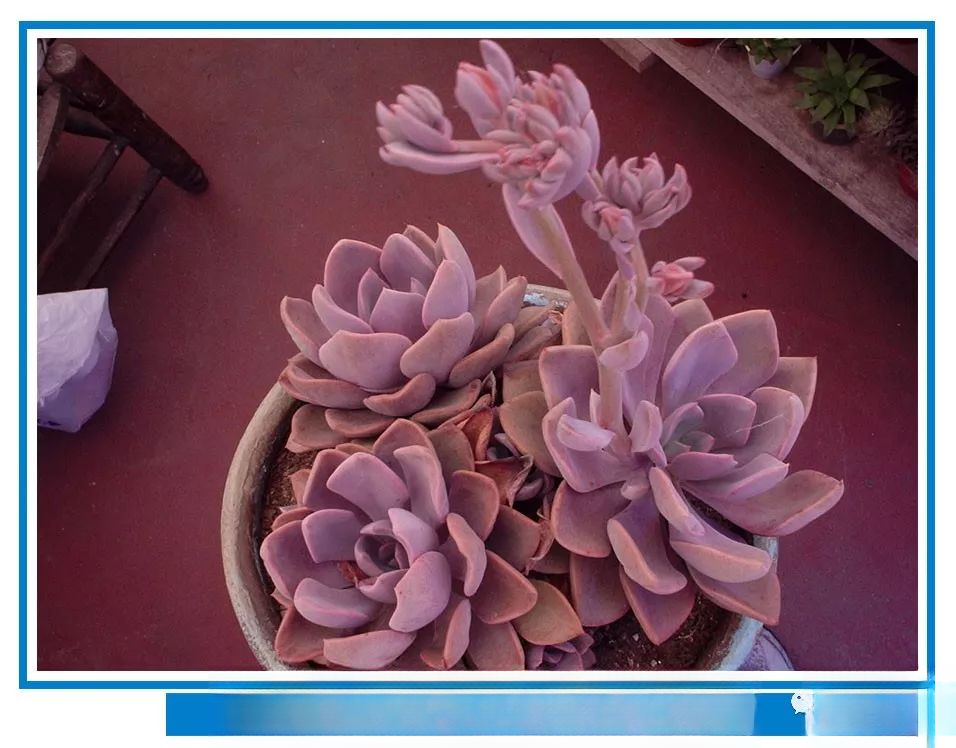
——Debbie——
Debbie: It's rare to have red leaves for most of the year. Pink leaves are very popular.
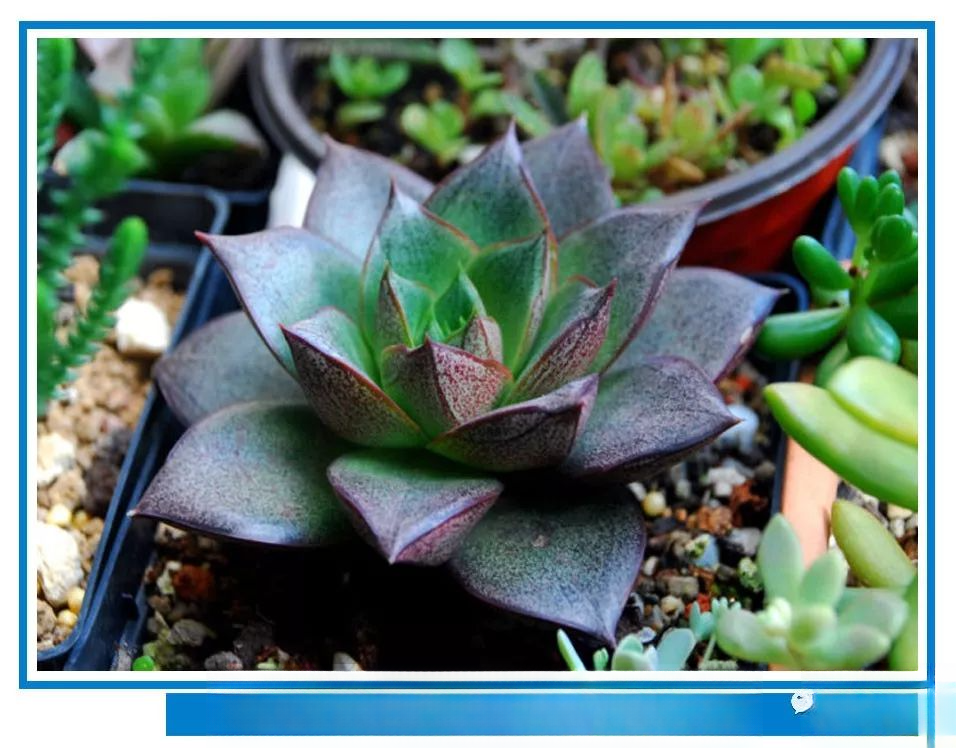
——Yamato Nishiki——
Yamatojin: It is a succulent plant of the genus Echeveria in the Crassulaceae family. Its fleshy leaves are arranged in a dense rosette shape. The leaves are broadly ovate to scattered triangular ovate, with a keel-shaped protrusion on the back. The leaves are 3 to 4 cm long and about 3 cm wide, with an acute tip. The leaves are gray-green with reddish-brown spots.
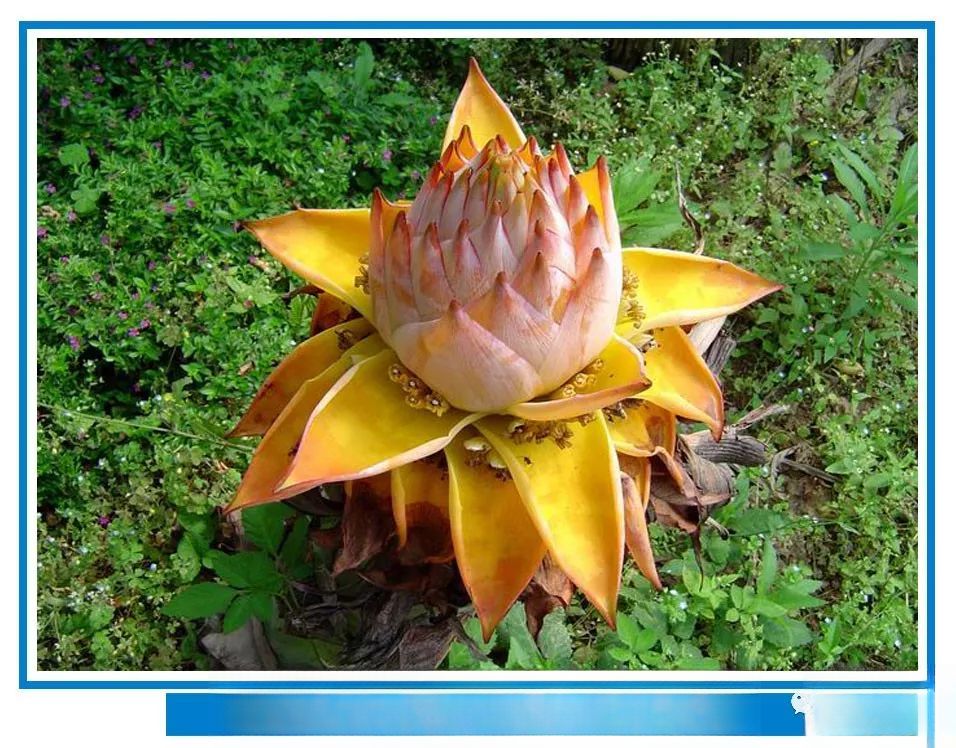
——Golden Lotus of the Earth——
Ground nasturtium: Also known as: Thousand-petal lotus, ground nasturtium, unfailing diamond, earth mother nasturtium, ground nasturtium. It is a perennial herbaceous plant of the genus Ground nasturtium of the Musaceae family. It is commonly known as Thousand-petal lotus, ground nasturtium, unfailing diamond, a kind of ornamental banana. It is a perennial herbaceous plant of the genus Ground nasturtium of the Musaceae family. It is native to the central to western part of Yunnan Province, China. It was introduced to Taiwan in 1996 and is a specialty flower.
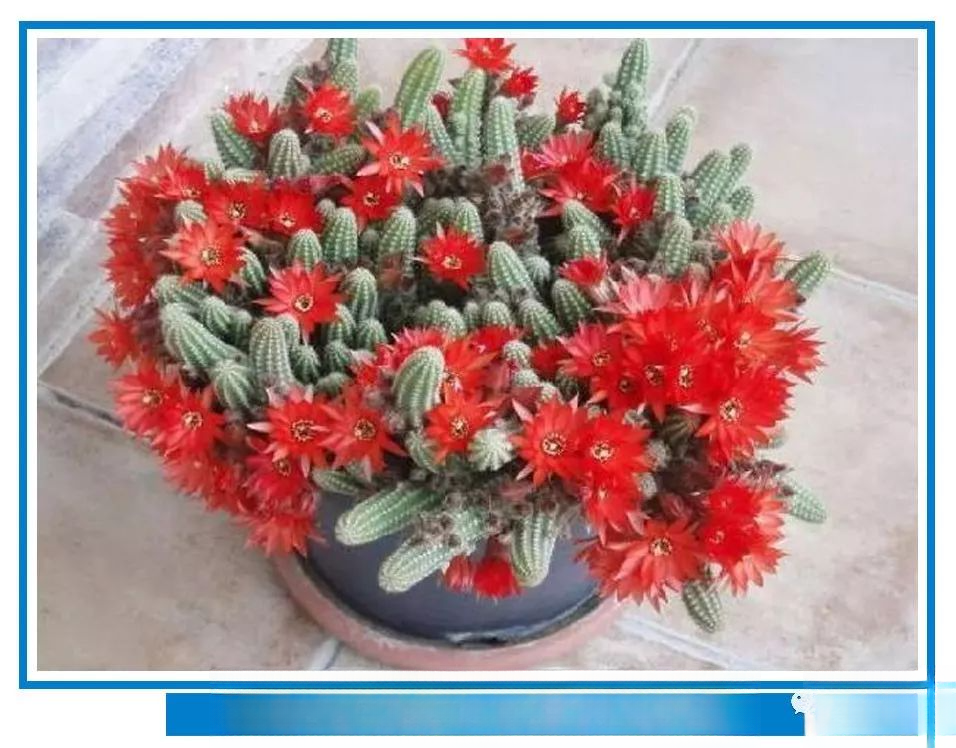
—Sandalwood—
White sandalwood : perennial fleshy herb with thin, light green stems and 6-9 ribs. White spines. Flowers are lateral and bright red in the shape of funnels. Cultivated varieties include Yamabuki.
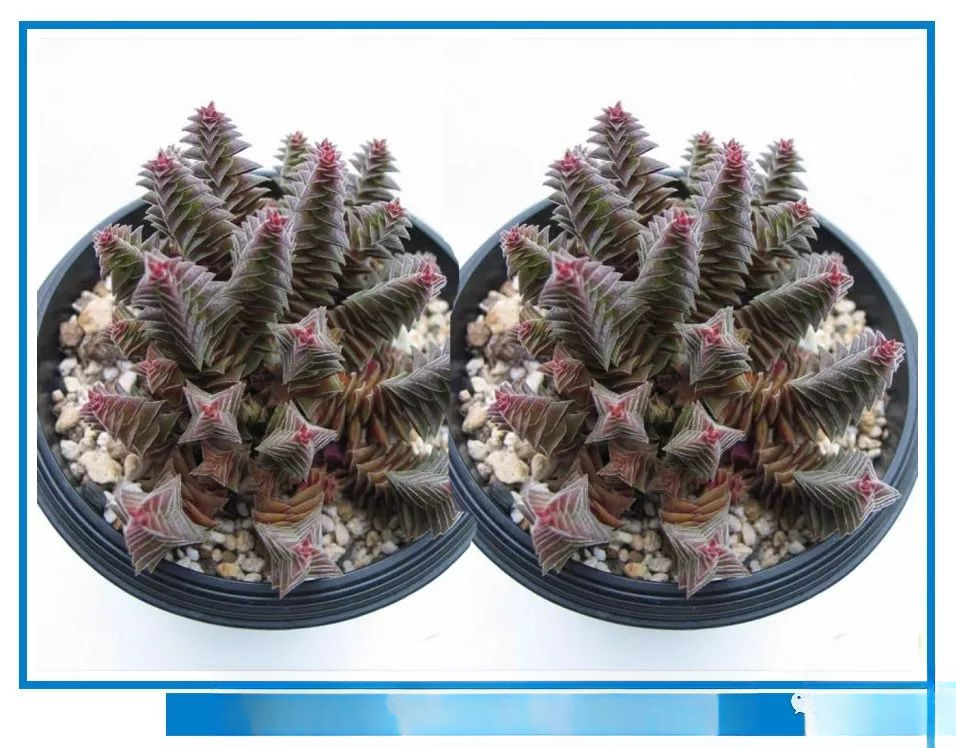
——The Tower of Scarlet——
Pagoda of Akane: Also known as Green Pagoda. It is a perennial succulent herb, with a short plant that grows in clusters, only 5 to 8 cm high, and grows upright, sometimes creeping. The leaves are sessile, opposite, and densely arranged in four rows. The leaves are heart-shaped or long triangles, large at the base, gradually becoming smaller, and the top is the smallest and nearly pointed. The leaves are dark green. In the cool season of winter and early spring or under sufficient sunlight, the leaves are reddish brown or brown, with white cuticles on the leaf edges. The leaves of the whole plant are arranged closely and neatly, gradually becoming smaller from the base to the top, forming a pagoda shape. It is a peculiar and beautiful succulent plant.
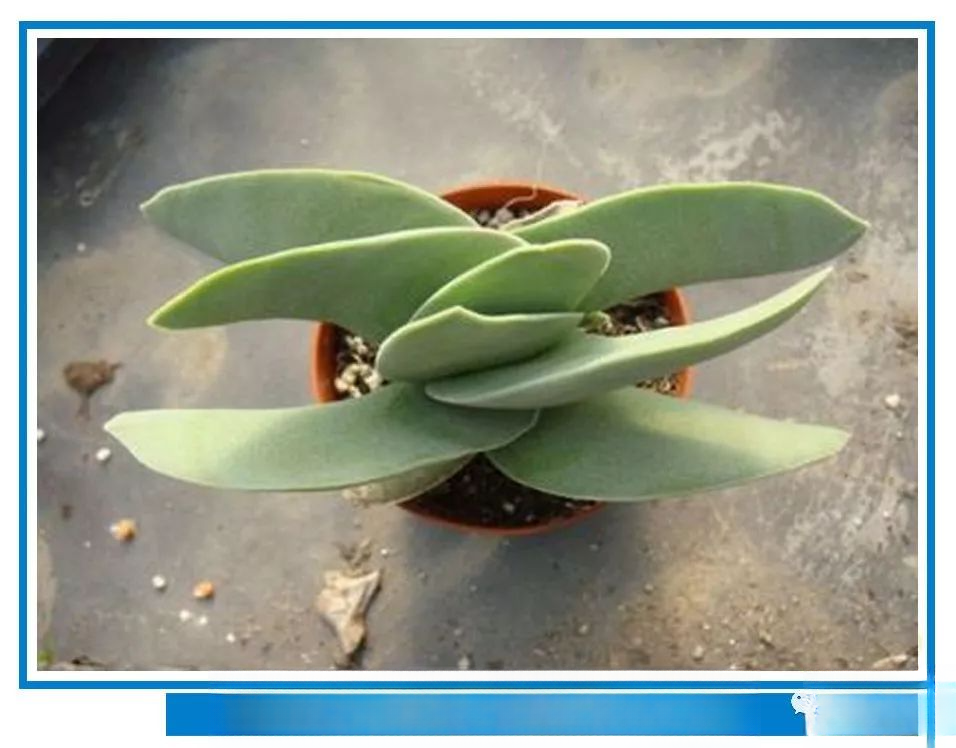
——Divine Sword——
Magic Knife: Also known as Sharp Knife, it is a succulent plant of Crassulaceae and Sedum genus. It is a perennial succulent herb native to eastern South Africa, where it grows in a semi-shrubby form.
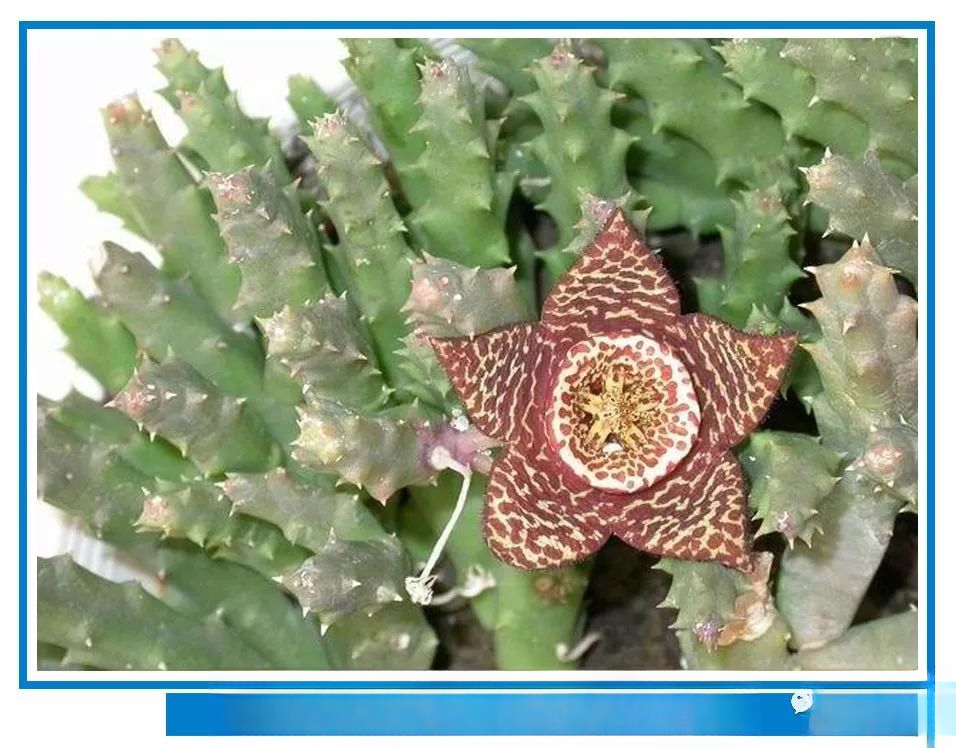
——Leopard skin flower——
Leopard flower: Other names: national seal flower, small rhinoceros horn flower, rhinoceros horn, emblem pattern, emblem palm, mink flower. It is a perennial succulent herb. It grows in clusters with multiple stems, 10 cm to 20 cm high. The stem is quadrangular, slightly curved at the top, smooth and hairless, with short and thick soft thorns on the ridges, green, and leafless.
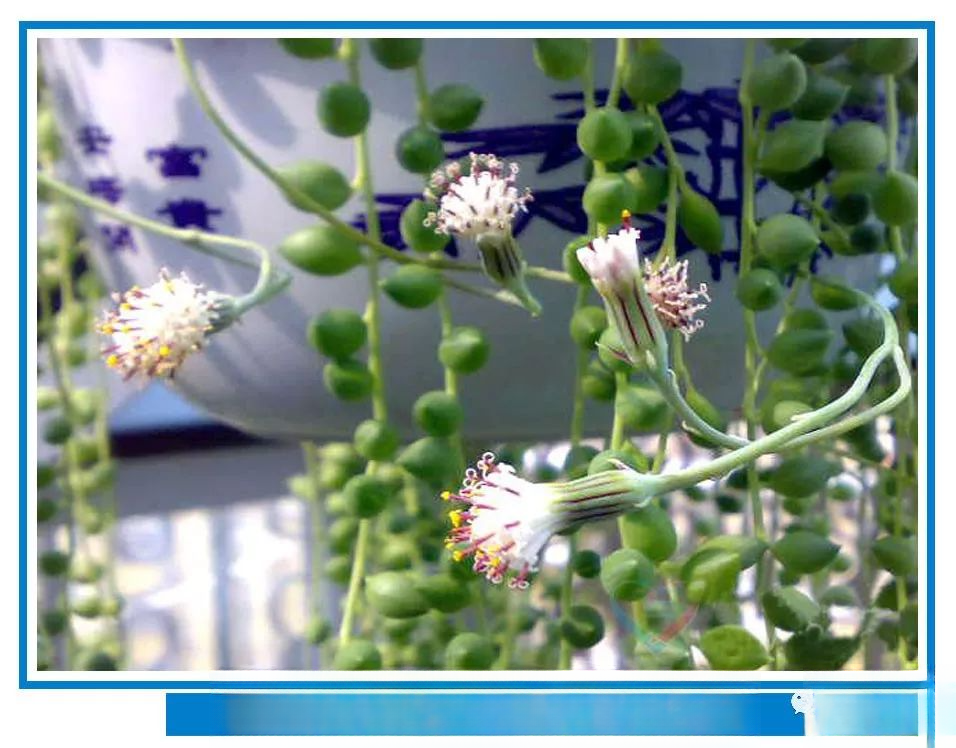
—— Jadeite beads ——
Jadeite Beads: Other names: a string of beads, green bells, a string of bells, green string plants. It is very peculiar. It does not have leaves like ordinary flowers. On the thin vines, there are emerald green balls at intervals, just like strings of "green pearls", which are very attractive. According to records, Jadeite Beads is also called Green String of Beads. It is a cactus plant that can take root when it touches the soil. The leaves are round and dark green, thick and juicy, very similar to beads, so it is called Buddha beads, green grapes, and green bells. Planting Jadeite Beads in a small pot and placing it on a table is crystal clear and lovely, and hanging and dangling cultivation is elegant and unique. It not only decorates and beautifies the indoor environment, but also adjusts people's mood.
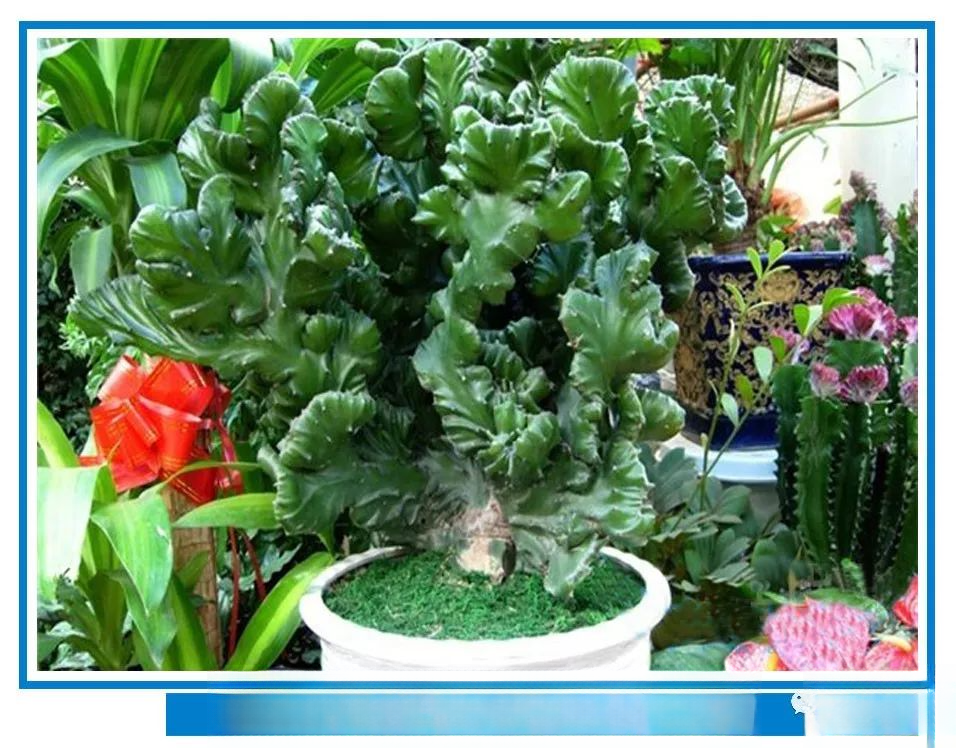
——Golden Kirin——
Golden Kylin: Other names: Jade Kylin, King Kong, Iron Begonia, Overlord Whip is a thick fleshy plant, one of the most primitive groups of cactus plants, native to America. Because it resembles the Kylin in ancient legends, we Chinese call it Jade Kylin. Because the thorns on the plant reflect the characteristic of glittering golden light when illuminated by lights at night, it is also called Golden Kylin.
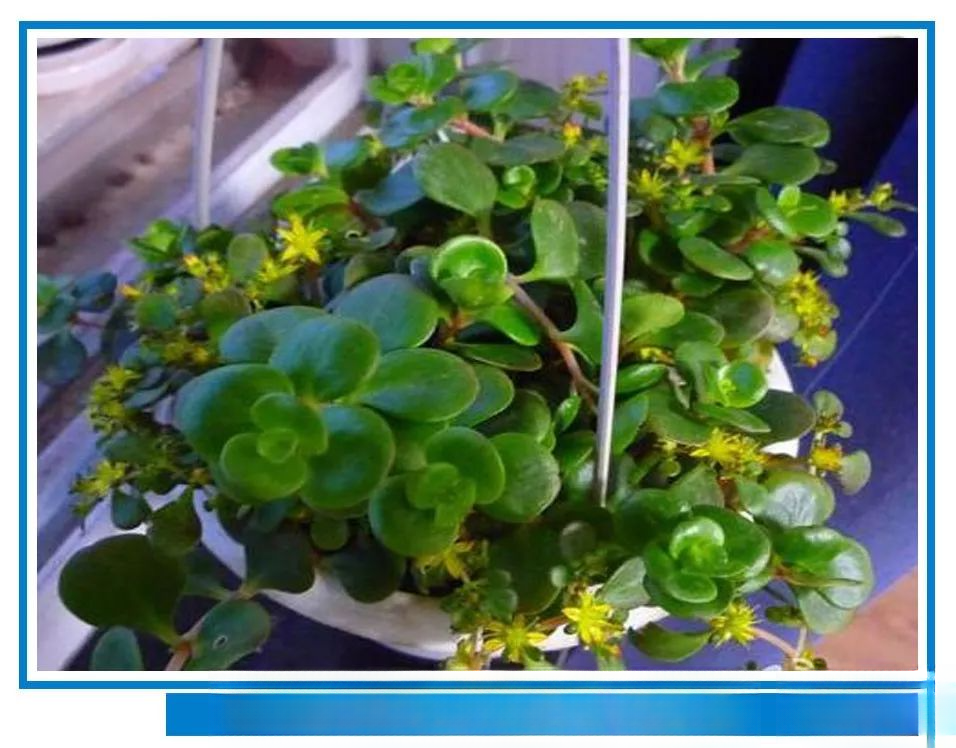
——Round-leaved Sedum——
Sedum rotundifolium: a perennial evergreen plant of the Celastraceae family. It prefers a cool, moist and semi-shaded environment. It is cold-resistant but not resistant to high temperatures and sunlight in summer. It requires loose and fertile sandy loam. The stems and leaves are juicy, and the stems are yellow-green, soft and drooping. It is an evergreen perennial succulent herb with creeping growth. The leaves are opposite and the tips are blunt. Under full light conditions, the leaves turn red in autumn, and the petals are yellow or white. The flowering period is from April to June.
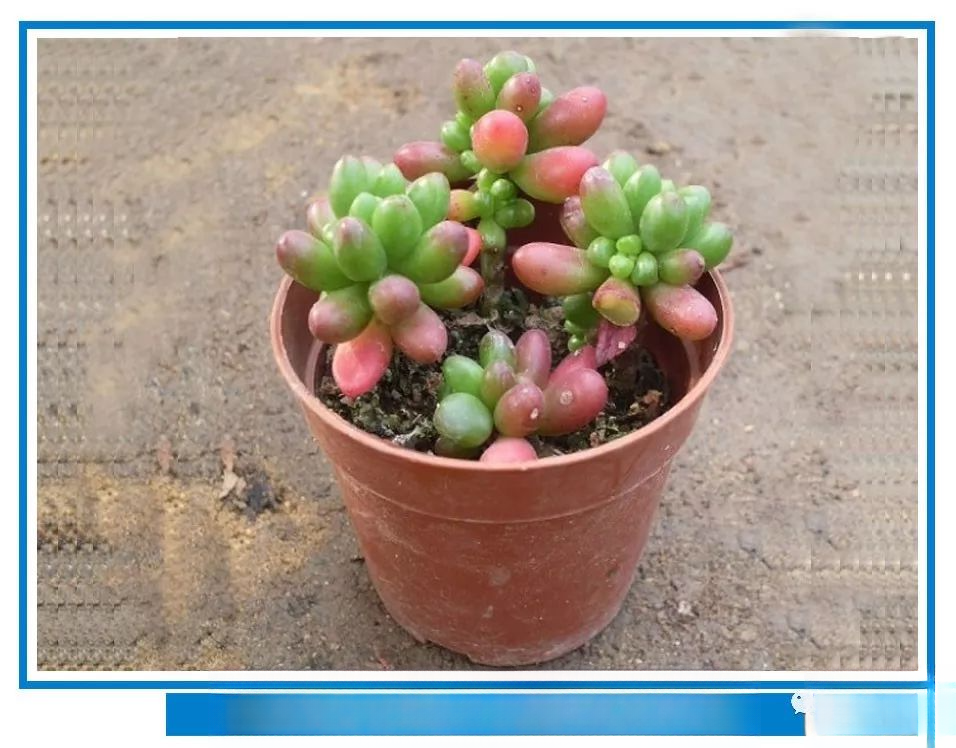
Cornstone
Cornstone: Also known as white flower sedum. It is a perennial herbaceous succulent plant with low-growing plants. The leaves are swollen into ovate or cylindrical shapes, alternate, 0.6-1.2cm long, blunt-ended, bright green, and smooth. The umbels are drooping and the flowers are white. It likes plenty of sunlight and can tolerate partial shade. It requires well-drained sandy loam. It does not need to apply too much fertilizer, but pay attention to the combination of phosphorus and potassium fertilizers, and do not apply nitrogen fertilizer alone. It is not tolerant to water and humidity, so it is necessary to prevent the pot soil from being too wet. In winter, it is necessary to pay attention to controlling watering.
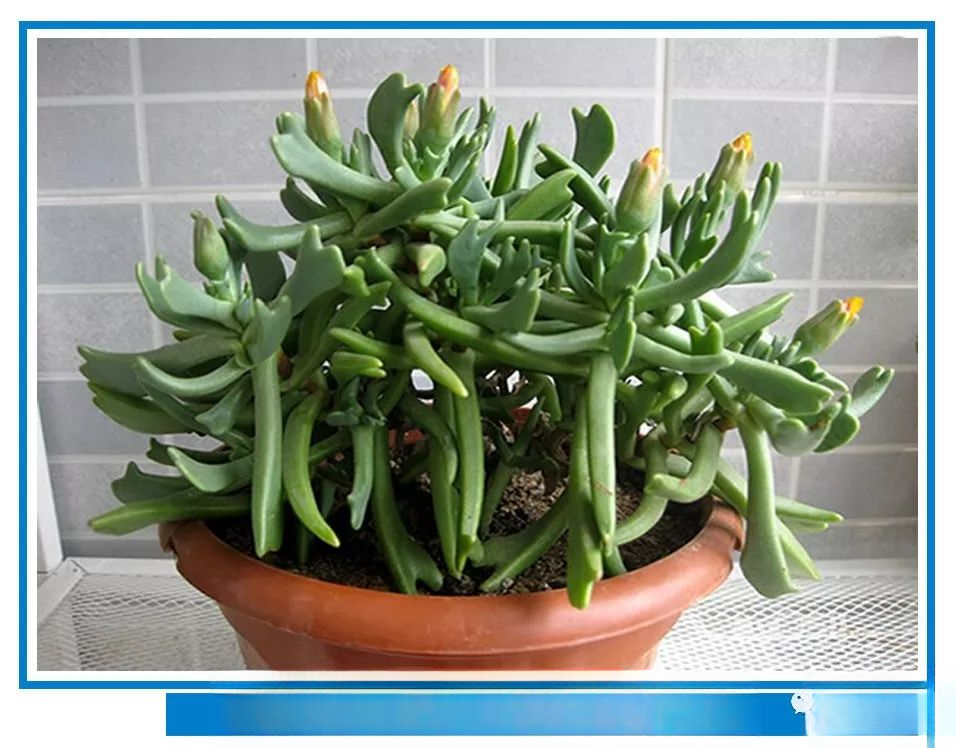
——The Gordian knot——
Gnaphalium: A plant of the Aizoaceae family, the genus Gnaphalium, also known as a succulent plant. It is native to the Cape Province of South Africa, with beautiful leaf shapes and colors, and has a certain ornamental value; potted plants can be placed next to TVs and computers to absorb radiation, or planted indoors to absorb formaldehyde and other substances and purify the air.
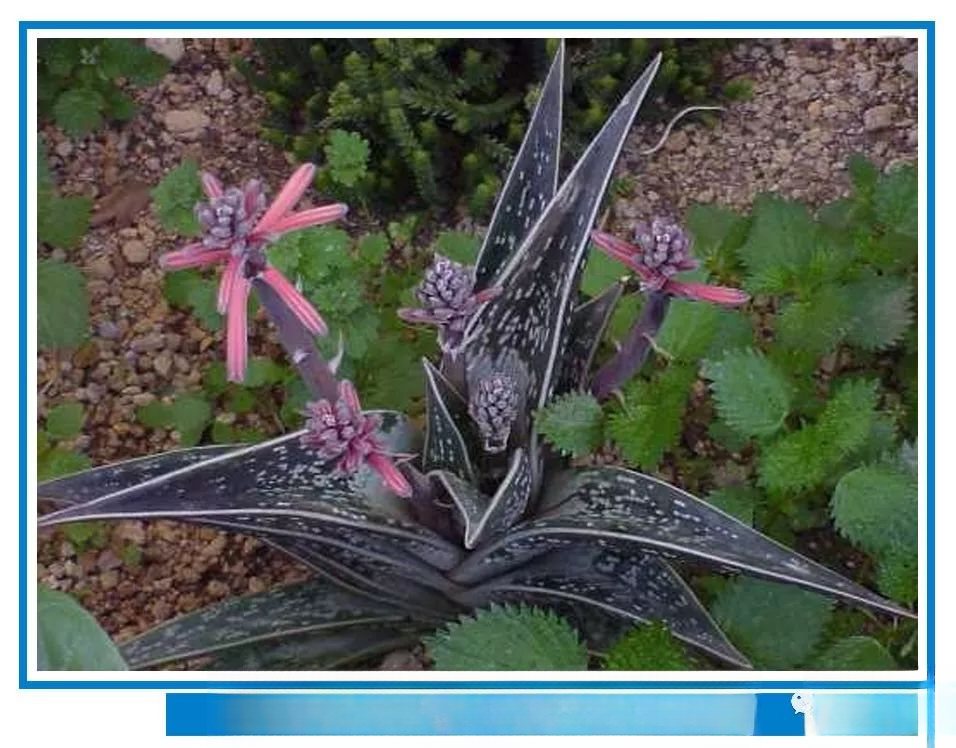
——Emerald Flower Palm——
Aloe vera: a perennial succulent plant belonging to the genus Aloe in the Liliaceae family. Aloe vera has colorful leaves and bright flowers. It is a small ornamental aloe that can be admired for both its leaves and flowers.
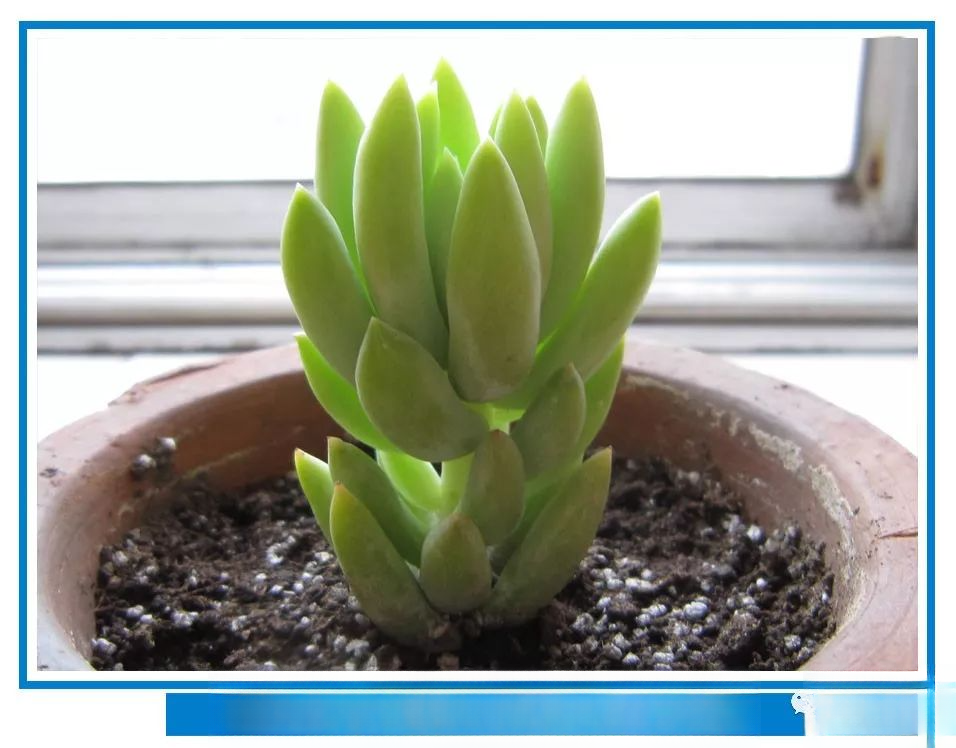
——Wang Yuzhu Curtain——
King Jade Bead Curtain: Also known as Thousand Buddha Hands, Chrysanthemum Pills, King Jade Bead Curtain, Crassulaceae Sedum genus, no obvious dormancy period. King Jade Bead Curtain is distributed in the high mountains of the northern temperate zone and tropical zone. There are about 140 species, which are produced in both the north and the south, and are mostly found in the high mountains of the southwest. They are mainly for ornamental purposes.
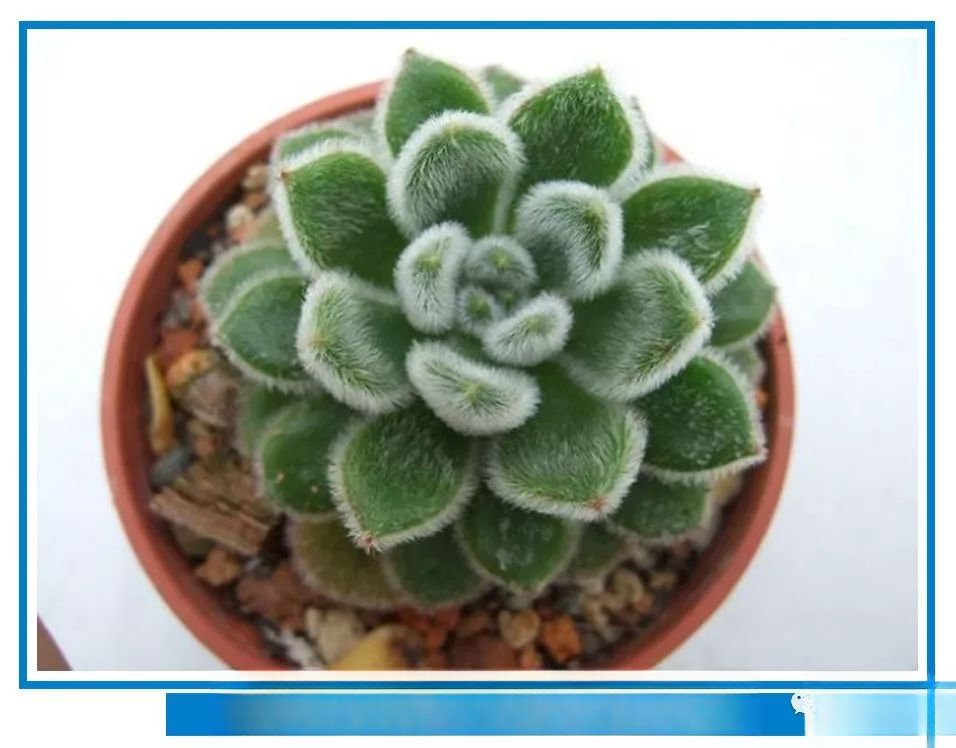
——Kinji Akira——
Jinsihuang: Alias: Hairy Echeveria, Echeveria genus of Crassulaceae, likes warm, dry and sunny environment, is drought-resistant, tolerates partial shade, and has no obvious dormancy period.
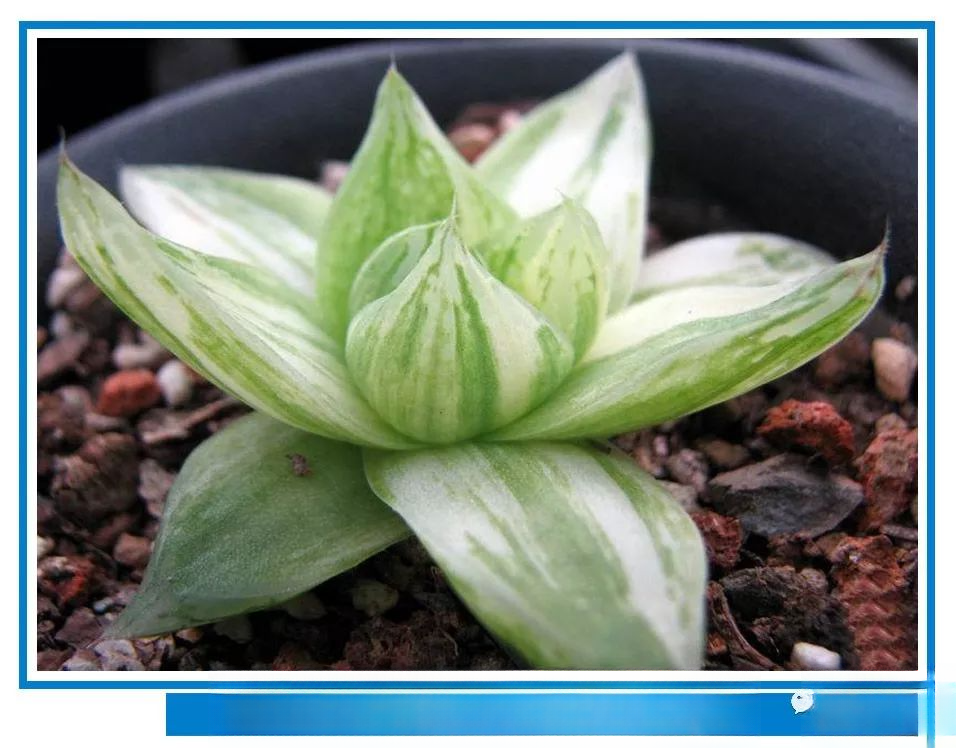
——The Flowery Brocade of Beijing——
Jingzhi Huajin: A succulent plant. Also called condensed chrysanthemum, it belongs to the lily family. Its shape is elegant and very suitable for personal cultivation and viewing.
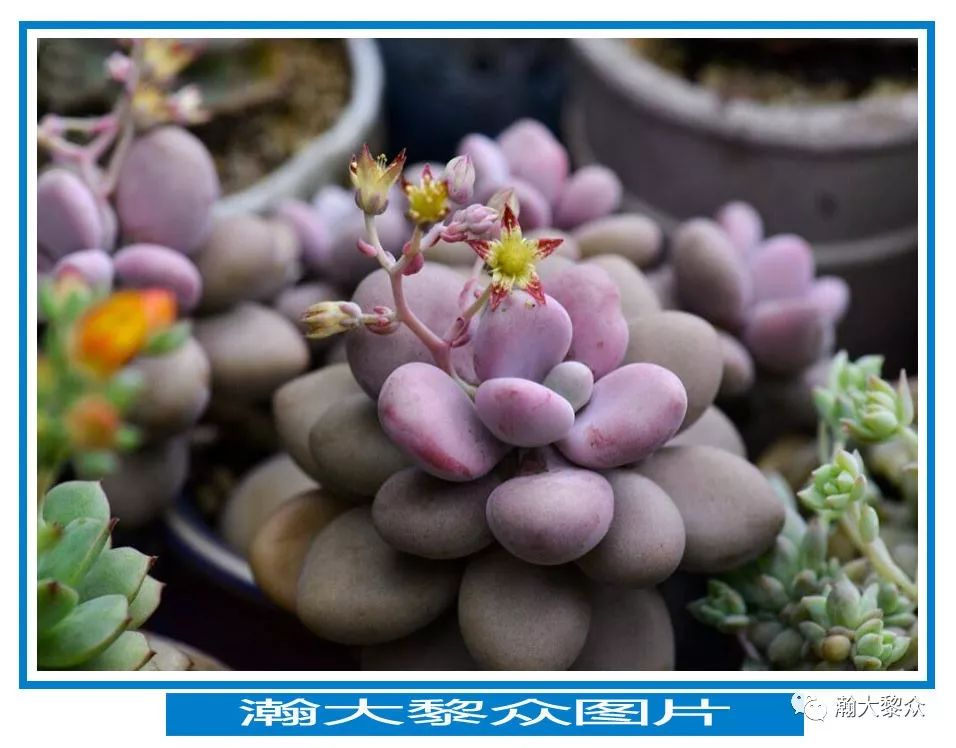
——Peach Beauty——
Peach Beauty: Perennial succulent herb. Short, upright stem. 12-20 leaves, alternate, arranged in an elongated rosette, fleshy, obovate, 2-4 cm long, about 2 cm wide and thick, with smooth and blunt tips, smooth and ruddy leaves. Bell-shaped, red flowers. Flowering period is summer.
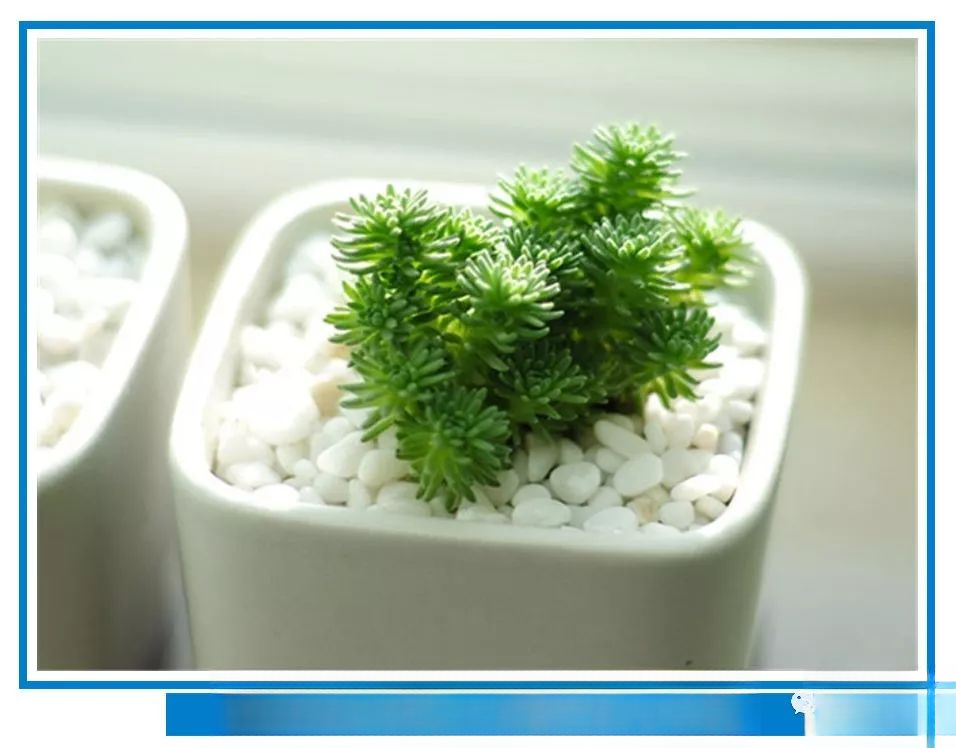
——White-flowered pine——
White Flowered Pinus: Other names: Convolvulus chinensis, Convolvulus chinensis, a relatively small succulent plant, very suitable for mixing with other succulents. It is green all year round, and the whole plant will turn pink when the sunshine time increases and the temperature difference is huge. It grows slowly in summer, requires less water, and is very easy to reproduce and grow in groups. The main method of reproduction is cuttings, and leaf cuttings can also be used.
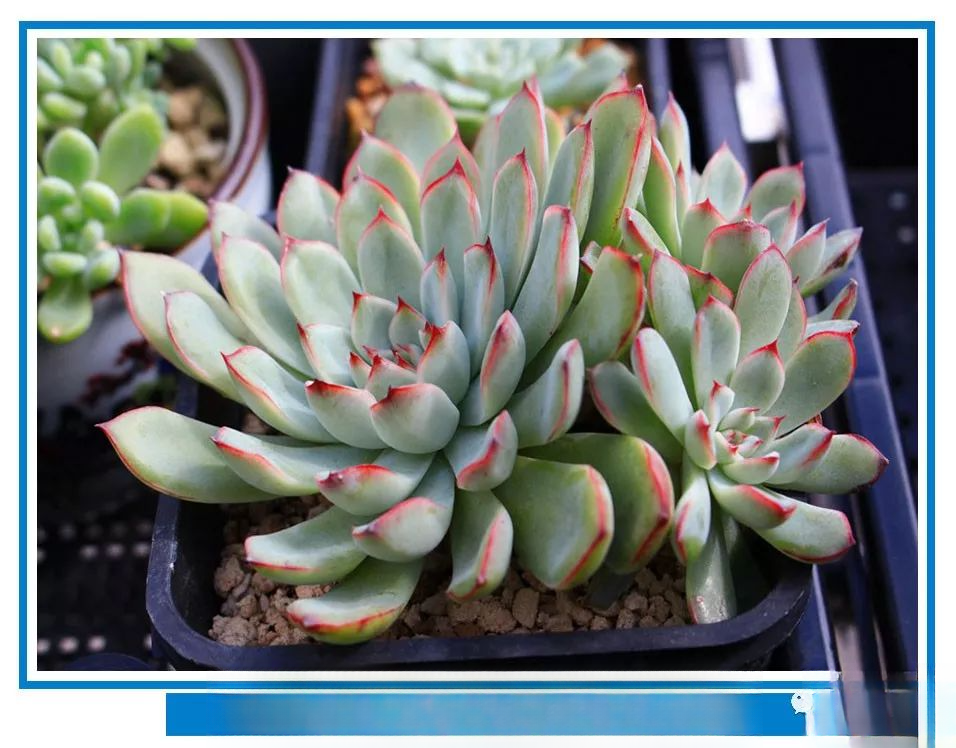
——Flower Moon Night——
Huayueye: It is a summer type succulent plant. Huayueye has thick leaves and thin leaves. The leaves are spoon-shaped, with red edges at the tip of the leaves, and the red edges are gradient colors from light to dark. The whole plant is shaped like a lotus. Flowering period: spring. The flowers are bell-shaped and the color is yellow.
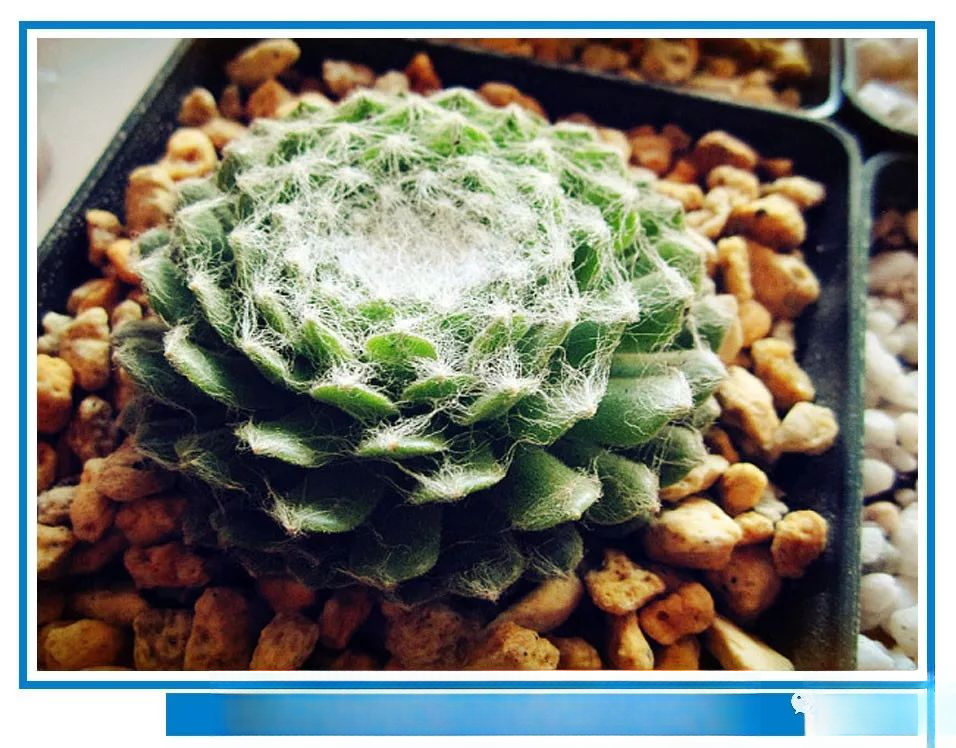
——Spider Silk Scroll——
Spider silk: Crassulaceae, Sedum genus, also known as spider web Sedum. If you meet me for the first time, don't try to clean me up, because the white silk on my body is not the silk spit by spiders, but the clothes I weave for myself.
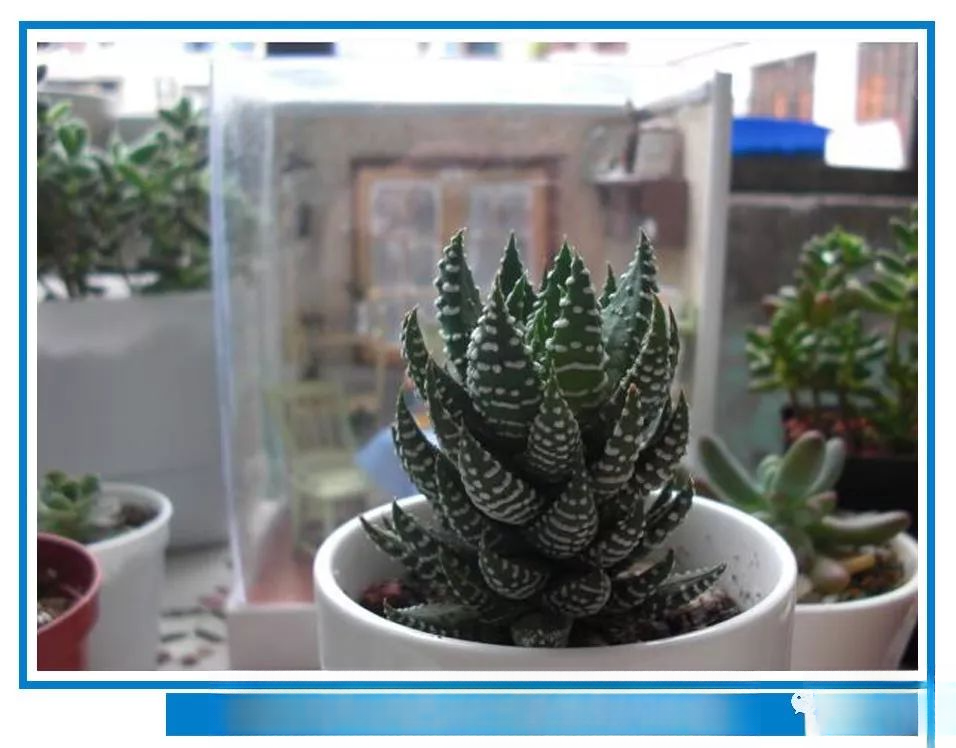
——Eagle Claw Volume 12——
Haworthia tatarinowii, a succulent plant, has eagle claw-like shapes, sharp leaves, compactly arranged leaf tips, white stripes, and beautiful flowers. It is an ideal interior decoration and has the function of purifying the air and protecting against radiation.
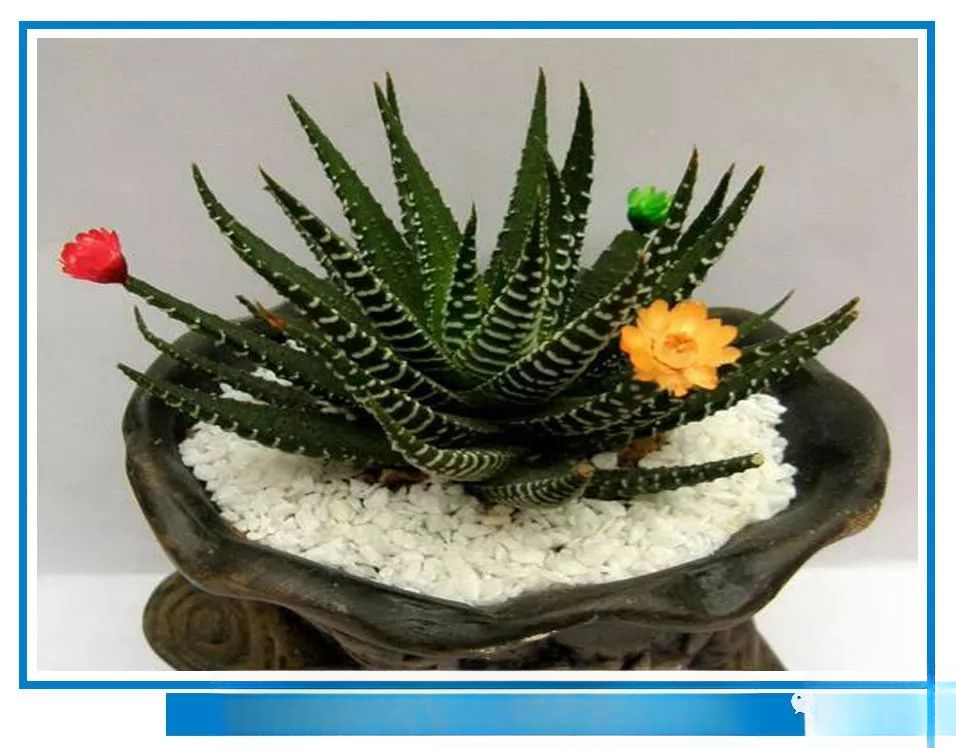
——Twelve Stripes——
Striped Twelve-color: Other name: Golden Pheasant Tail. Liliaceae Twelve-color. Leaves are closely arranged on the stem axis in a rosette shape; the leaves are triangular-lanceolate with sharp tips; the leaf surface is smooth and dark green; the back of the leaf is green with large white tumor-like protrusions, which are arranged in horizontal stripes, forming a sharp contrast with the dark green leaf surface.
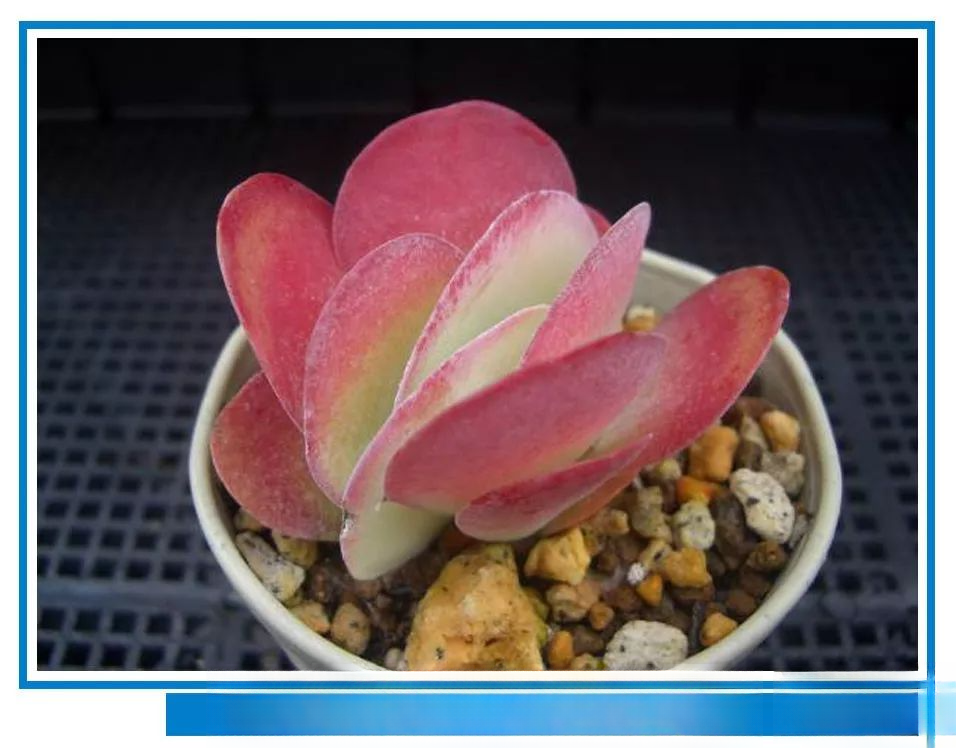
——Tang Dynasty Seal——
Tangyin: -- Kalanchoe genus, Crassulaceae, native to South Africa. It is a large species in this genus, with white powdery leaves, light green with red edges.
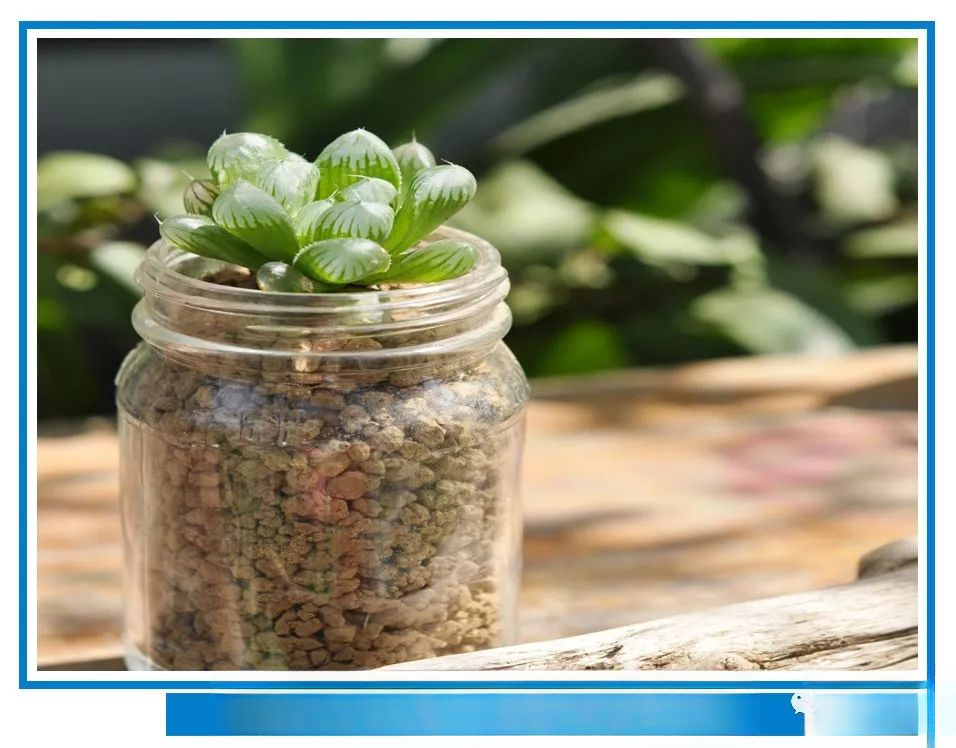
——Round-headed jade dew——
Round-headed Jade Plant: A popular small Jade Plant. The round leaves have white hairs and transparent windows on the top, which makes people want to pinch them.
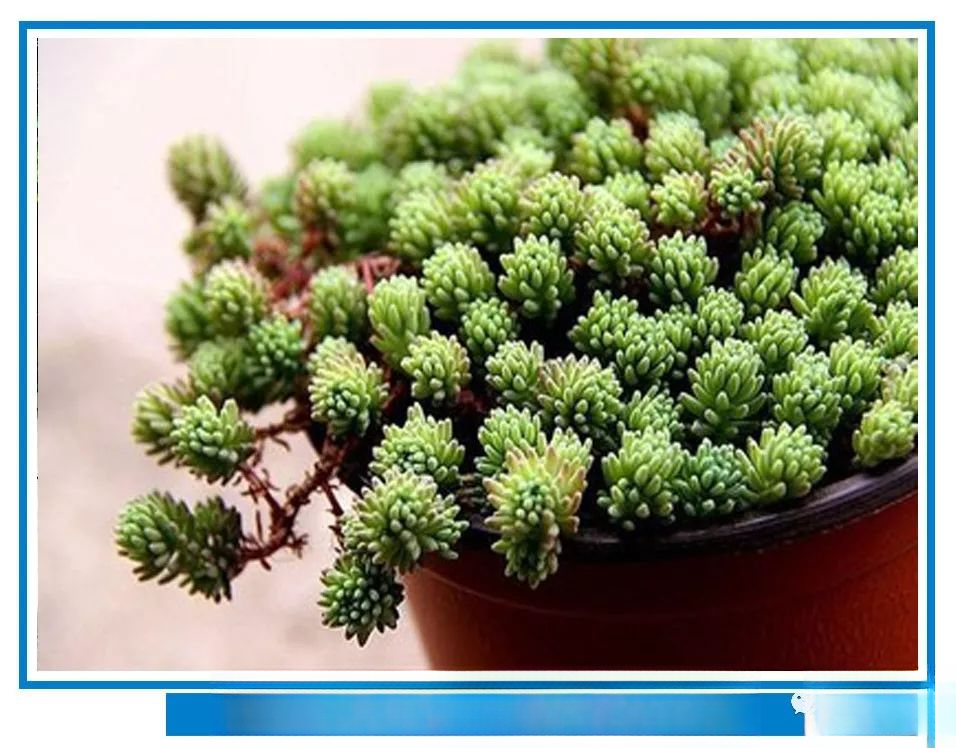
——Snowflower——
Sedum sedum: a perennial herb of the genus Sedum in the family Crassulaceae, widely distributed from southern Europe to Central Asia. The leaves and stems are fleshy. The roots are fibrous, and the stems grow prostrate, and adventitious roots are easily grown when touching the ground.
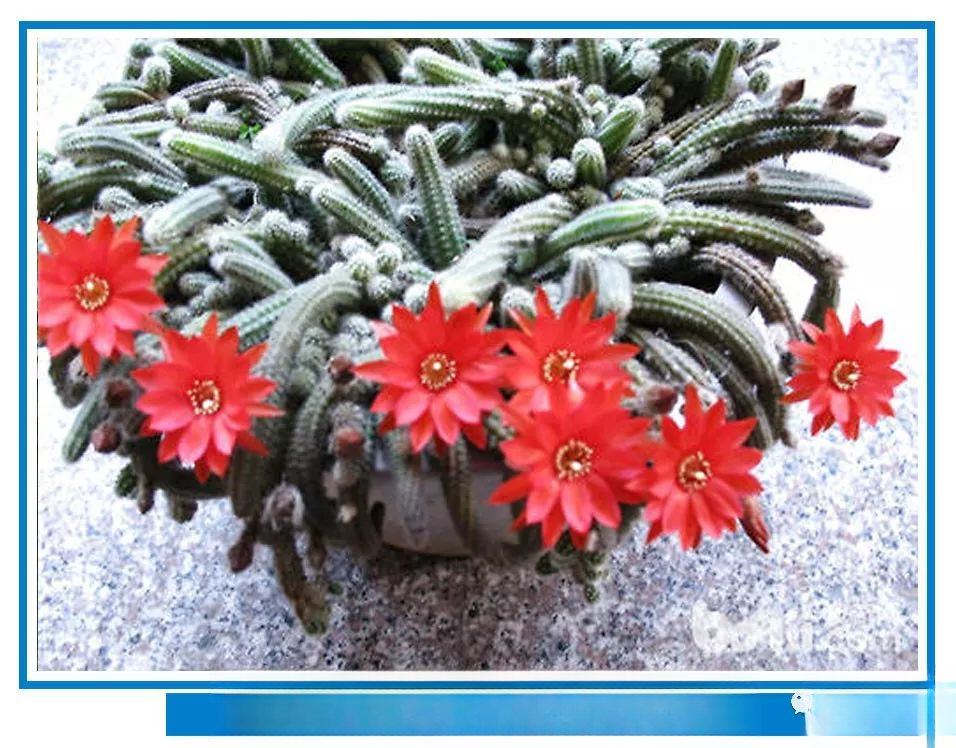
——Rat Tail Palm——
Rat's Tail Palm: Also known as Golden Button, it is a succulent plant of the genus Rat's Tail Palm in the family Cactaceae. The modified stem is slender and creeping, usually twisted and drooping, up to 2 meters in its native habitat, and generally 20-30 cm in cultivation, with aerial roots. The young stem is green, then gray, 1.5-2 cm in diameter, leafless, with 10-14 ridges, and 15-20 short thorns at 0.5 cm intervals, slightly red at first, then yellow-brown, and named because of its appearance that resembles a rat's tail.
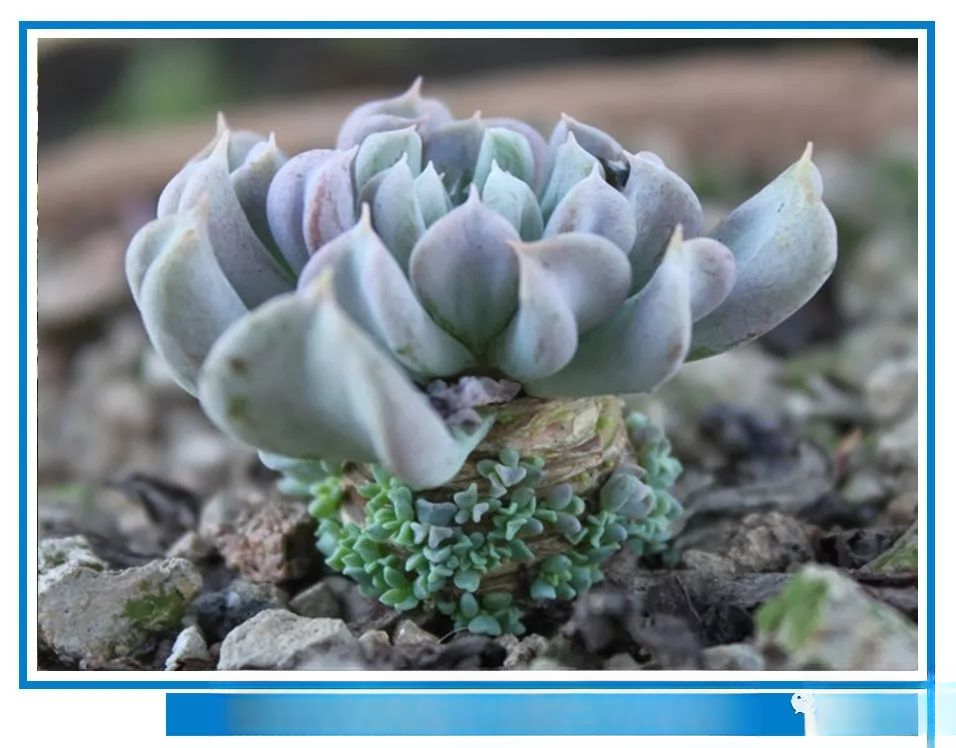
——Te Yulian——
Echeveria, also known as Echeveria truncatum, is a perennial evergreen succulent plant of the Crassulaceae family. Its original species originated in Mexico. It has a thick layer of white powder on its surface, and the middle of the leaf tip is wrinkled upwards. The edge will be light pink due to sunlight. The first variant was produced in California. The plant grows in clusters and branches freely. Echeveria also has a strange shape, with leaves flying and curling. It is like a young girl dancing wildly, and there is a secret of success.
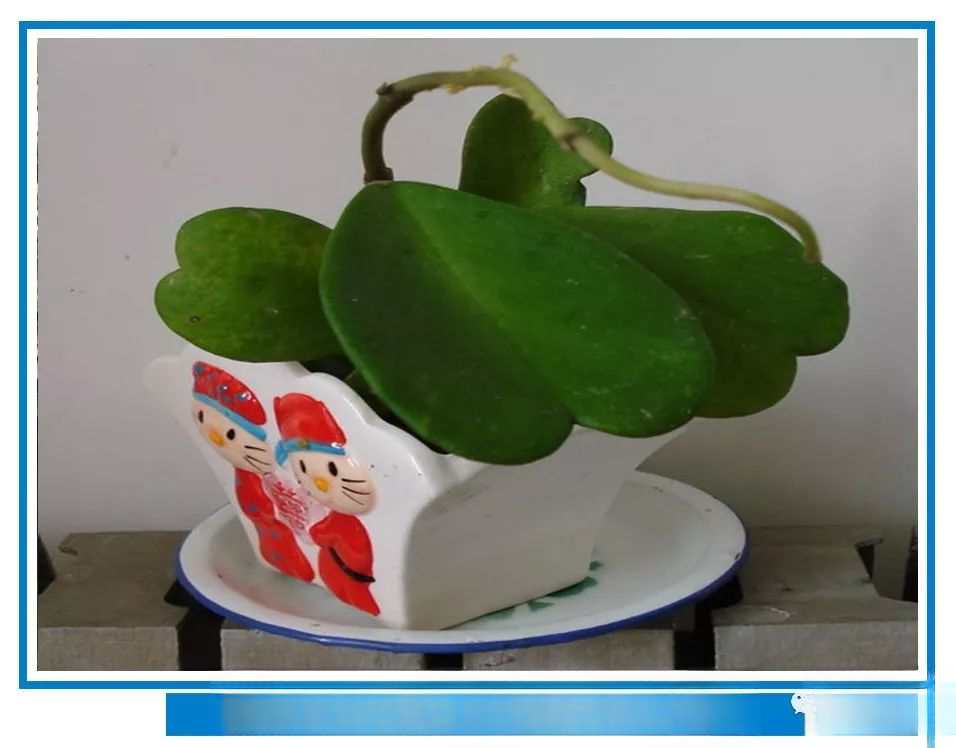
——Heart-leaf Hoya——
Heart-leaf Hoya: Other names: Lover's Hoya, Wax Orchid, Wax Flower, Wax Spring Flower. This plant belongs to the Asclepiadaceae, Milkweed Subfamily, and likes shade and humidity. It is heart-shaped. It has a more popular name "Lover's Hoya". In spring and autumn, when there is sunlight, it should be exposed to absorb ultraviolet rays. The soil fertilizer for planting does not need to be too heavy, but the soil should be kept soft. To keep it moist, you can put some moss on the flowerpot. In summer, the sunlight exposure time should not be too long. If you encounter rotten leaves, you should cut them off in time. If the root rot is serious, you need to replace the planting soil and replace or disinfect the flowerpot before planting.
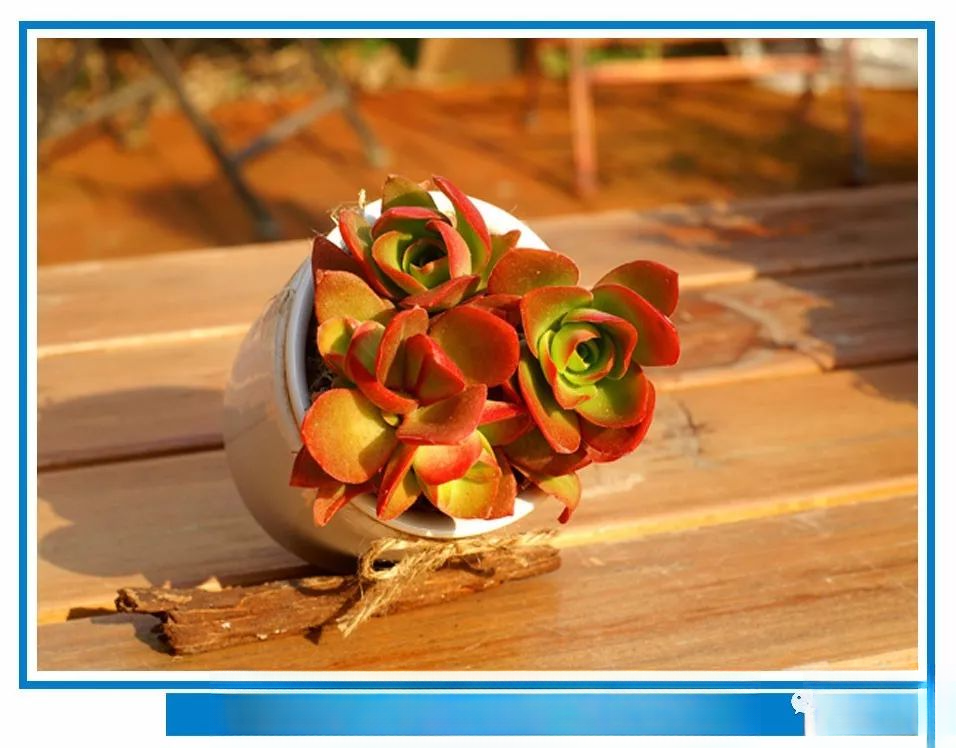
——Fire Festival——
Fire Festival: Also known as: Rhodiola rosea, Autumn Fire Lotus, is a succulent plant of the Crassulaceae family and the genus Crassulaceae. The plant grows in clusters, with oblong fleshy leaves arranged alternately and closely, making the plant quadrangular, with hairy spots on the leaf surface, and the fleshy leaves turn red under sufficient sunlight.
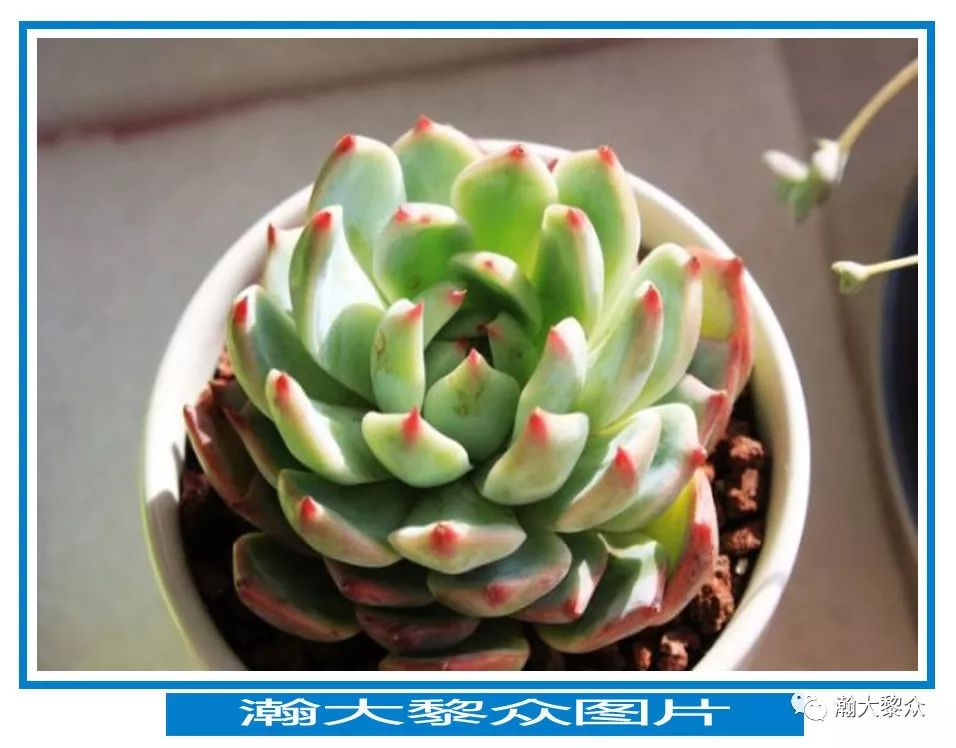
——Chiva Lotus——
Chihuahua: Also known as Chihuahua, the plant is small, with a very compact stemless rosette leaf disk. The ovate leaves are thick, with small tips, blue-green with thick white powder, and the leaf margins are beautiful deep pink. The inflorescence tip is curved, bell-shaped, and red. It is not difficult to cultivate, but it should not be watered too much in summer. It grows slowly, so the soil does not need to contain too much fertilizer. It is relatively cold-resistant in winter. The red color of the leaf margins is particularly beautiful. It is a very ornamental succulent plant and is worth promoting.
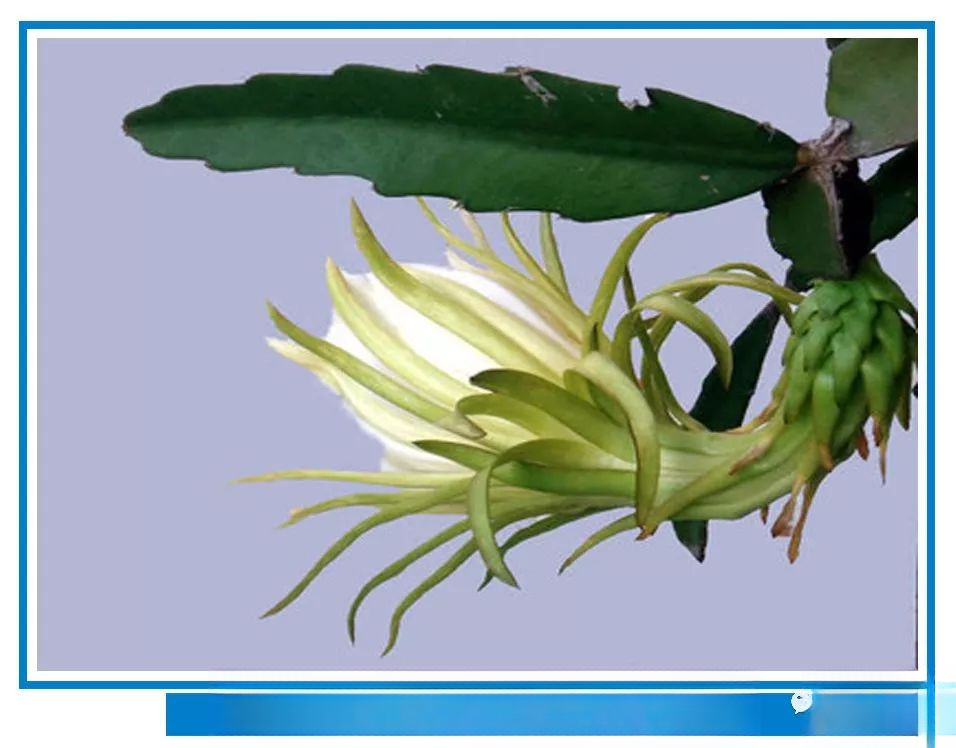
——Three-edged arrow——
Triangular arrow: also known as the three-edged sword, the queen flower, and the triangular column, it is an epiphytic climbing succulent plant native to Mexico and the West Indies. It is cultivated in other tropical and subtropical regions. It is also found in Guangdong, Guangxi, Fujian and other places in China.

——Moon Rabbit Ears——
Moon Rabbit Ear: Also known as Brown Spotted Kalanchoe, native to Madagascar Island in Africa. Prefers warm, dry and sunny environment. Not cold-resistant, drought-resistant, not water-resistant. Fertile, loose sandy loam soil is preferred. Winter temperature should not be lower than 10 ℃ .
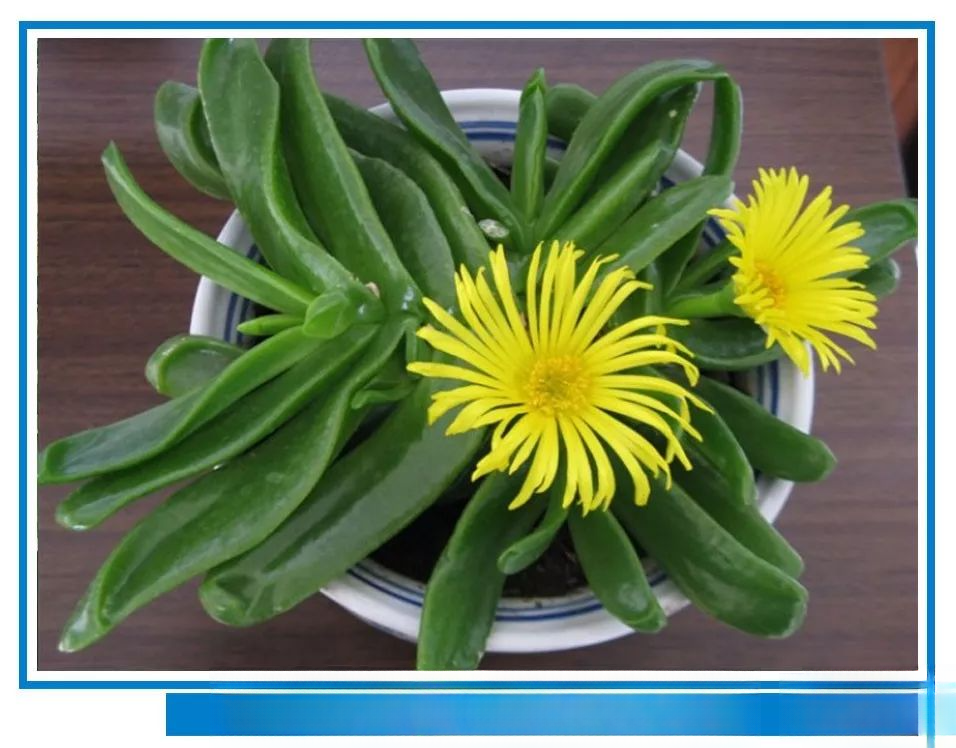
——Buddha’s Palm——
Buddha's Hand: Alias: Tongue Leaf Flower, Royal Green is a succulent plant of the genus Tongue Leaf Flower in the Aizoaceae family. It is named because its fleshy leaves are about 6 cm long, tongue-shaped and slightly curled, bright green, smooth and transparent, and the leaves are tightly arranged in a circle on a short stem, resembling a Buddha's hand.
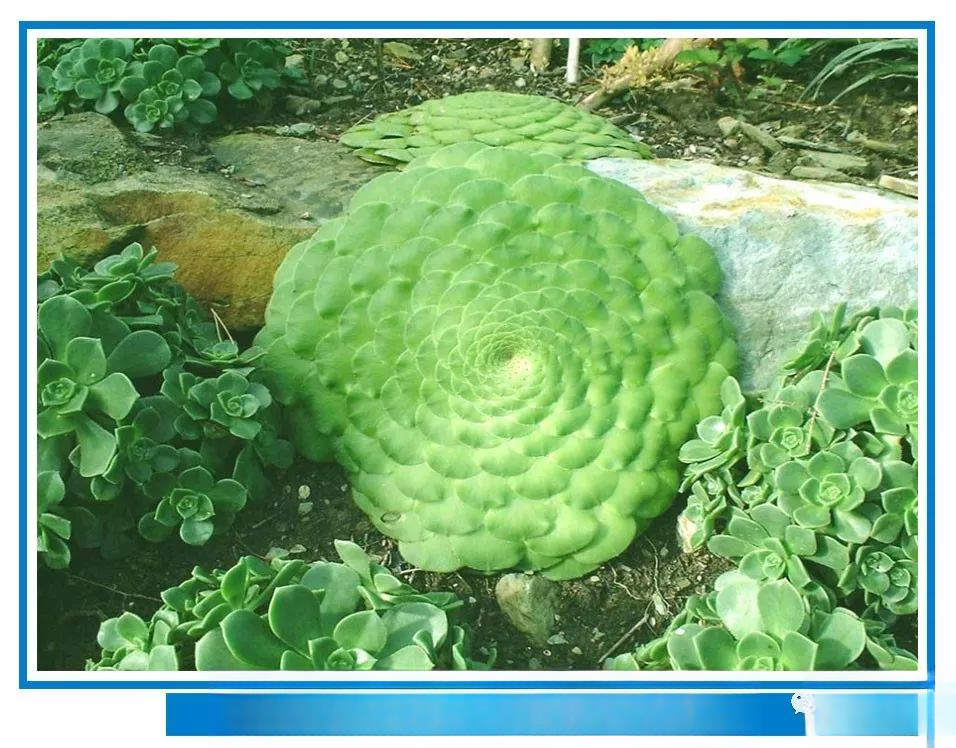
——Disk-leaf lotus——
Echeveria: Also known as: Mirror. Echeveria is native to Tenerife in the Canary Islands. The plant is low, and the rosette leaf disk can grow up to 50 cm, consisting of 100-200 leaves arranged closely. It belongs to the genus Echeveria of the Crassulaceae family, and grows horizontally. The leaves are spoon-shaped, grass-green, and have cilia on the leaf margins. The entire leaf disk is as flat as a mirror, without a single gap.
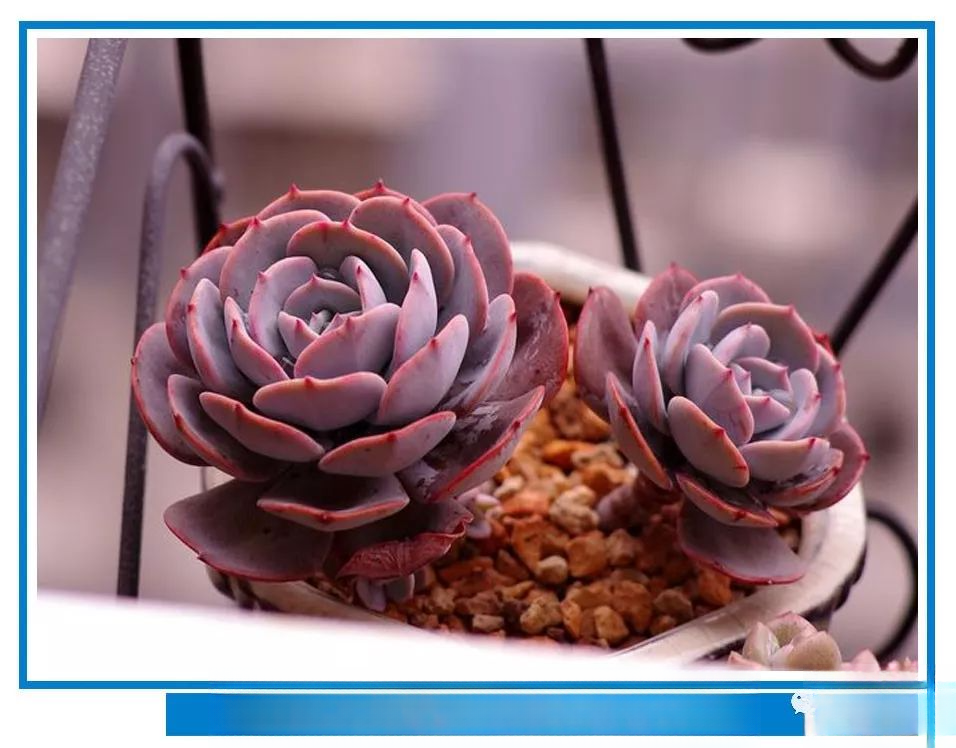
——Blue and pink pavilion——
Blue-Pink Terrace: The stem of the plant is very strong, and gradually elongates and grows taller as it grows. The leaves are densely arranged in a rosette shape, and the plant diameter can reach more than 15 cm. The leaves are oblong, and the leaf color is light blue to light white. The new leaves are light in color and the old leaves are dark in color. In strong light, large temperature difference between day and night, or low temperature in winter, the leaves will gradually turn white, and the leaf tips will turn red. In weak light, the leaves will turn light blue, and the leaves will become narrow and long, and also very thin.
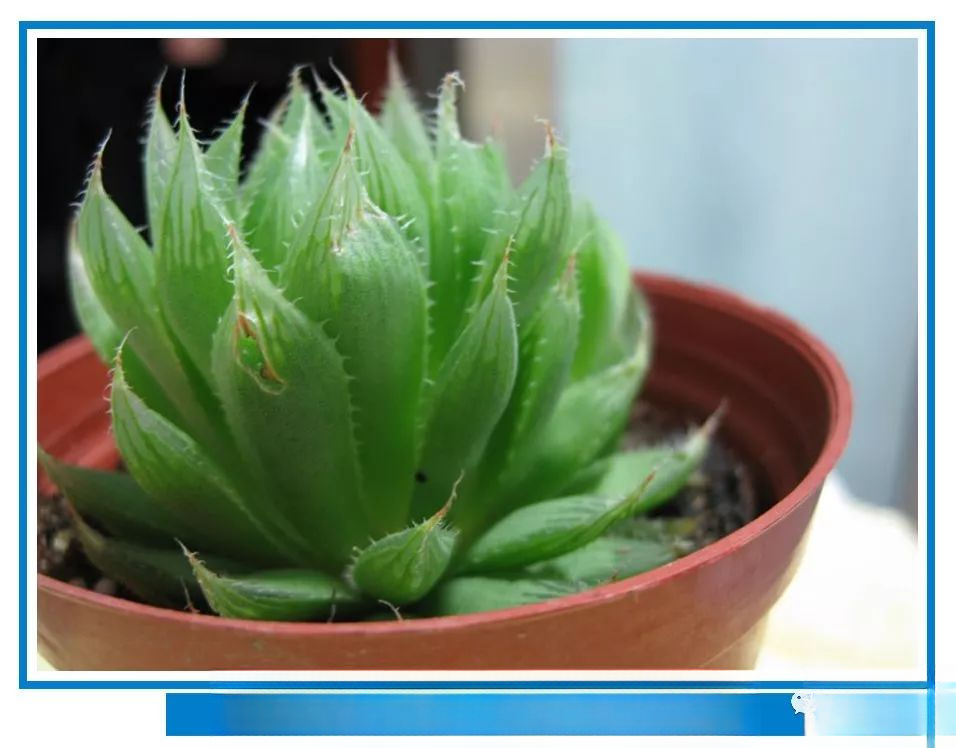
——Crystal Palm——
Crystal Palm: Also known as Treasure Grass and Silver Wave Brocade, it is a perennial evergreen succulent plant of the Liliaceae family. The plant is short, with a height of 5 to 6 cm. The leaves are alternate, oblong or spoon-shaped, fleshy, and grow on very short stems. They are closely arranged in a rosette shape. The leaves are emerald green, and the mesophyll is translucent. There are 8 to 12 dark brown stripes on the leaf surface or brown or cyan patches in the middle. The leaf margins are pink and have fine serrations.
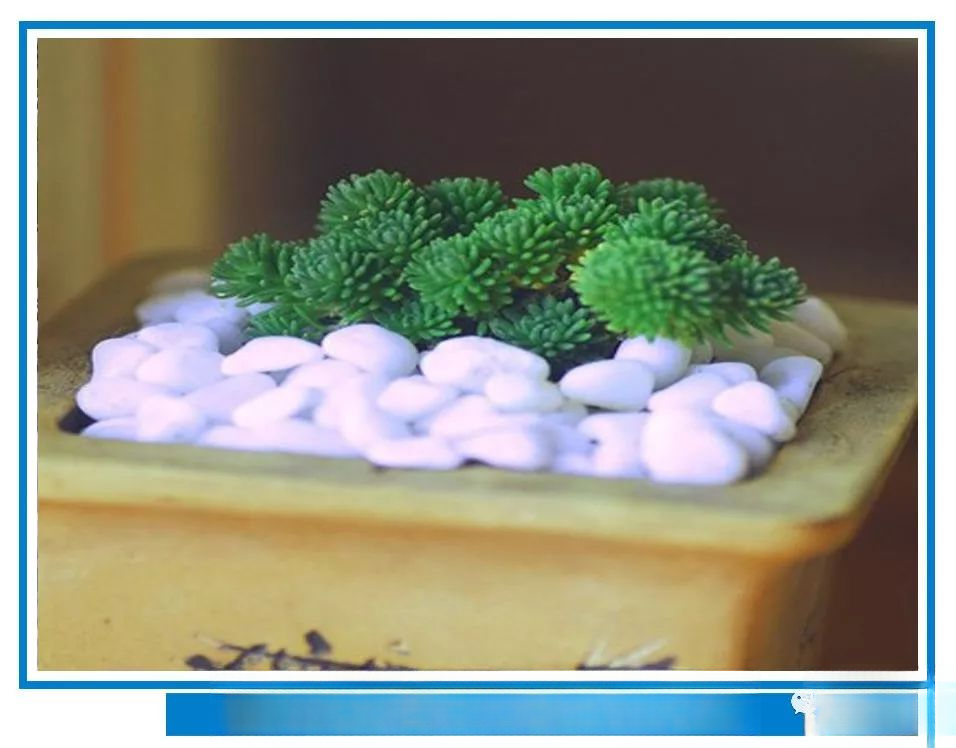
——Pine Ball——
Pine: Pine Green, Crassulaceae, fleshy needles, evergreen herb, native to Africa, Algeria. Pine Green is a short plant with very short branches. There are bunches of brown-red hairs attached to the fleshy stems. The needles are about 1 cm long and clustered at the tip of the branches, lush and green. The flowers are yellow. Pine Green likes warm and dry weather, and can tolerate partial shade, but is afraid of waterlogging.
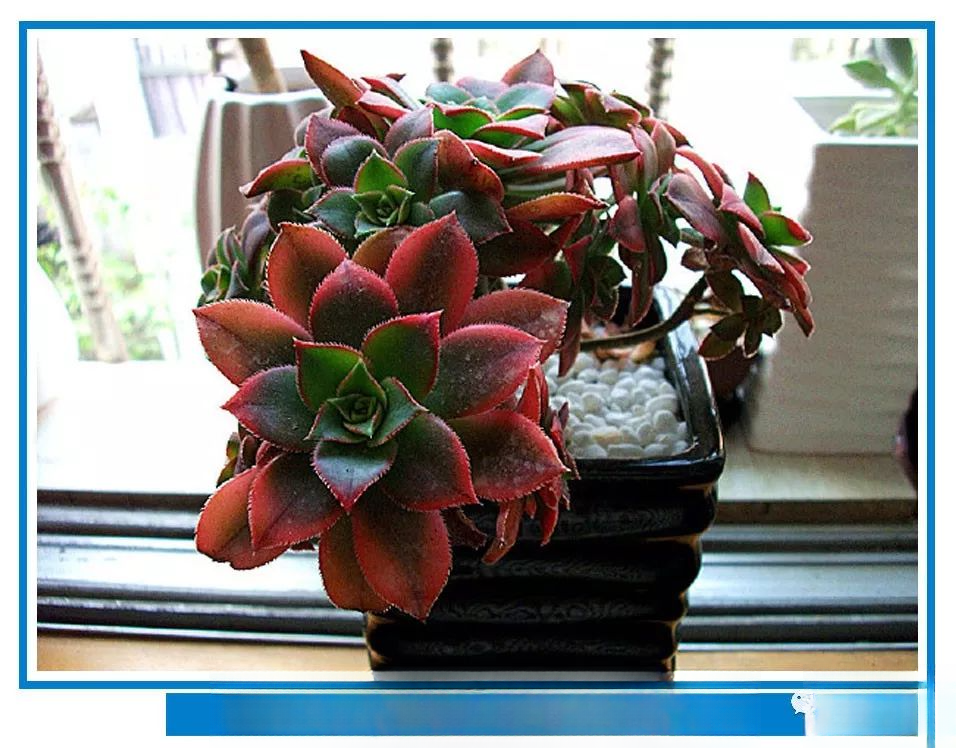
——Qingsheng Brocade——
Qingshengjin: Also known as "Brilliant", it is a perennial succulent herb of the Crassulaceae family and the genus Echeveria. Qingshengjin has a beautiful shape and colorful leaves. It is often planted in small craft pots to decorate window sills, shelves, desks, etc., with a good effect. In addition, succulent plant lovers can also collect and cultivate it as a variety.
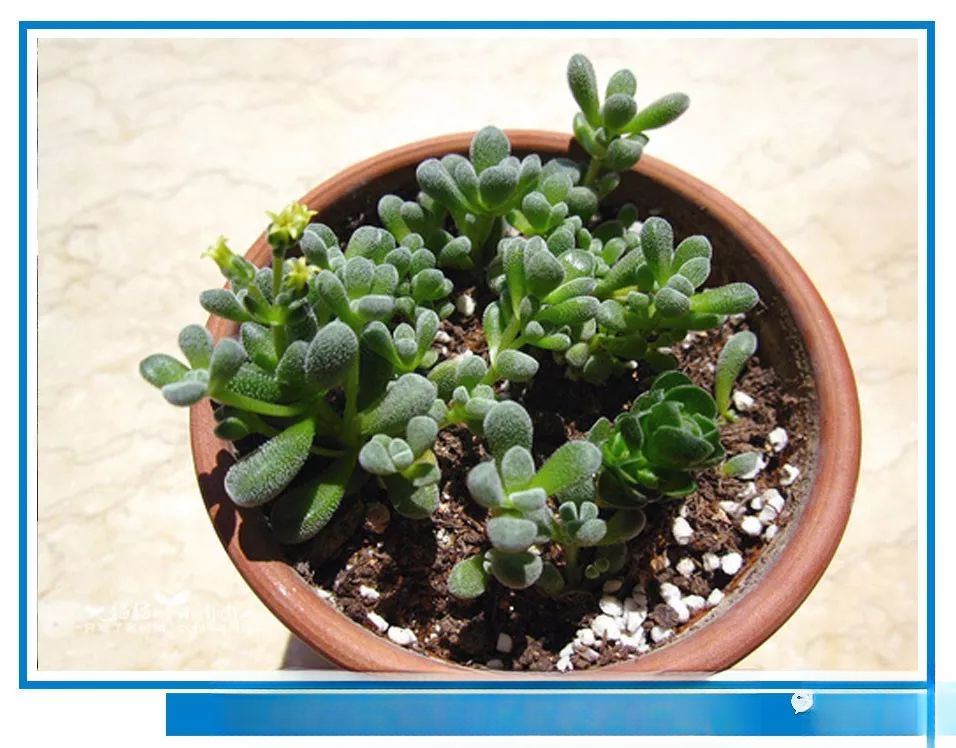
——Kang Rabbit——
Kang Rabbit: Crassulaceae, Sedum genus. Use ordinary peat mixed with pumice and river sand, and then cover the surface of the pot with a thin layer of river sand to make it beautiful and breathable. Water thoroughly when it is dry. There is no obvious dormancy in summer. Proper sunshade in summer is still a relatively easy variety to grow in the genus Sedum.
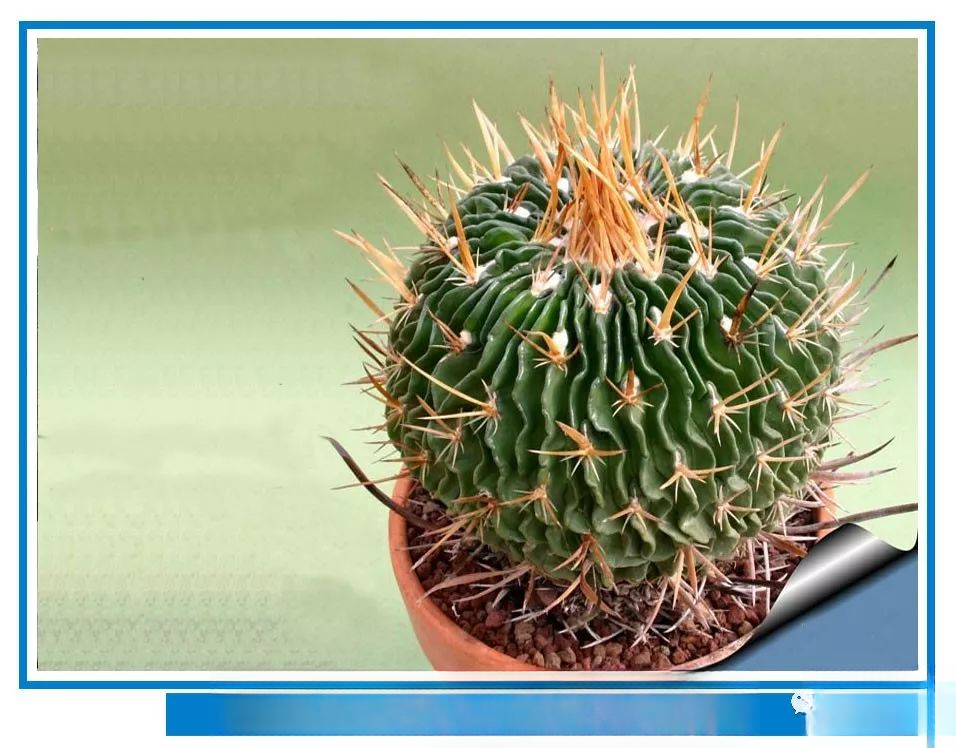
——Many currents——
Chibowanbo: Native to Mexico, usually solitary, with a barrel-shaped stem, 9-10cm in diameter, 25-30cm in height, dark green, 13-21 ribs, 20-30 radial spines, 7-15 central spines, 2cm long, reddish brown, and purple-red flowers.
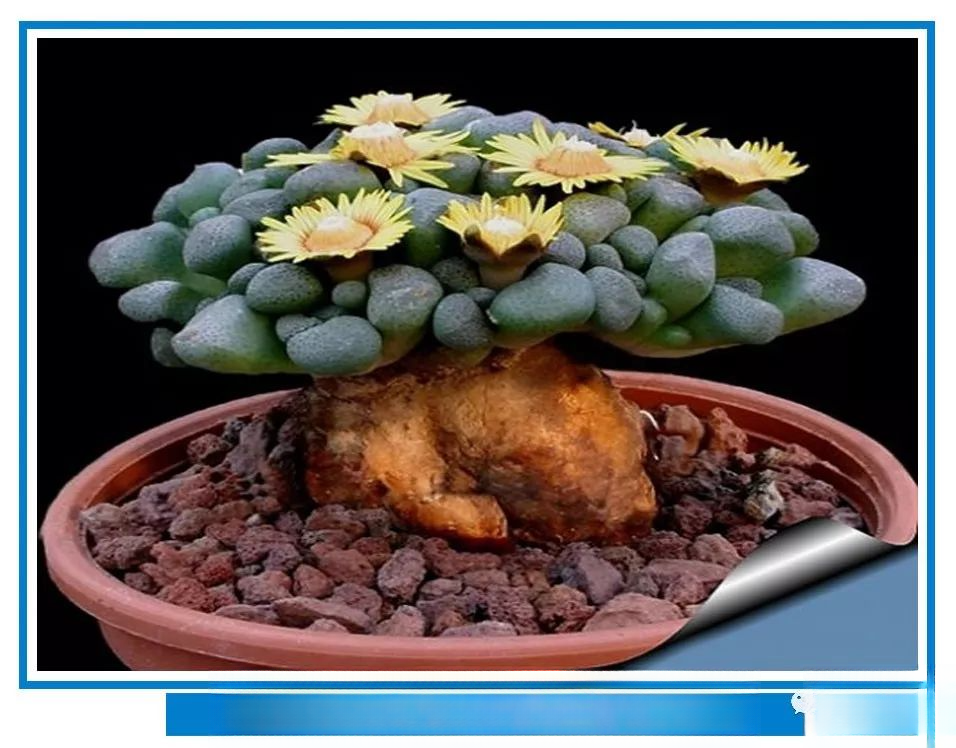
——Tang Fan——
Tang fan: a perennial succulent herb of the genus Tricholoma of the Aizoaceae family, native to South Africa, it prefers a cool, dry and sunny environment, is afraid of extreme heat, is not tolerant to waterlogging, and is tolerant to drought. It has the habit of growing in cool seasons and hibernating in high temperatures in summer.
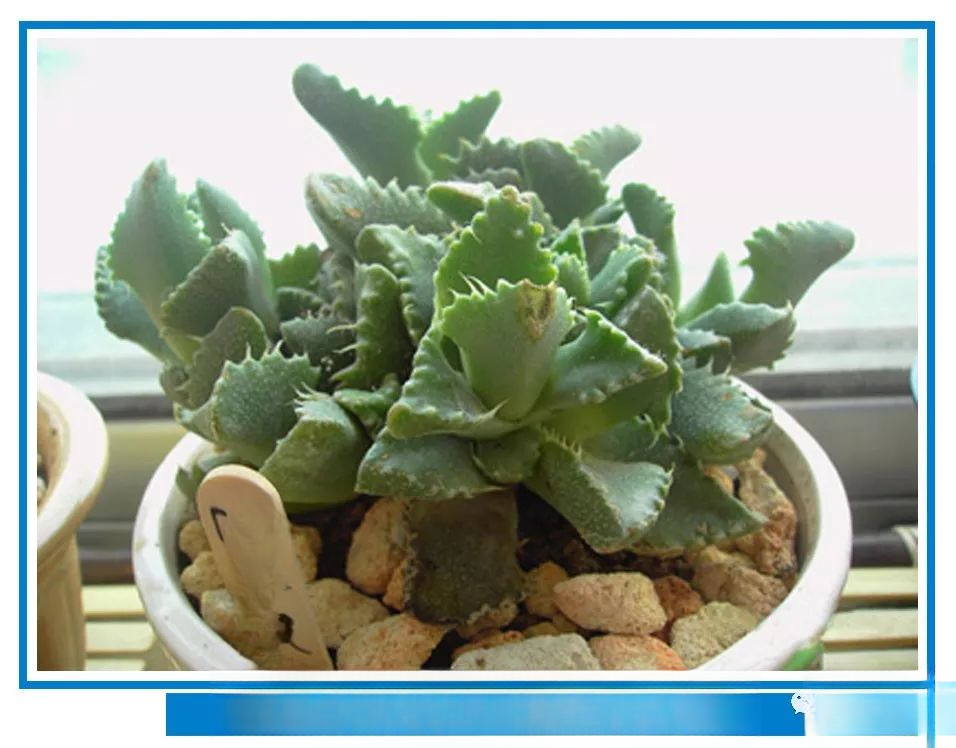
——Four Sea Waves——
Four Sea Bo: Other names: Big Sand Bo, Crocodile Mouth, Flesh Yellow Chrysanthemum, Tiger Jaw Flower. It is a succulent plant of the genus Flesh Yellow Chrysanthemum in the Aizoaceae family, growing in clusters. It has no stems. The leaves are fleshy, green, 5 cm long, with 9 to 10 teeth on the edge. The Four Sea Bo flowers are yellow, daisy-like, 5 cm in diameter, and bloom in autumn. The plant height is 10 cm, the crown diameter is 50 cm, and the lowest temperature resistance is 6 ℃ . There are more than 30 varieties, and more than 10 species are commonly cultivated.
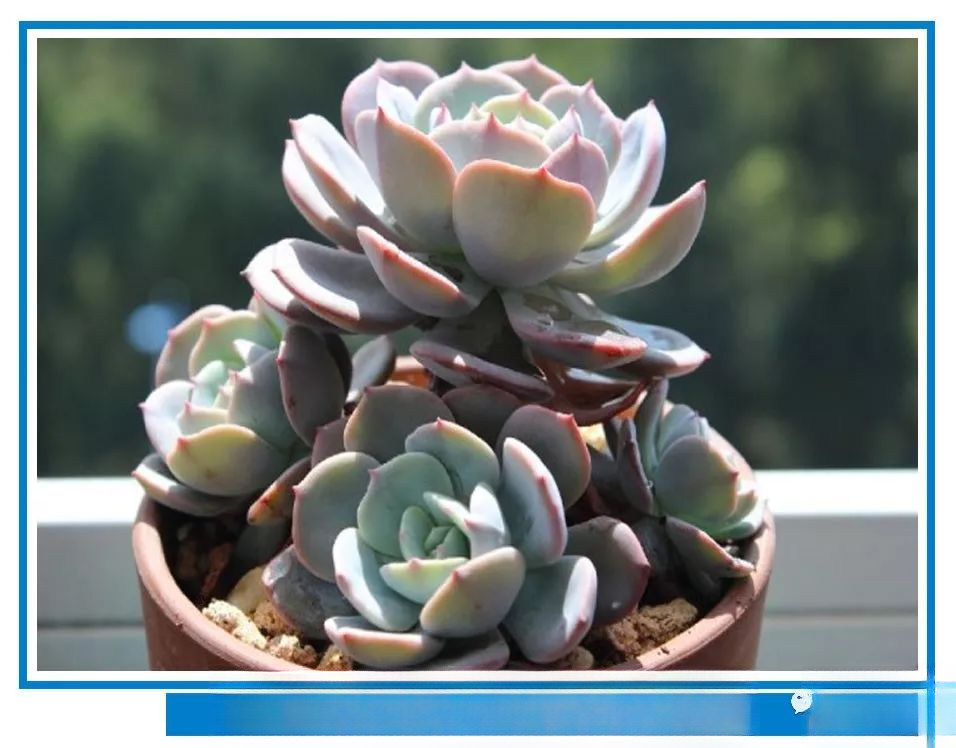
——Red Powder Pavilion——
Hongfentaige: A succulent plant of the genus Echeveria in the Crassulaceae family. It is a relatively large variety of Echeveria. It can grow to a very large size over time. Hongfentaige likes light and does not require much water. Pay special attention to avoid the rainy season. Too much water will easily rot. There is white powder on the leaves. Avoid watering directly to the center of the leaves, which will affect the appearance. It will change color when the light intensity increases and the temperature difference increases.
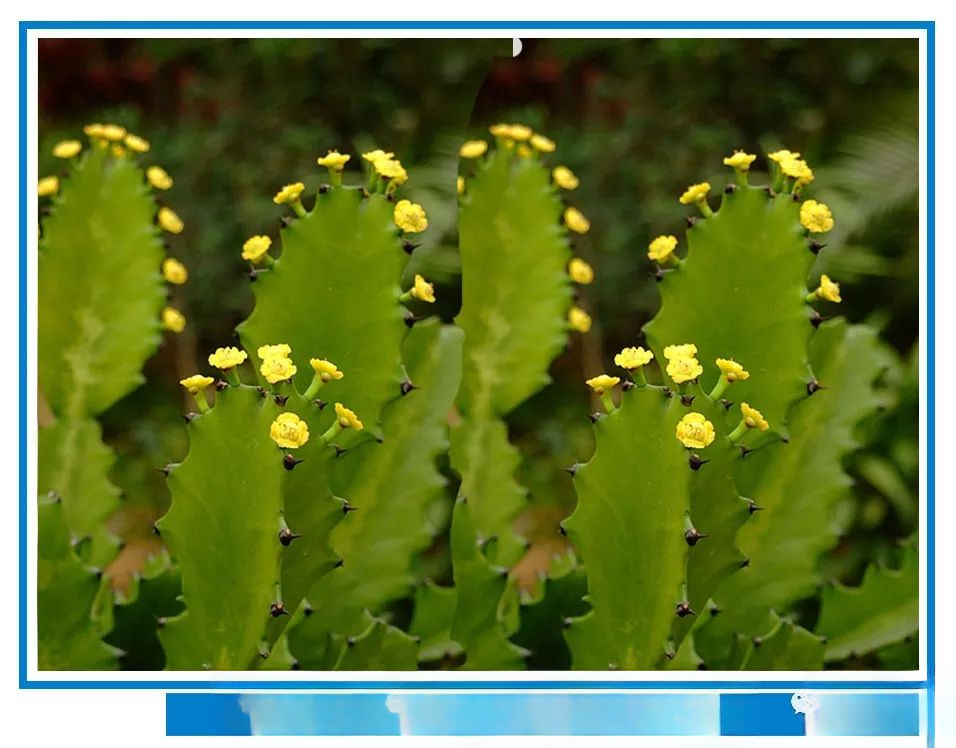
——Huo Yan Le——
Fireweed: An evergreen succulent shrub that looks like a columnar cactus with beautiful stripes. In Guangdong, some people call Fireweed the Overlord Whip. Its flowers are relatively small and inconspicuous, but its upright fleshy stems and large, dense, leathery leaves on the top are evergreen all year round, and have a bit of the strong and powerful force of the steel whip used by the Overlord. Therefore, flower shops in the old days used to place a pot of Overlord Whip at the entrance, and many families also liked it. It is like two gatekeepers holding steel whips, which means to ward off evil spirits.
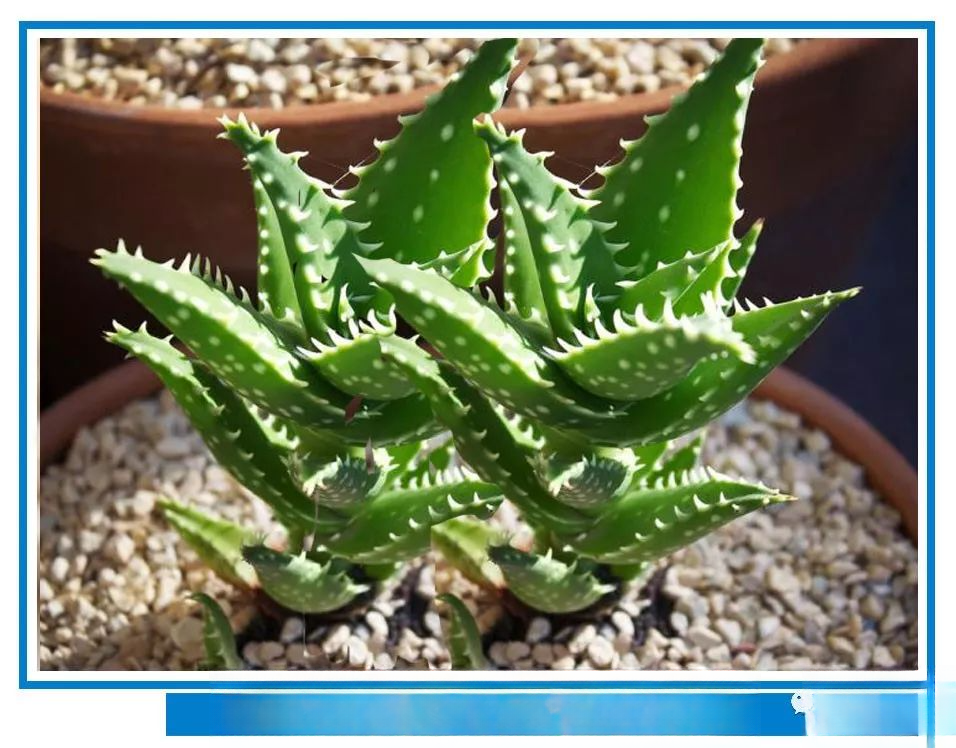
——Emerald Palace——
Pei Cui Dian: Liliaceae, Aloe genus. Native to Madagascar. Small aloe, with stems that are initially erect and then creeping. Leaves are spirally alternate, arranged in a relatively tight rosette at the top of the stem. The leaves are triangular, concave on the surface and convex on the back, with an acute tip, light green to yellow-green, and brown-green when the light is too strong.
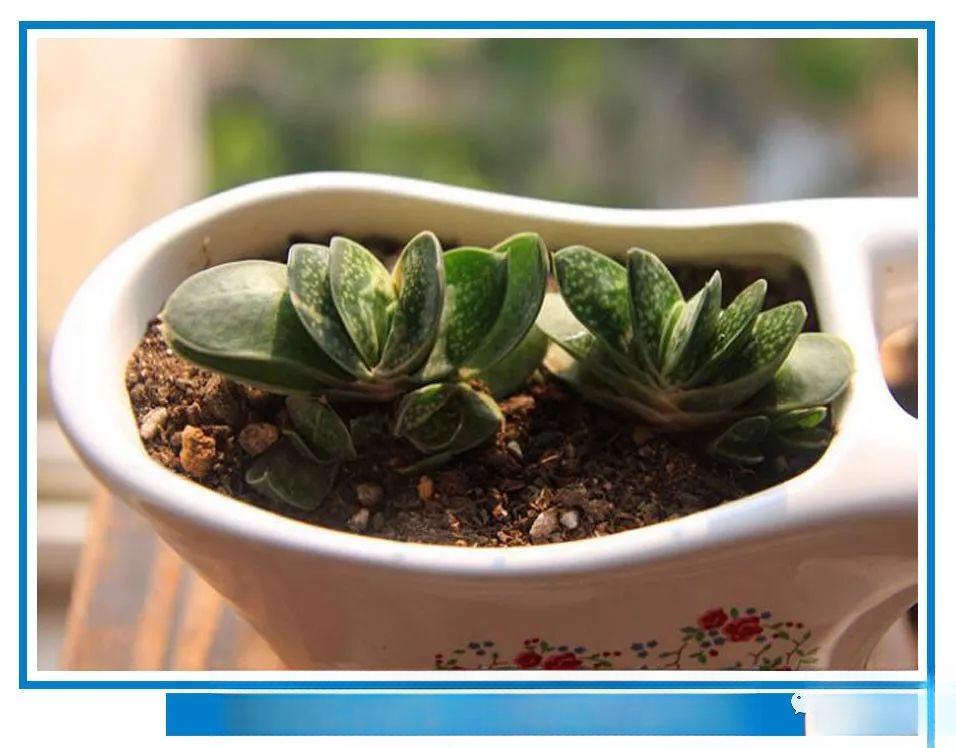
——Children——
Zibao: Other names: Zibaojin, Yuanbao flower, Yuanbaojin. It is a perennial succulent herb in the genus Shark Palm of the Liliaceae family. Its leaves are thick and tongue-like, and its leaves are smooth with white spots or stripes. It is a common potted plant that is loved by the public.
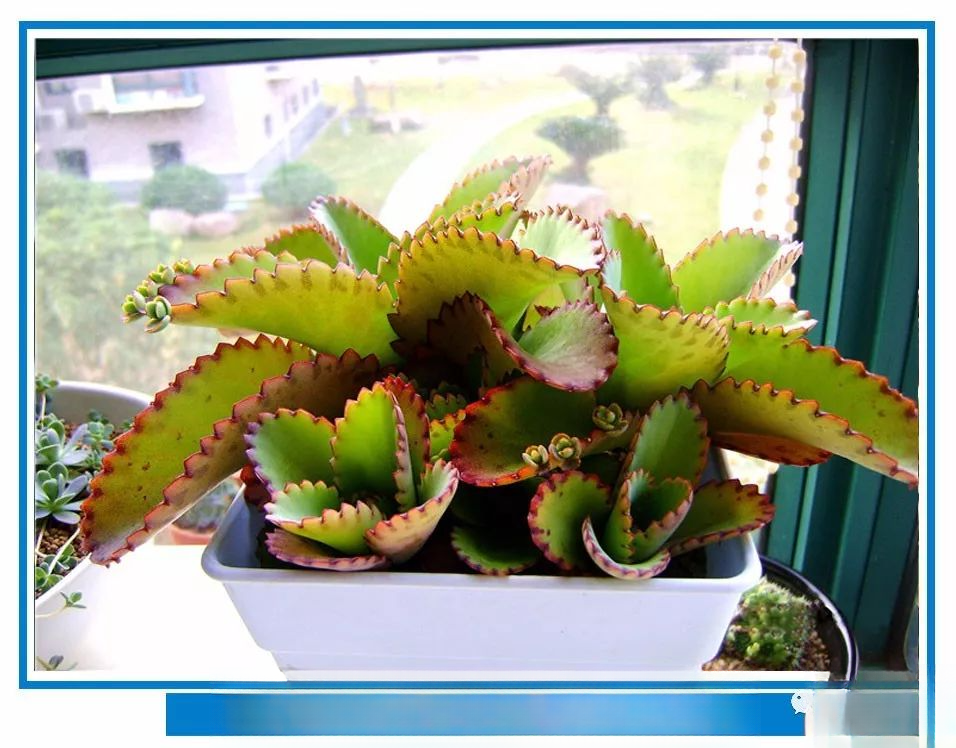
——Broad-leaved Phoenix——
Broadleaf Phoenix: Also known as Lace Girl, Rooting, Phoenix, Tusanqi, Leaf-growing, Invincible, Leaf-growing, Sun-growing, is a perennial succulent herb of the genus Kalanchoe in the Crassulaceae family. It is 50-100cm tall, with a solitary, branched, upright, brown stem. It is native to the hillsides or bushes by the streams of Madagascar Island in South Africa. It likes a sunny, warm and humid environment and is suitable for growing in well-drained acidic soil.
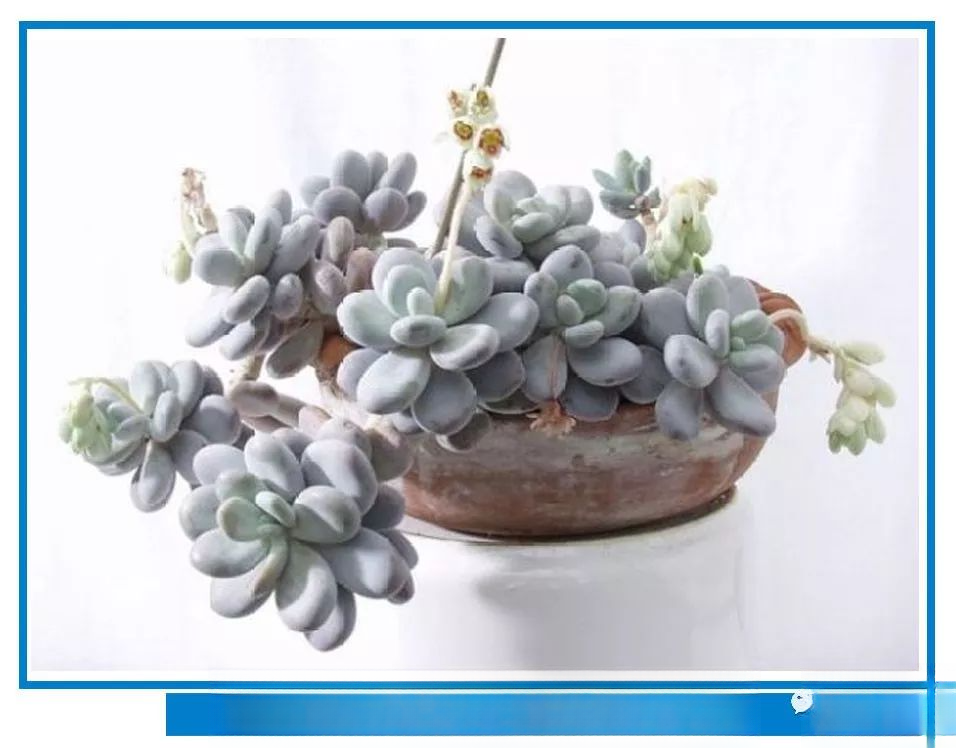
——Star Beauty——
Star Beauty: Other names: copper hammer grass, fat sky, thick-leaved grass. Belongs to the Crassulaceae family, the genus Thick-leaved Grass. It is a perennial succulent herb with peculiar leaf shape and beautiful leaf color. It is a rare foliage plant. It is native to San Luis Potosí in central Mexico. It is a tropical sun-loving and drought-tolerant plant. It is suitable for loose and well-drained sandy loam. It grows well in climatic conditions with warm winters and cool summers, but cannot tolerate hot and humid weather in summer. It is introduced and cultivated in some countries and is a common potted ornamental plant.
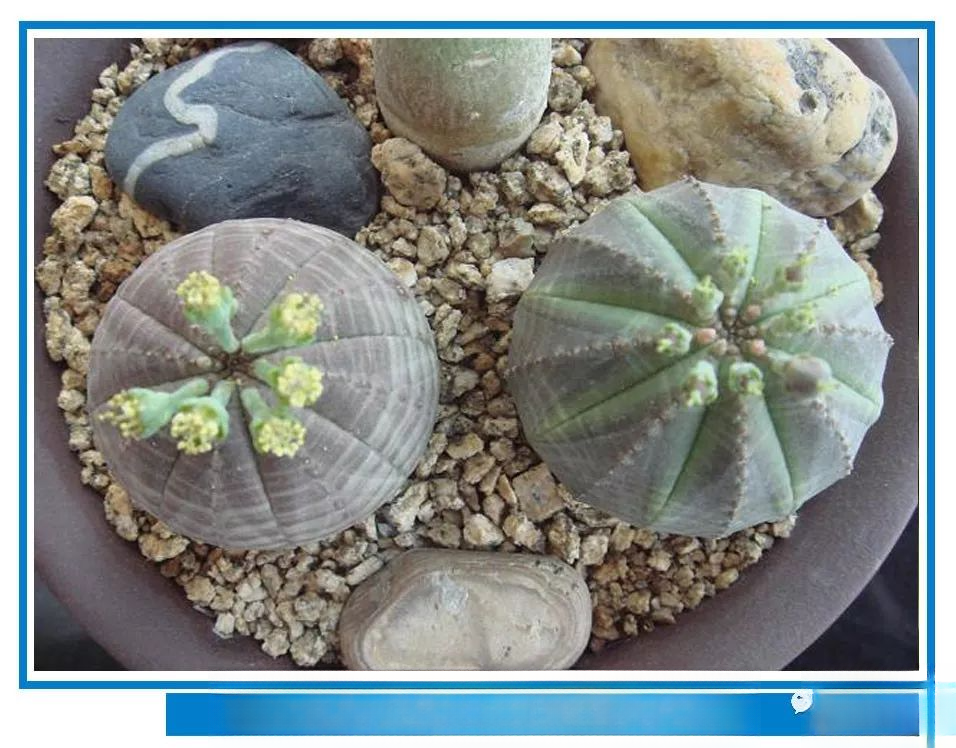
——Cloth pattern ball——
Euphorbia pulcherrima: Euphorbiaceae Euphorbia genus. Also known as Huangyu and Obesa, native to Cape Province, South Africa. The plant is small spherical, 8-12 cm in diameter. It has 8 neat ridges. The epidermis is gray-green with reddish-brown crisscross stripes, the top stripes are denser, and there are small brown blunt teeth on the ridges.
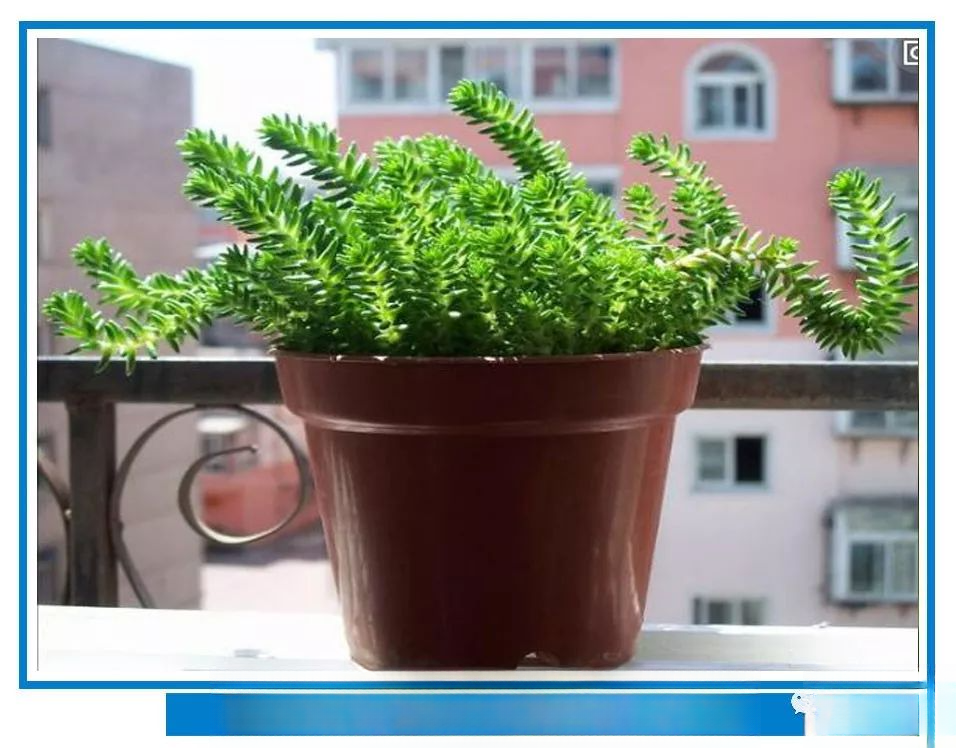
——If green——
Ruo Lu: It is a succulent plant of the genus Crassulaceae, also known as succulent plant. It has the characteristics of fast growth, strong adaptability and easy reproduction.
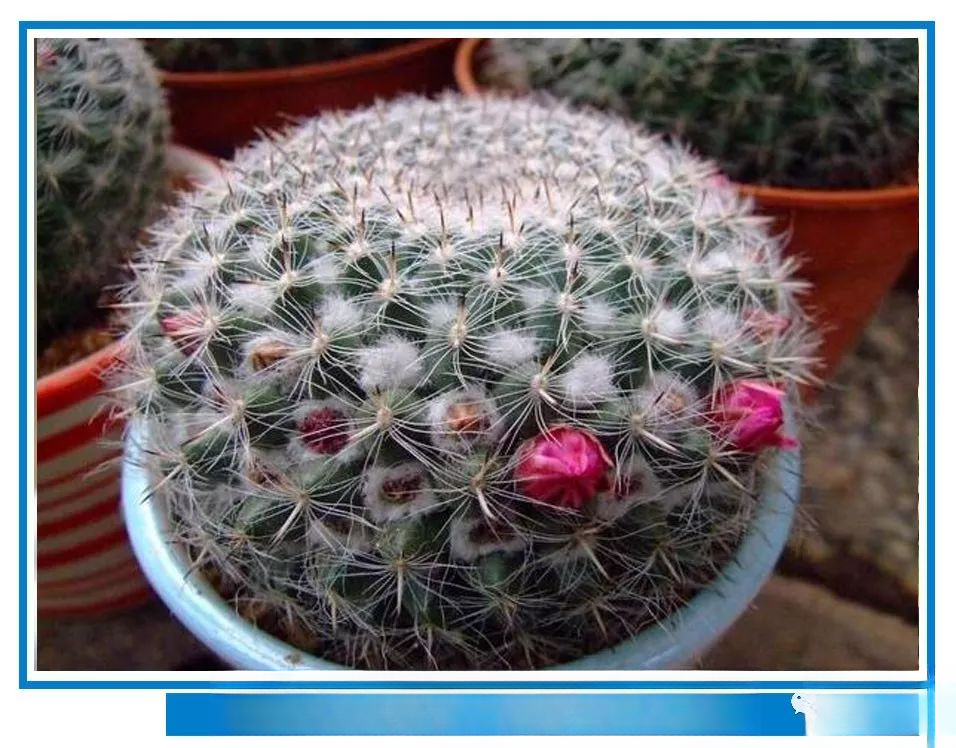
——Yu Weng——
Jade Osmanthus: Perennial succulent herb. Solitary plant, spherical to oval, bright green. Cactaceae, genus Mammillaria. Native to Mexico. Commonly propagated by sowing, cuttings, and grafting. The propagation and cultivation methods are the same as those of Golden Bark and Red Peony.
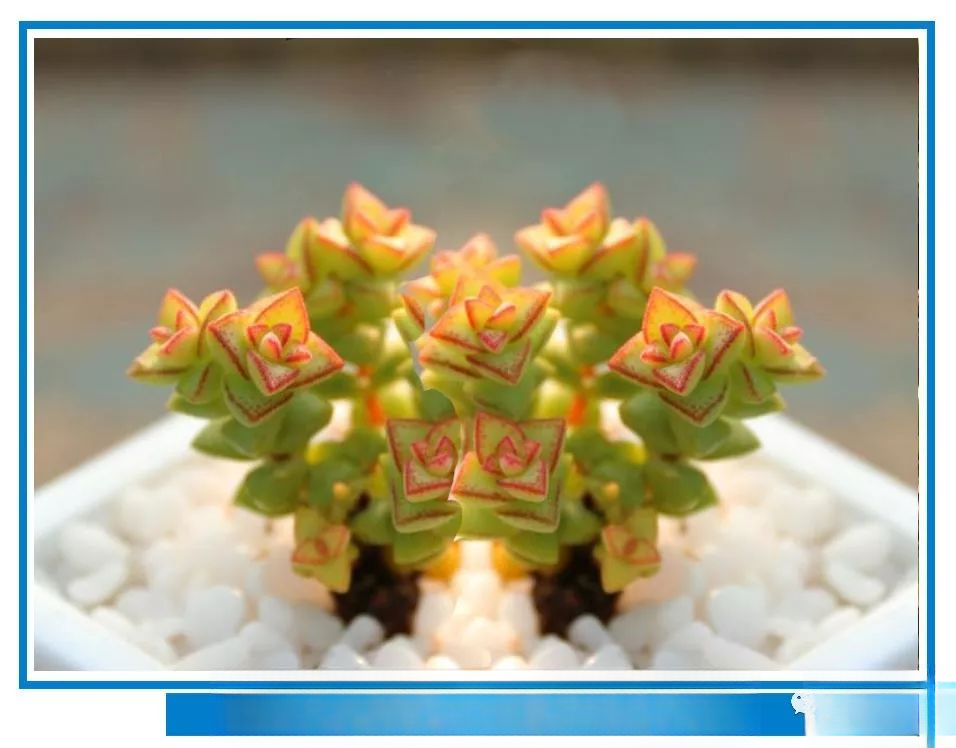
——Star Prince——
Star Prince: It is often called "string of money", but in fact it is much larger than "string of money". It is a perennial fleshy herb (succulent plant).
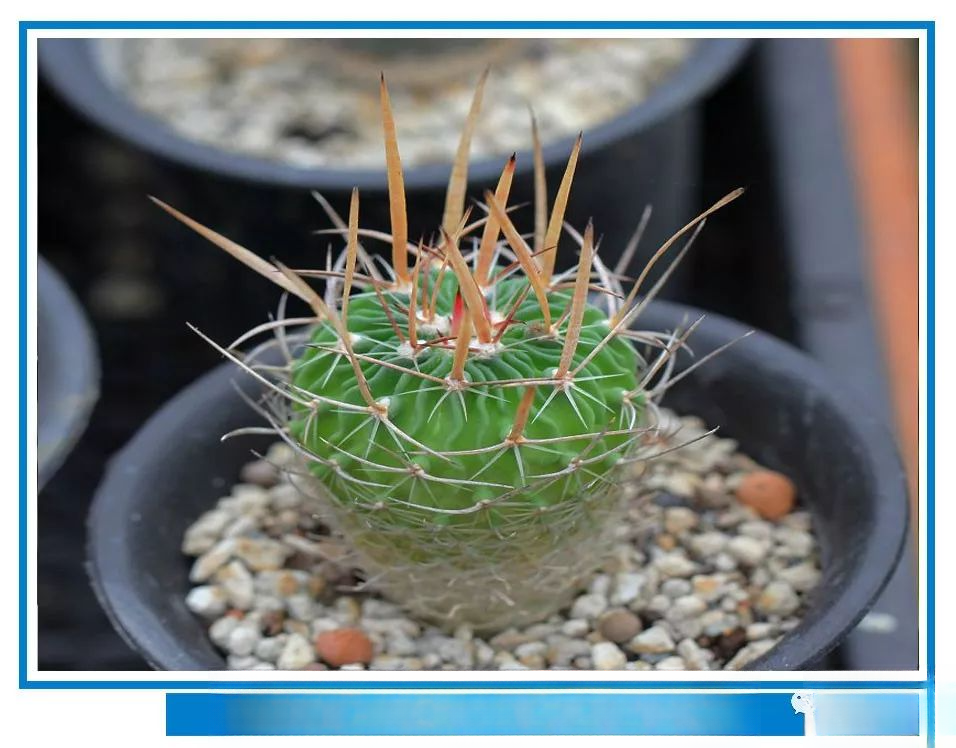
——Prism Ball——
Prismatic ball: belongs to the cactus family. The stem is nearly spherical and the flowers are white.
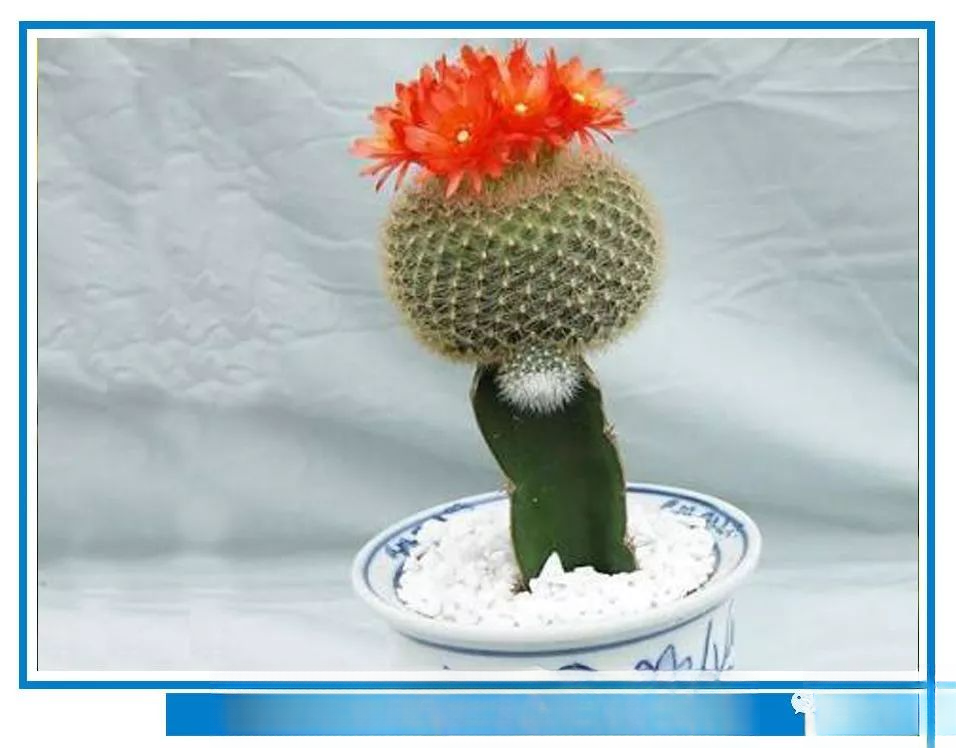
——White Snow Light——
Snow-white light: Also known as snow light and snow-white light, it is a perennial succulent plant of the Cactaceae family and the genus Nanguoyu. The stem is spherical or slightly oblate, about 10 cm high, solitary, 6 to 10 cm in diameter, with small wart-like protrusions arranged in a spiral, and the sphere is densely covered with 3 to 5 mm radioactive white thorns, with the central thorns light yellow. The flowers are terminal, funnel-shaped, and crimson, and the flowers extend from the white thorns, which is very beautiful and worth watching.
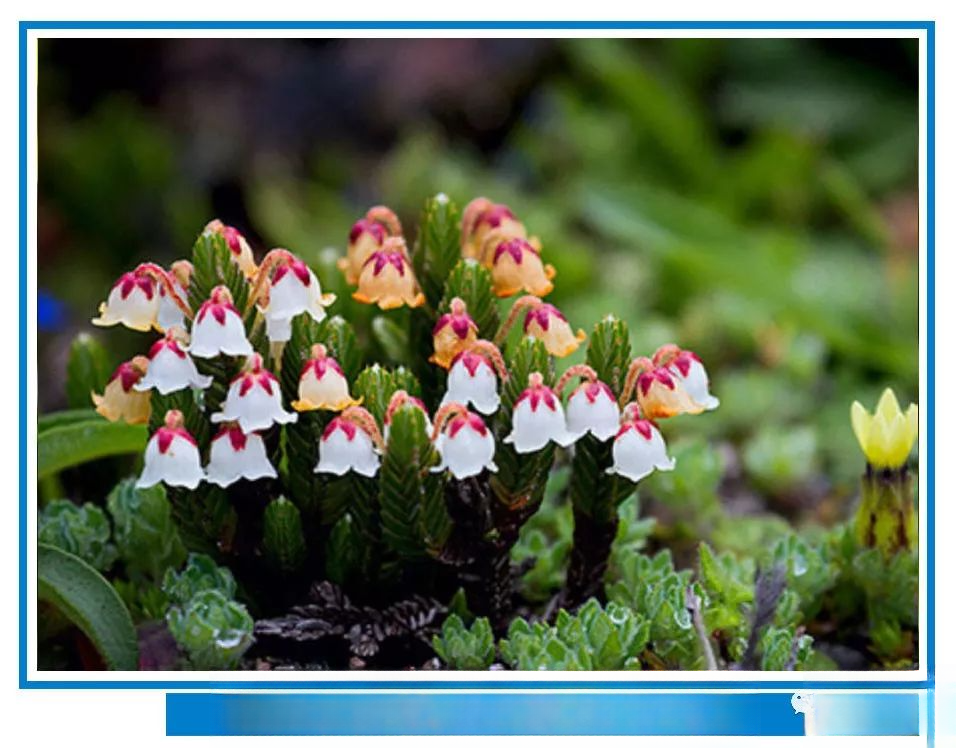
—— Rockbeard——
Rockbeard: Alias: long-stemmed rockbeard, snow ganoderma, water ephedra, eight-strand rope, grass ganoderma, ganoderma grass, water ganoderma, iron brush handle, grows in shrubs or cushion-shaped shrub grasslands at an altitude of (2000--) 2900-3500 (--4500) meters.
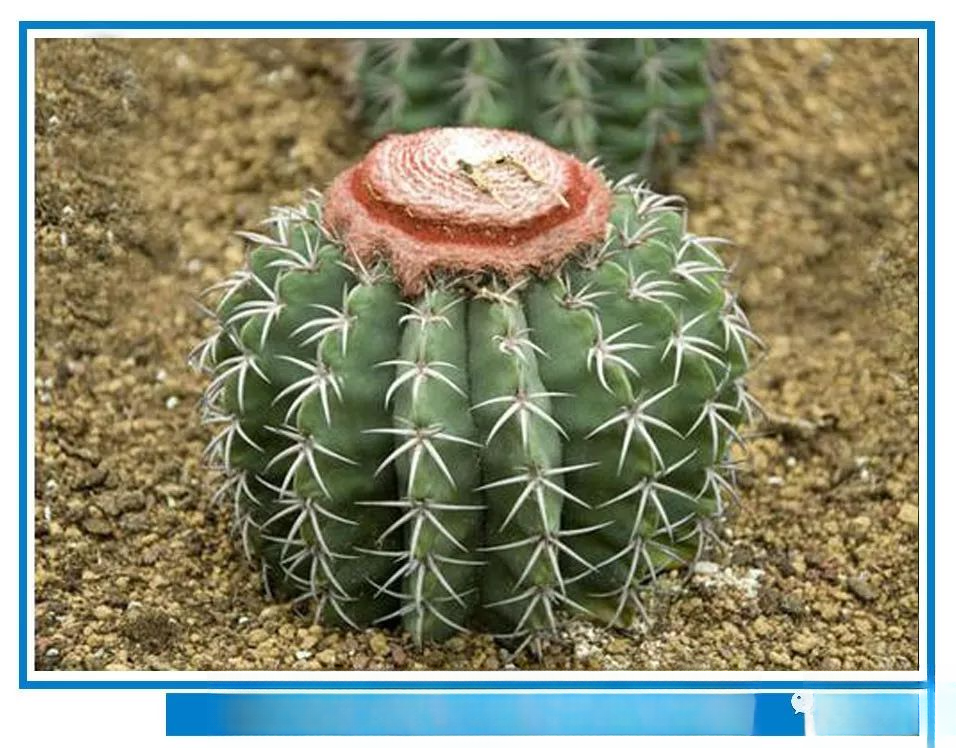
——Colorful Cloud Ball——
Caiyun Ball: Also known as Caiyun, it is native to the West Indies in Central America. It likes a warm, dry and sunny environment. It is relatively cold-resistant, drought-resistant and high-temperature-resistant. The best soil is fertile, loose and well-drained sandy loam. The winter temperature is not less than 5 ℃ . It is native to South America and generally grows in hot, dry and rainless desert areas.
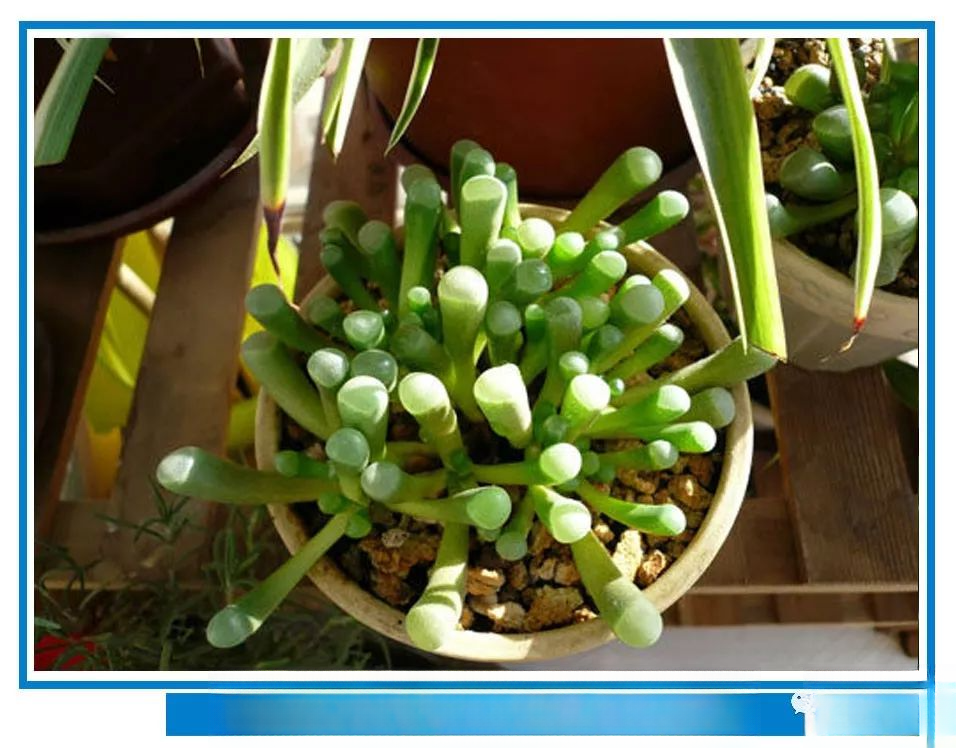
——Orange-yellow stick-leaf flower——
Orange-yellow stick-leaf flower: Also known as Isuzu jade, it belongs to the genus of stick-leaf flower in the Aizoaceae family. The plant is very fleshy and densely clustered. The leaves are light green, slightly red at the base, and there are transparent "windows" on the top of the leaves. The flowers are 3.7 cm large and 4-5 cm long, orange-yellow with a hint of pink. It is native to the border between South Africa and Namibia. It can be propagated by sowing or division.
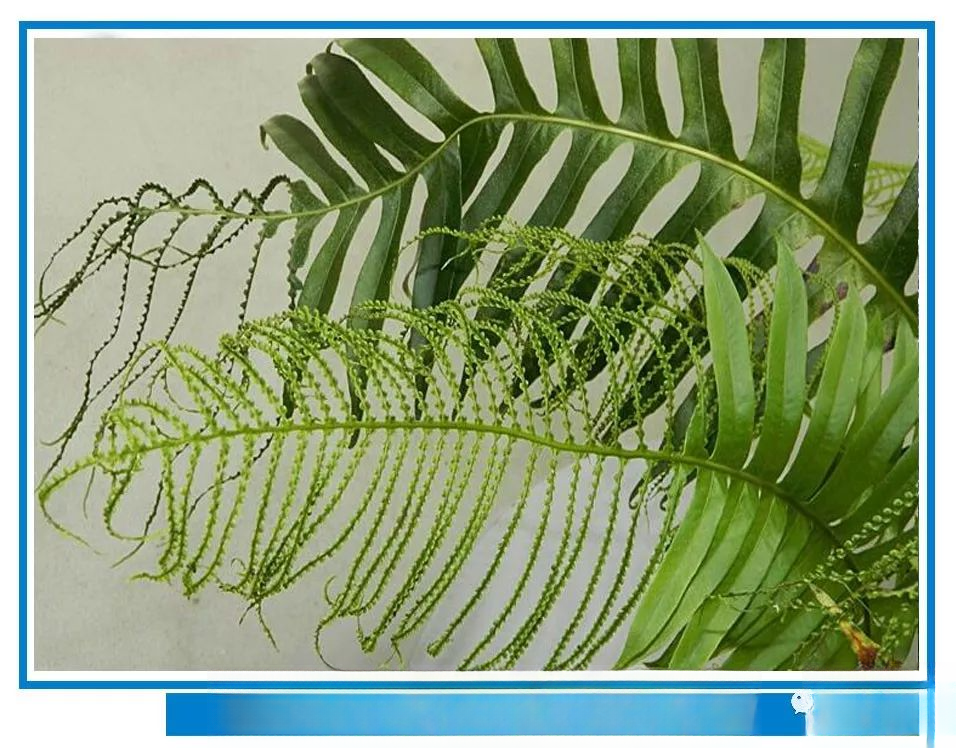
——Pearl fern——
Pteris spheniscus: It is a perennial large epiphytic fern of the Polypodiaceae family, often growing on the trunks of large trees. It has a short rhizome, densely covered with long and thin narrow strips of light reddish brown scales, with cilia on the edges of the scales. The leaves are 50-60cm long or longer, sessile, deeply pinnately half-cleft in the middle, with the edges of the lobes entire and thickened, and the top is fertile, with the pinnae constricted and almost bead-like. It is only distributed in Taiwan in China and also in the Philippines.
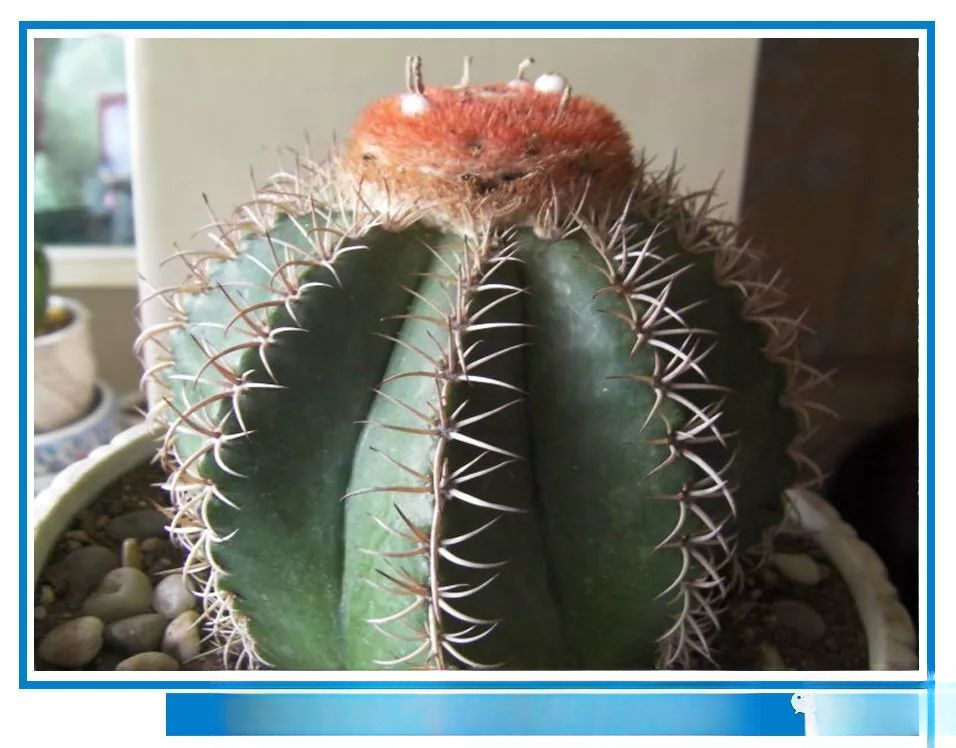
——Appreciating the clouds——
Cloud-viewing: Other names: Cuiyun, Biyun. This is the most common variety of "cloud ball" that is easy to grow out of the cloud. It is also one of the most common varieties in China. The plant grows alone, initially in a flat spherical shape, then in a spherical shape. The epidermis is gray-green, a little whitish, with low ridges and wide ridges. The areoles grow on the ridges. The new thorns are light gray-red, the old thorns are gray, and the thorn tips are brown. The flowering period is summer and autumn. The flowers are magenta in the "cloud".
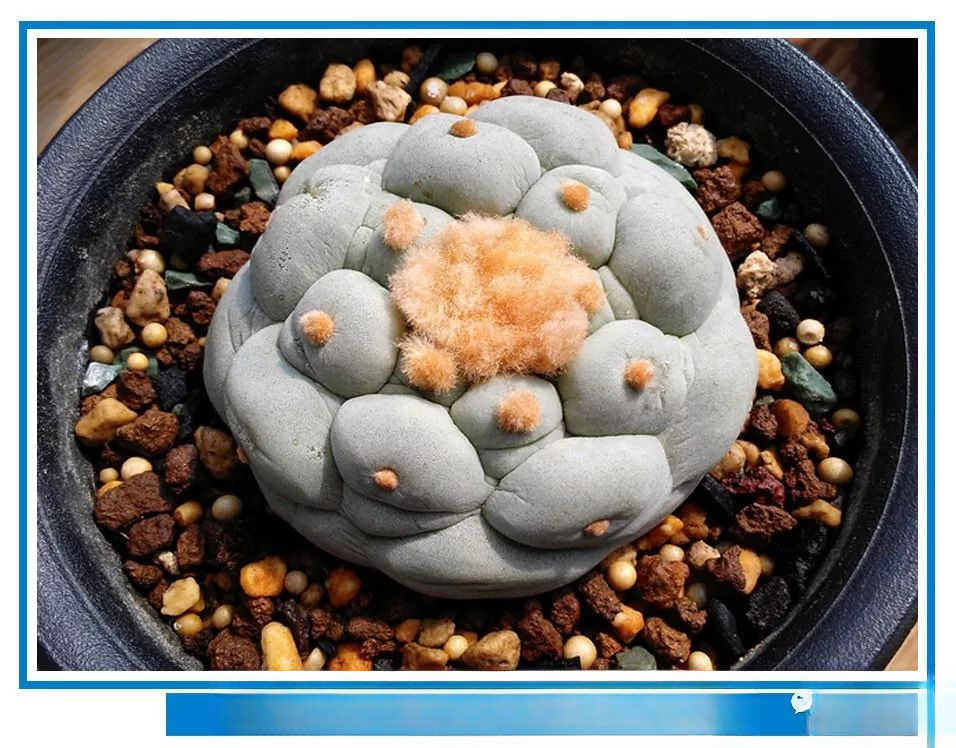
——Silver Crown Jade——
Silver Crown Jade: It is spherical, with a slightly powdery skin, dark green or gray-green. The growing point of the mature plant has tufts of white hair, and occasionally produces bulbs. The flowers are pink, pink with darker stripes, or white, and the flowering season is usually from spring to autumn. It is recommended to place it in full sun or half sun with ventilation. Use a well-drained medium.
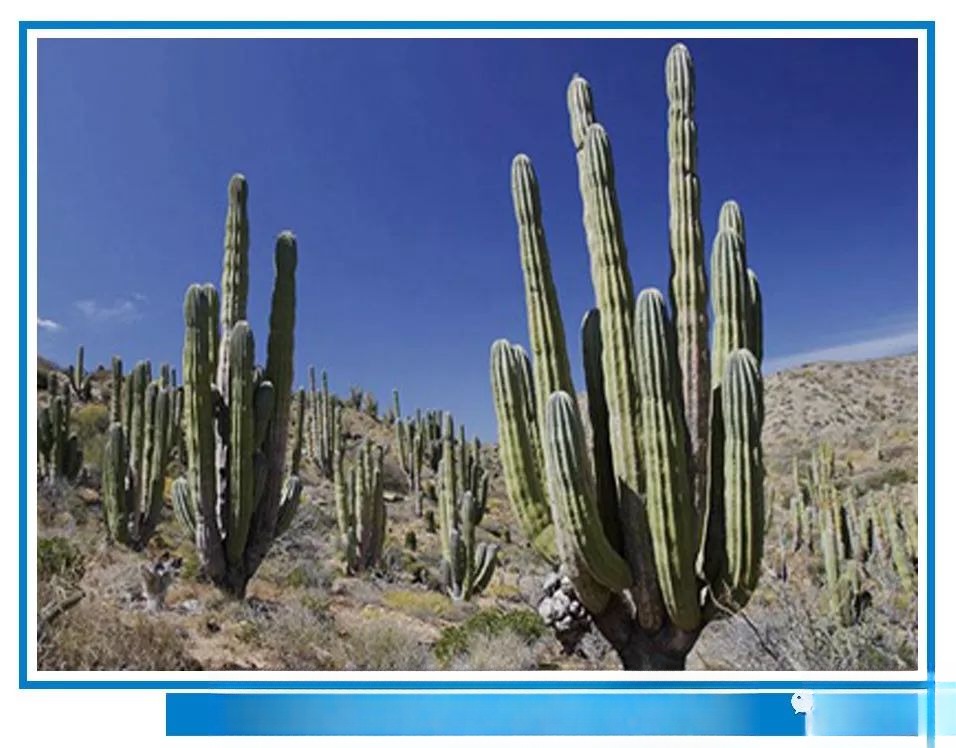
——Wu Lunzhu——
Wulun Pillar: It belongs to the genus of the Cactaceae family, tall tree-like, up to 12 meters or more, with a stem diameter of 1 meter, 10 to 16 ridges, and a white frost on the stem. It has 10 to 20 thorns at the beginning, which increase to 50 or more later. They are needle-shaped to cone-shaped, white to black, and the upper areoles are thornless. The flowers are white.
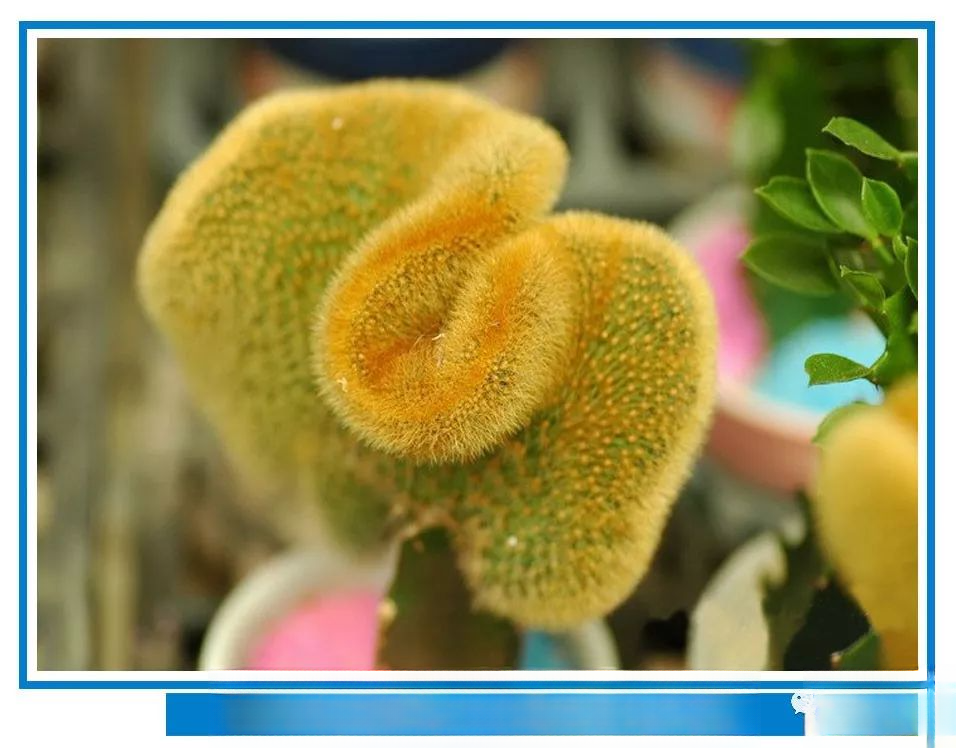
——Golden button——
Golden Button: Also known as Golden Button or Golden Button Column, it is a perennial succulent flower of the Cactaceae family. The creeping stems are slender and densely covered with short yellow-brown thorns. The young stems are bright green and then turn gray. The flowers are pink. Golden Button is also known as Golden Button Crown, which is formed by the irregular growth and extension of the growth point of the Golden Button Column.
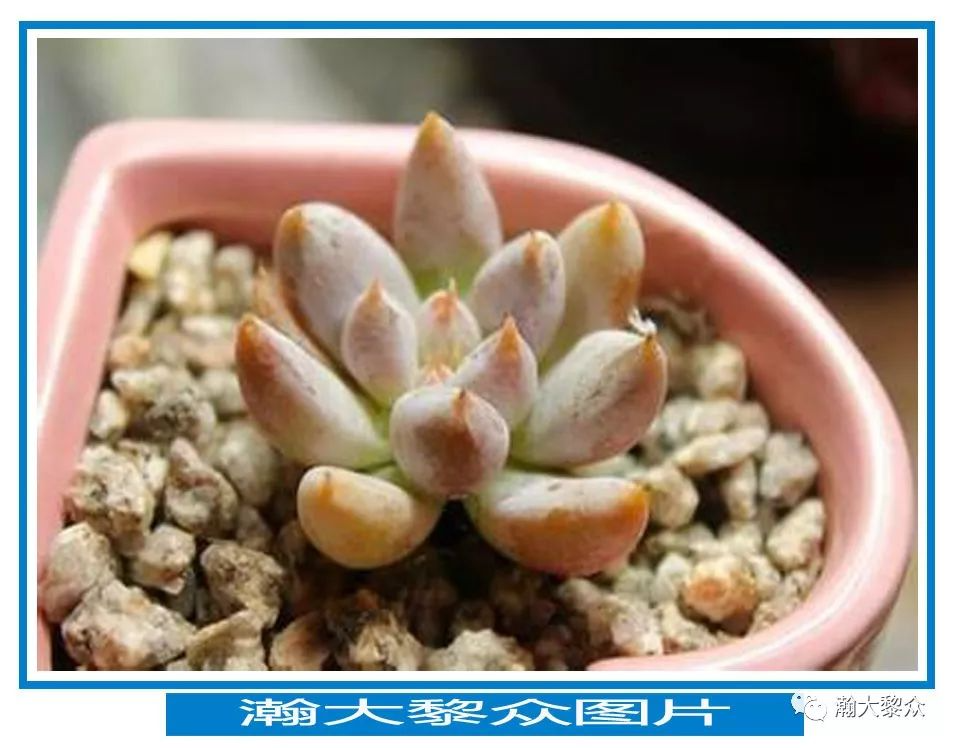
——Du Li Wan Lian——
Duliwanlian: The thick, rod-shaped leaves are covered with white frost, which makes people think that it is a close relative of the genus Thickleaf, but the flower seat is a typical lotus shape. The color changes significantly with the seasons, showing a light pink-green in the summer and turning light pink when the temperature drops. It grows relatively slowly.
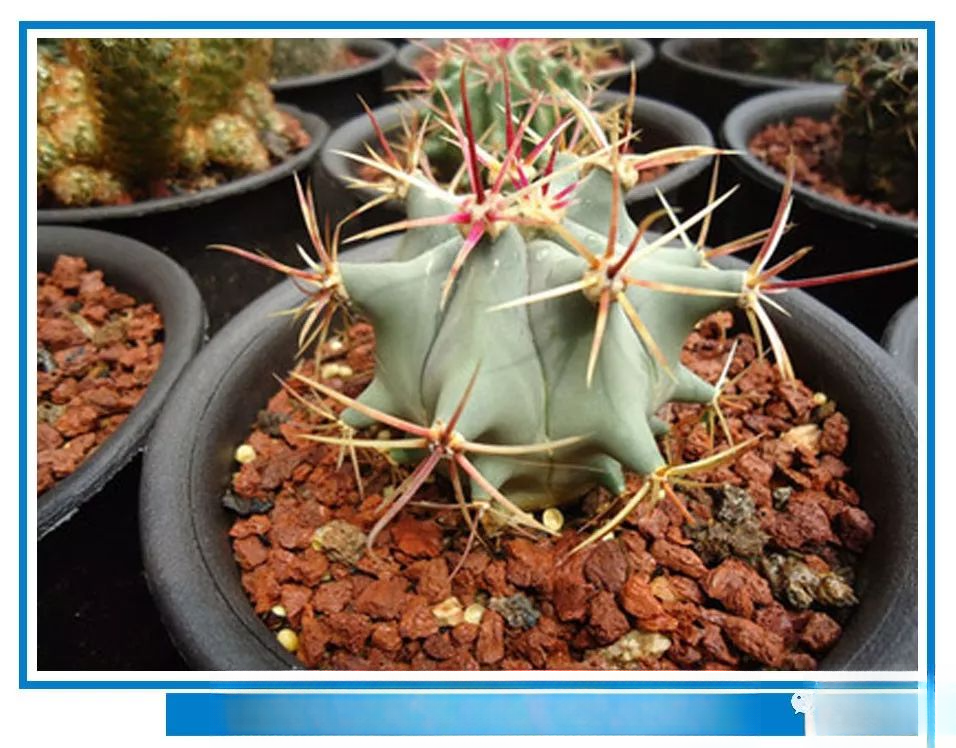
——Emori Tama——
Jiang Shouyu: It belongs to the genus of Cactaceae. The plant is oblate to spherical, and then cylindrical. The body color is gray-green, with white hairs on the areoles. The flowers are orange-yellow and funnel-shaped. This variety is suitable for outdoor or potted viewing.
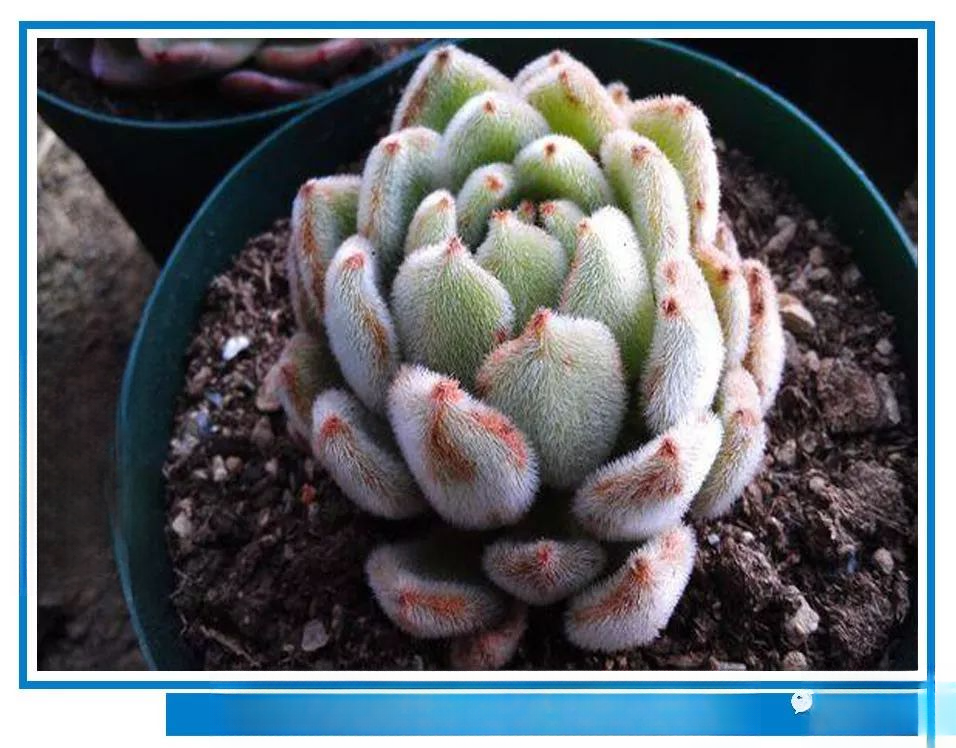
——White Flash Crown——
White Flash Crown: The leaves and stems are fleshy, and the stems are short and thick. The spoon-shaped leaves are thick, with blunt tips and often withered and yellow tips. The whole plant has pubescence, and the length of the white pubescence on the leaves can reach 0.2mm. It blooms in winter and spring, with racemes extending from the leaf axils, and the flowers are bell-shaped and orange-yellow.
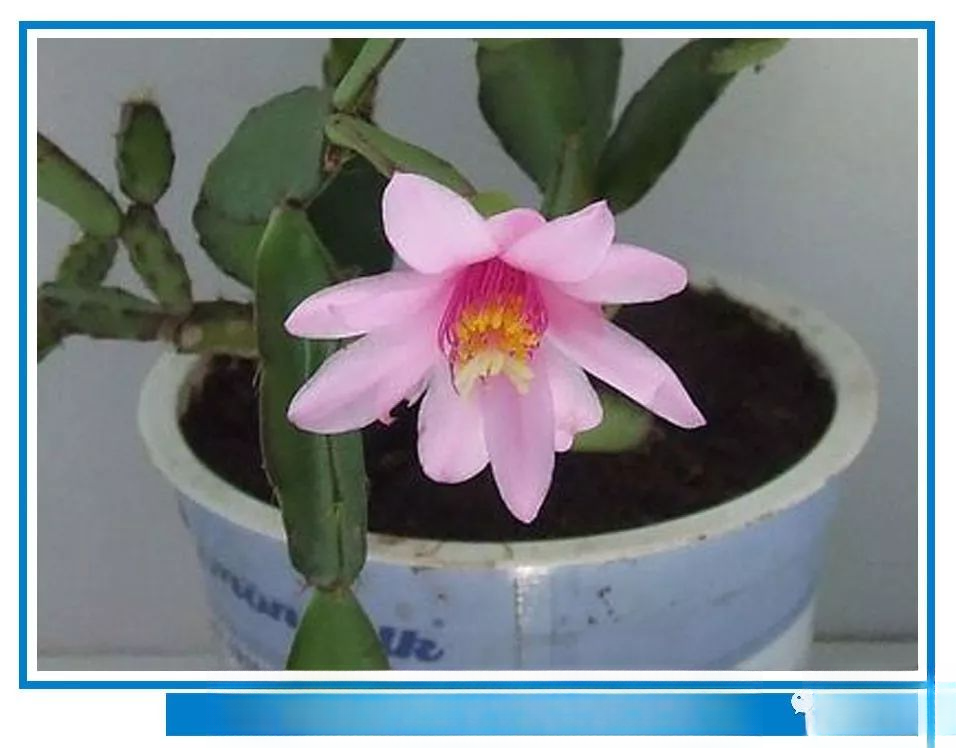
——Dance of Falling Flowers——
Dance of Fallen Flowers: It usually blooms from April to June. The plant is branched and grows in a clump. It is thick and fleshy, usually with 3-5 ridges, but also flat or irregularly angular. The edges are purple-red. Its flowers are smaller, and the receptacle is four-sided. The flower tube is shorter, and the petals are also single-layered, and the petals are arranged regularly and neatly. The flowers are pink, very similar to those of the false epiphyllum, and it is difficult to distinguish them. It is more accurate to distinguish them from the stem nodes.
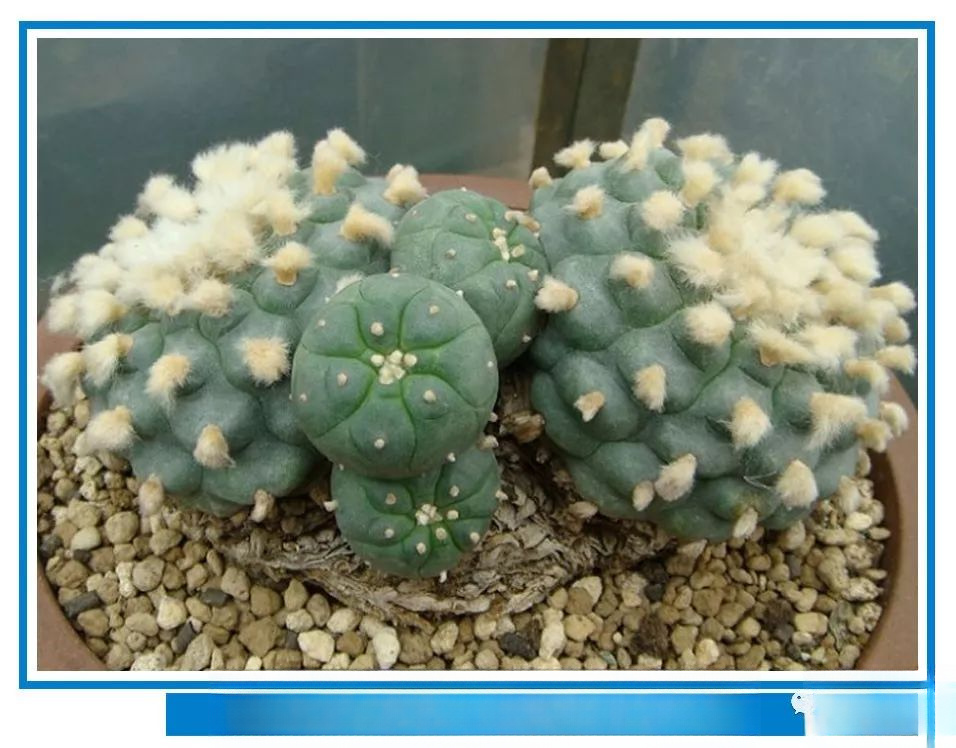
——Black Feather Jade——
Pyaphyllales: Other names: red pyaphyllales, monk's crown fist, etc. It is a small and thornless cactus. It is native to southwestern Texas to Mexico, and mainly grows in the Chihuahuan Desert, Tamaulipas and San Luis Potosi. It is also known as monk's crown palm, and enthusiasts call it "mullet" or "fish". It is a succulent plant of the genus Pyaphyllales in the Cactaceae family.
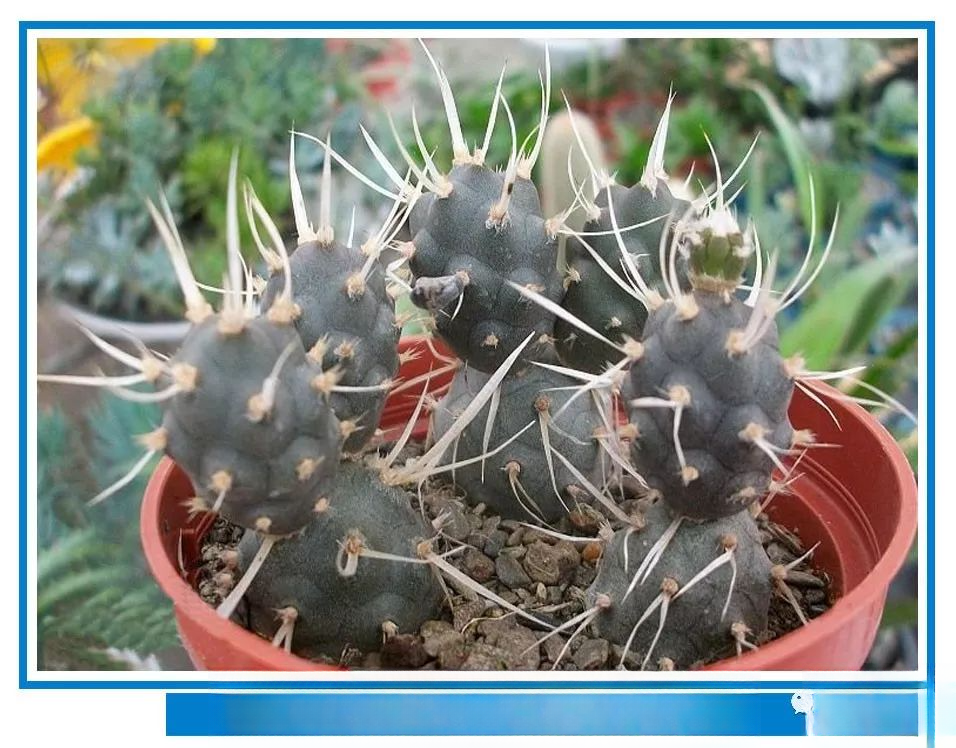
——Long - thorn Musashino——
Long-spined Musashino: It is a low cushion-shaped plant. The fleshy stem is segmented, and the segments are oblong, unridged, gray-green or gray-brown. The areoles have brown hooked hairs, papery, white or brown; the flowers are white to pink, but rarely bloom in artificial cultivation. It has a small and distinctive plant shape, is relatively cold-resistant, and is suitable for potted ornamental plants.
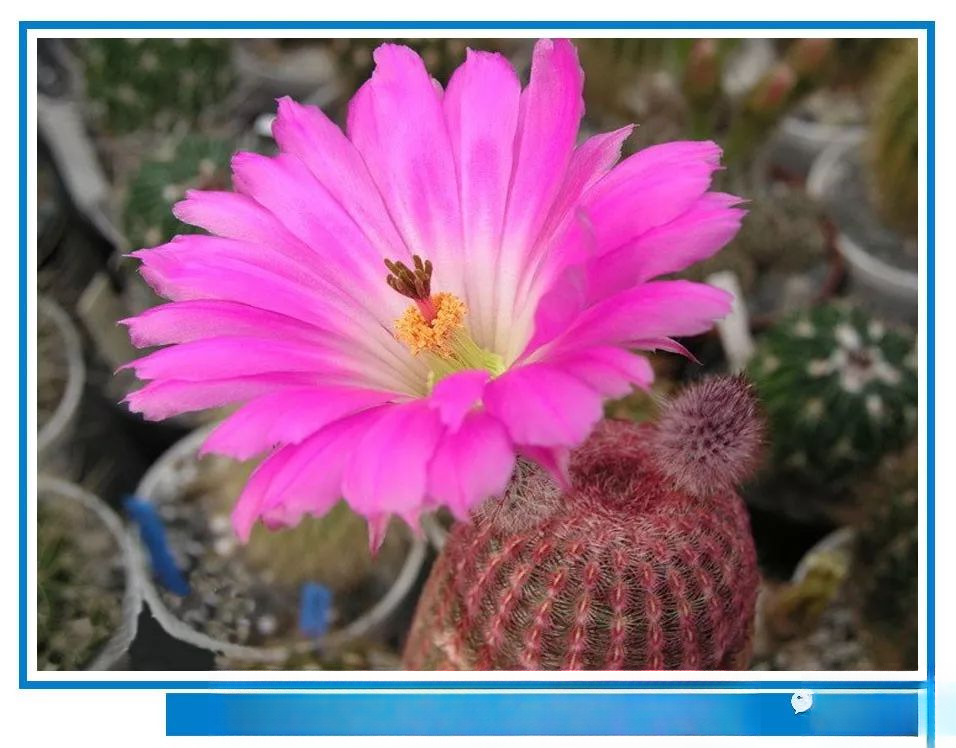
——Red Sun——
Red sun: Cactaceae. Habitat: Mexico-Coahuila Zaragoza, extremely rare.
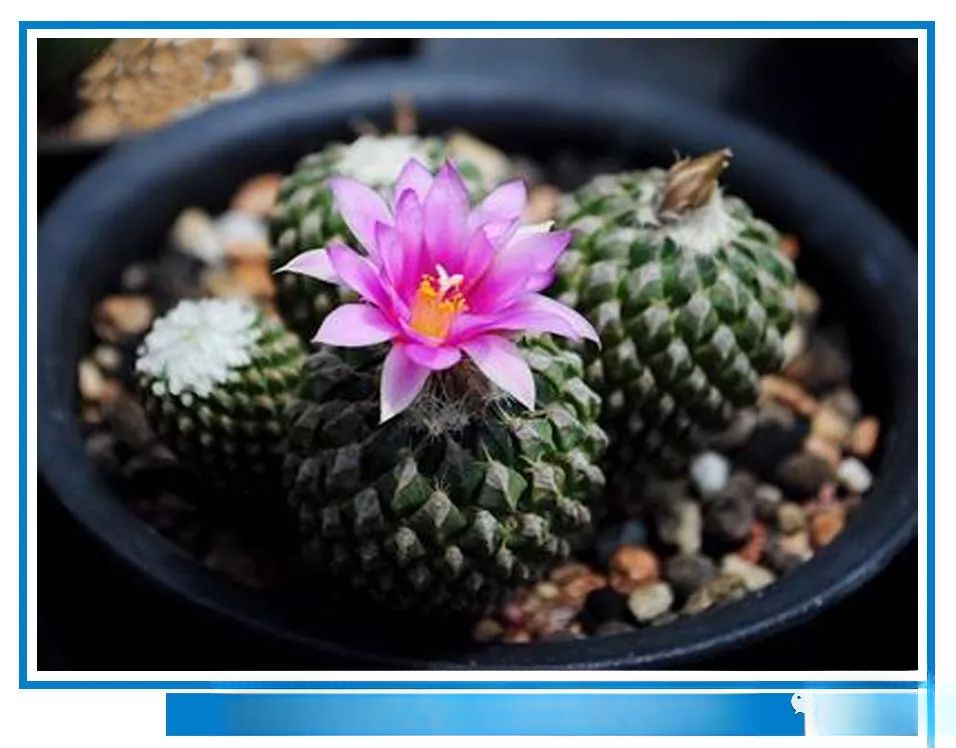
——Purple Prince——
Purple Prince: The thorns are very beautiful. The plant has 16 to 20 thorns, no central thorn, the purple prince ball is small, small warts, new thorns are ivory white, very beautiful. The purple prince flower is very beautiful, about 1 to 2 cm, purple-red in color, blooming from May to July, cross-pollination.
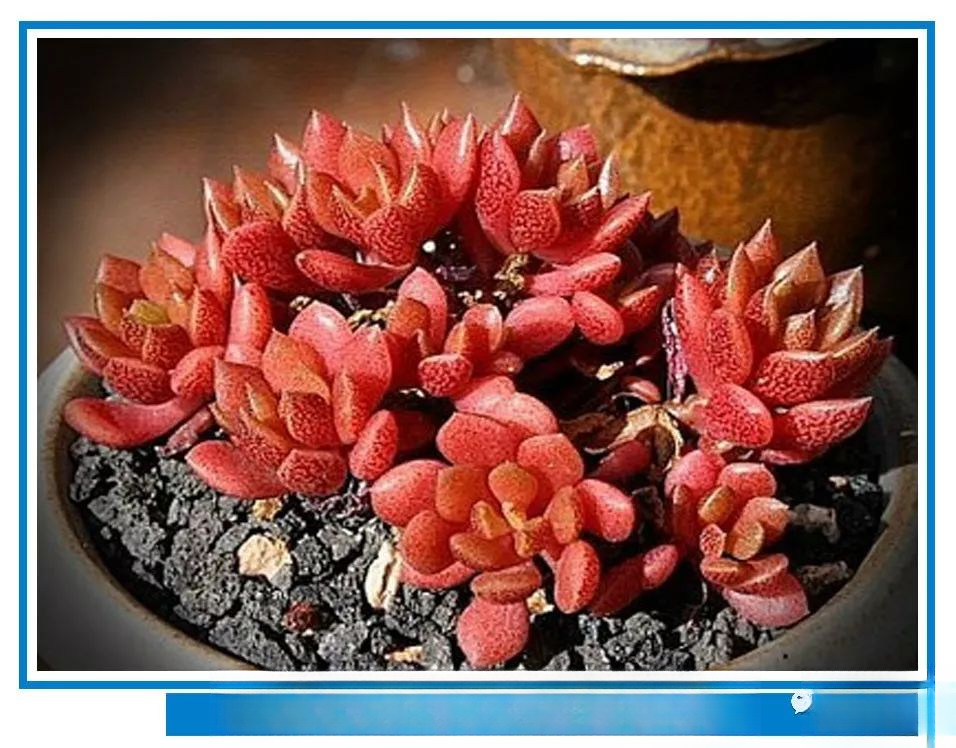
——Tachida Feng——
Echeveria tata: A succulent plant of the genus Echeveria in the Crassulaceae family, the plant color is blue-gray.
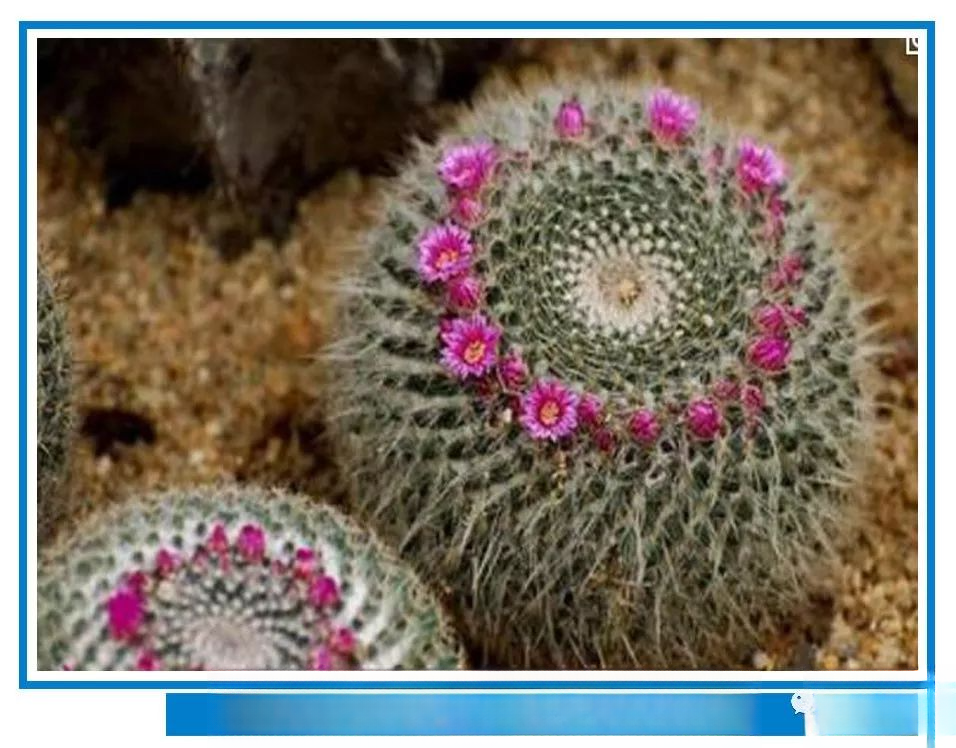
——Planet of the Apes——
Orangutan Ball: It belongs to the genus Mammillaria in the Cactaceae family. The plant is solitary, cylindrical, with wool and prickles in the axils of the tubercles. The flowers are light red to purple-red. It is widely cultivated and has many varieties. It belongs to the genus Mammillaria in the Cactaceae family. The plant is solitary, cylindrical, 30cm high and 10cm in diameter. The stem has no white latex. There are wool and prickles in the axils of the tubercles. There are 20 to 30 radial spines, usually white, but also yellow, brown or red; there are 7 to 15 middle spines, needle-shaped, one of which has a hook. The flowers are light red to purple-red, with a diameter of 1.5cm.
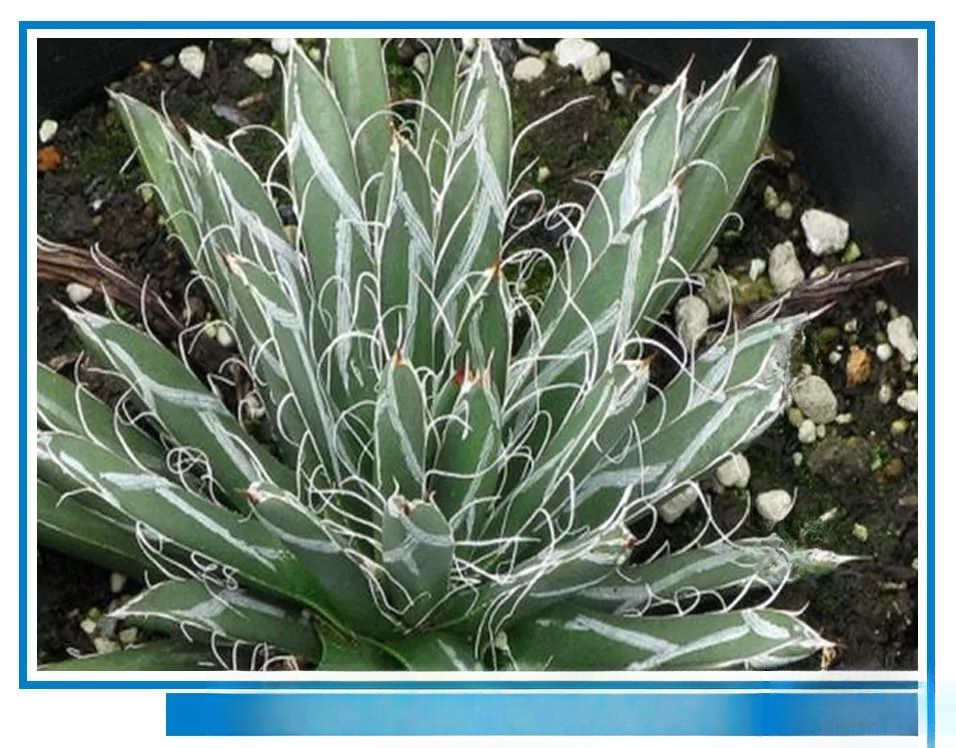
——Ji Luanxue——
Agave Ji Luanxue: Alias: Small-flowered Agave, rosette-shaped leaf disk with a diameter of 15 cm to 20 cm, narrow lanceolate leaves, 10 cm long, about 2 cm wide, top thorn about 0.5 cm long, dark green leaves with white lines, and curled white cilia on the leaf edges.
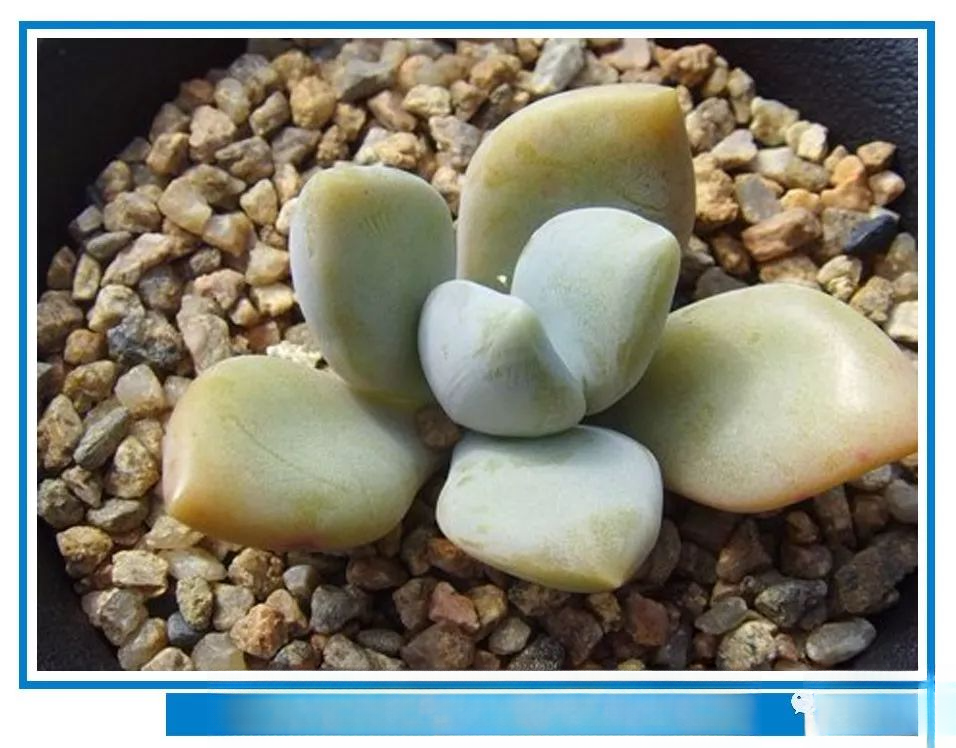
——Winter Beauty——
Winter Beauty: Also known as Eastern Beauty, it belongs to the genus Crassulaceae, Crassulaceae. It likes warm, dry and sunny environment. It is drought-resistant, but not cold-resistant and hot and humid weather in summer. It has no obvious dormancy period.
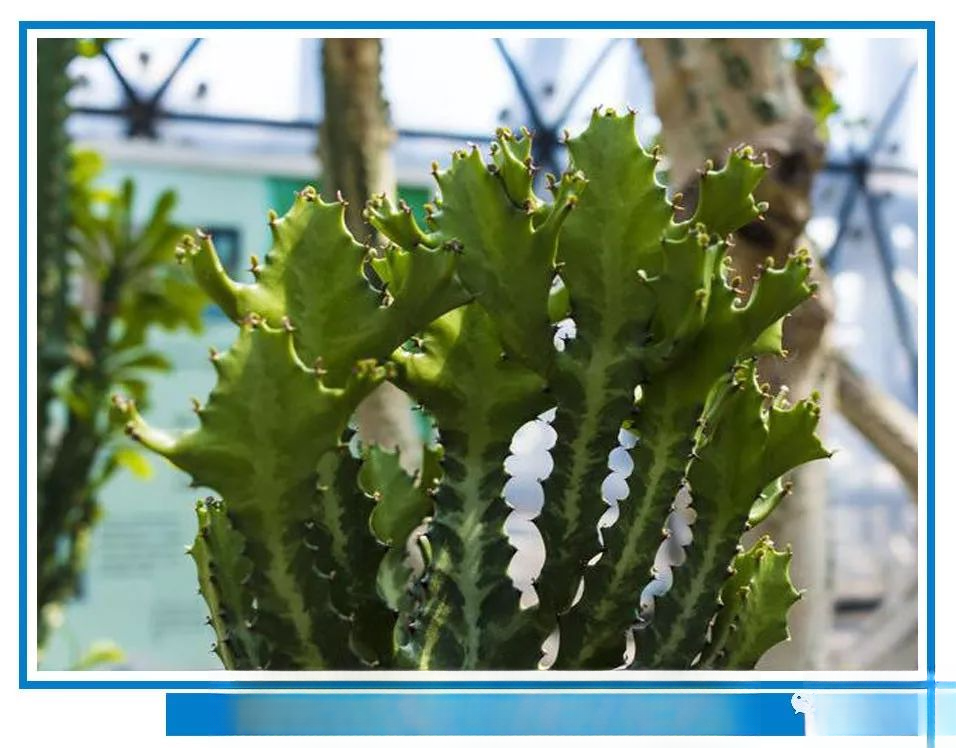
——Asagi Pavilion——
Chaowu Pavilion: The plant is weakly climbing, with flat stem nodes, 3-3.5 cm long, 1.5-2 cm wide, with obvious midrib, light green body color, and slightly wavy edges. Flowers: Red and neat flowers, about 5 cm long, flowering during the Spring Festival. Chaowu Pavilion, the plant is weakly climbing, with flat stem nodes, obvious midrib, light green body color, and slightly wavy edges. The thorns are few and short, and the new thorns are red.
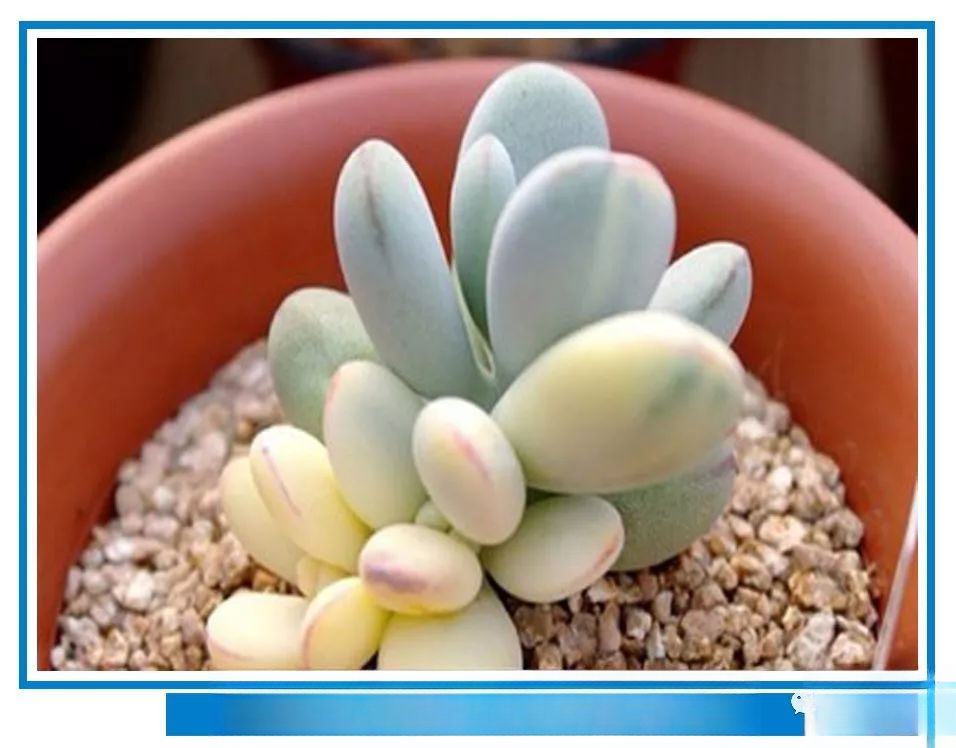
——Fu Niang——
The native place is Namibia in southwestern Africa. It is a succulent plant of the genus Sedum in the family Crassulaceae, also known as a succulent plant.
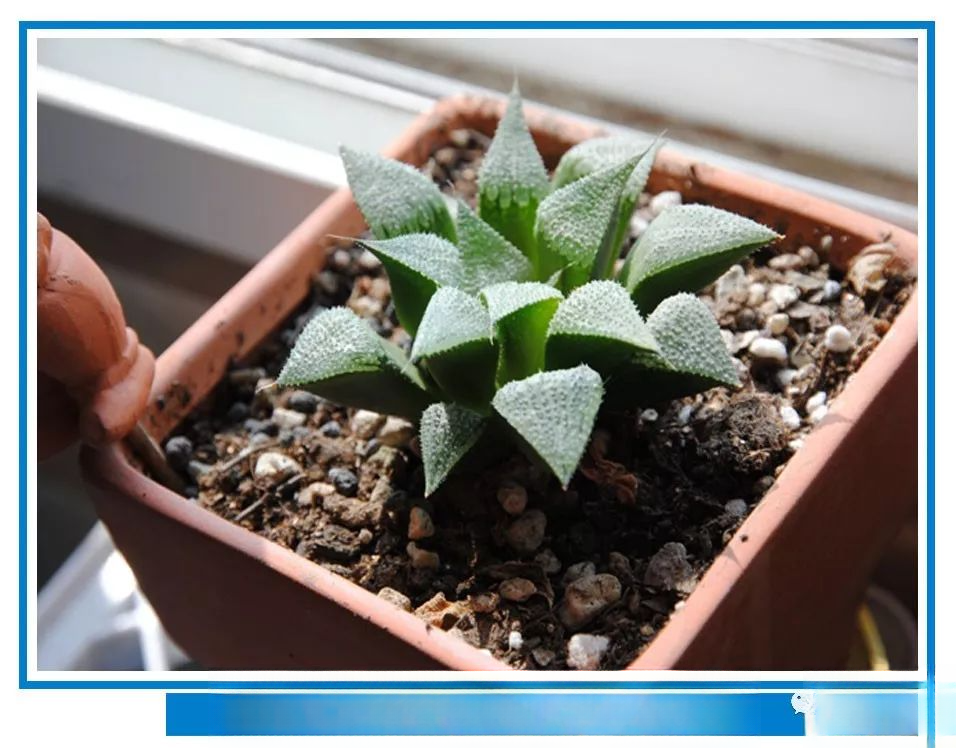
——Bluebird Longevity——
Bluebird longevity: a perennial succulent herb with a short, stemless plant.
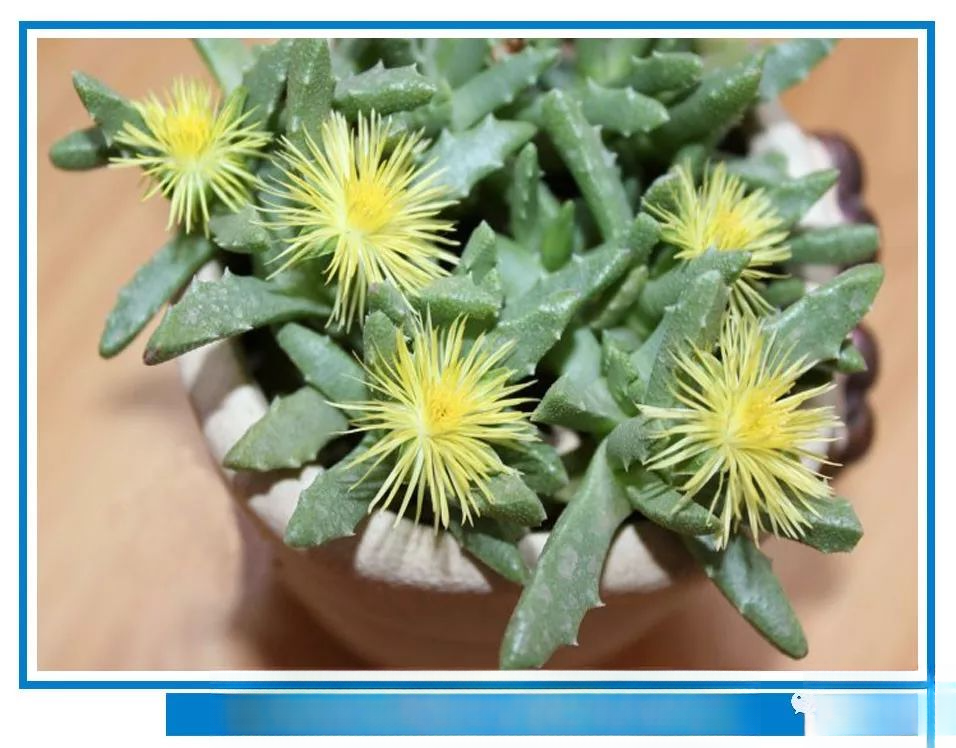
——Fragrant Waves——
Aromatherapy: It is a succulent plant of the genus Aizoaceae, native to southern Africa. It is one of the few succulent plants that blooms with fragrance, and the fragrance is not greasy and very refreshing. Aromatherapy is one of the few succulent plants that blooms with fragrance. It likes sunlight and requires little water. It hibernates in summer and winter. It is scheduled to reduce watering and increase indoor ventilation.

——Blue Column——
Blue column: columnar, plant height 80-100 (cm), often propagated by cuttings, it is an excellent landscape plant for potted plants and hedges.
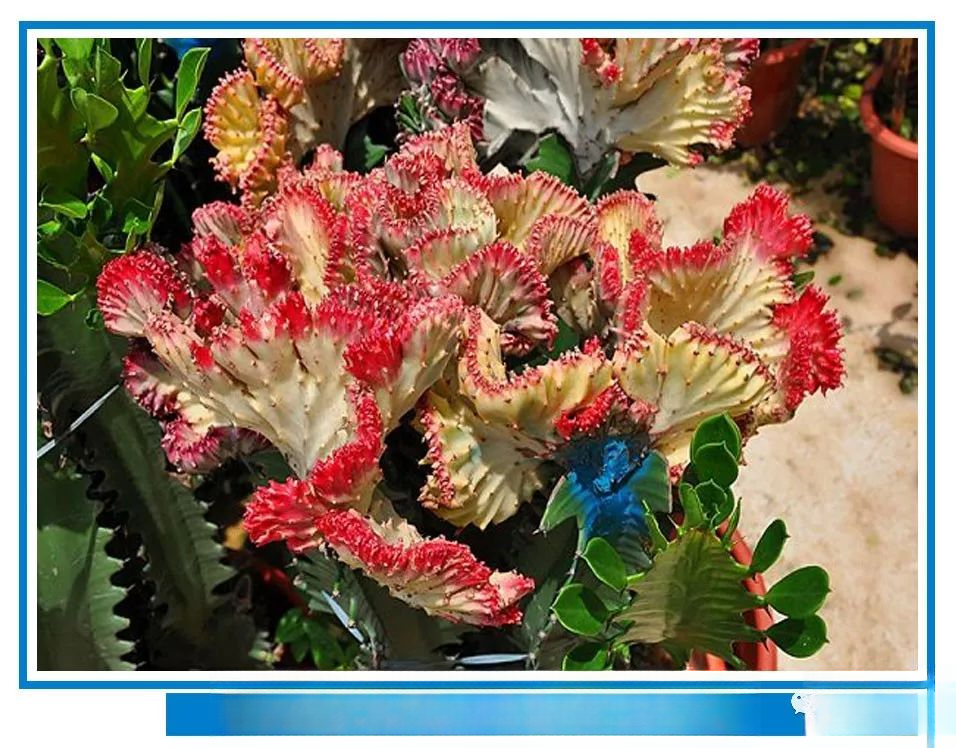
——Colorful Spring Peak——
Colorful Chunfeng: Other names: Chunfeng Jin, Chunfeng Zhihui Jin. It is a colorful variant of the perennial succulent plant Chunfeng Zhihui, which is a variegated variant of Chunfeng, and Chunfeng is a variegated (banded) variant of Dijin.
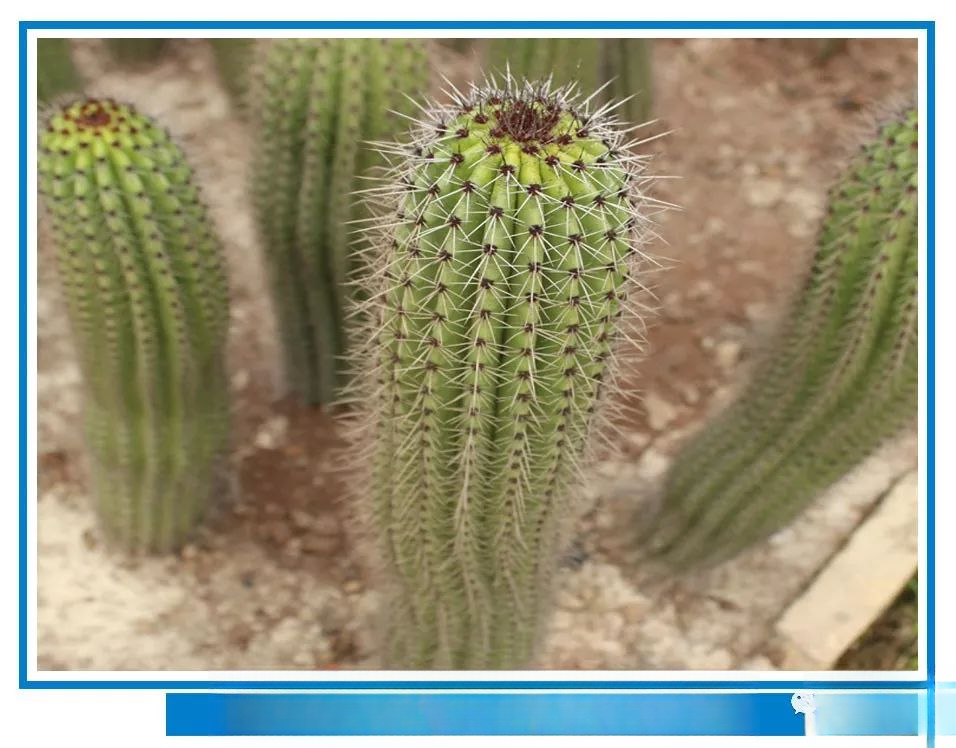
——Tea Pillar——
Tea column: Another name: King Pavilion. In the place of origin, it is 3 meters high and 18 cm thick. Ribs 12-17. The areoles have large brown velvet spots, the spines turn black to gray, and the middle spines are long. Red flowers. A plant of the genus Tea column in the Cactaceae family. Native to the United States and Mexico. In the place of origin, it is 3 meters high and 18 cm thick. Ribs 12-17. The areoles have large brown velvet spots, the spines turn black to gray, and the middle spines are long. Red flowers.
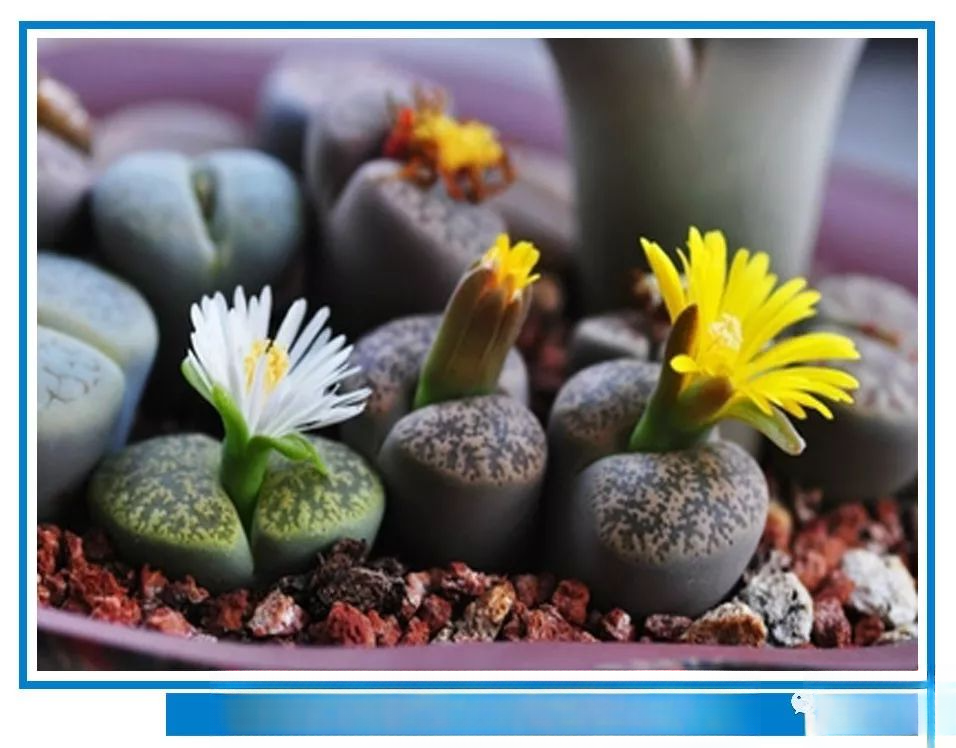
——Lu Meiyu——
Lu Meiyu: Other names: small stone flower, small living stone flower. Native to Cape Province, South Africa, it is now widely cultivated. The plant is similar to a spinning top, 2-2.5 cm high, with a flat or slightly convex top, nearly round. There are light gray-brown, blue-gray, gray-green, gray-brown and other colors. It is a perennial small succulent plant.
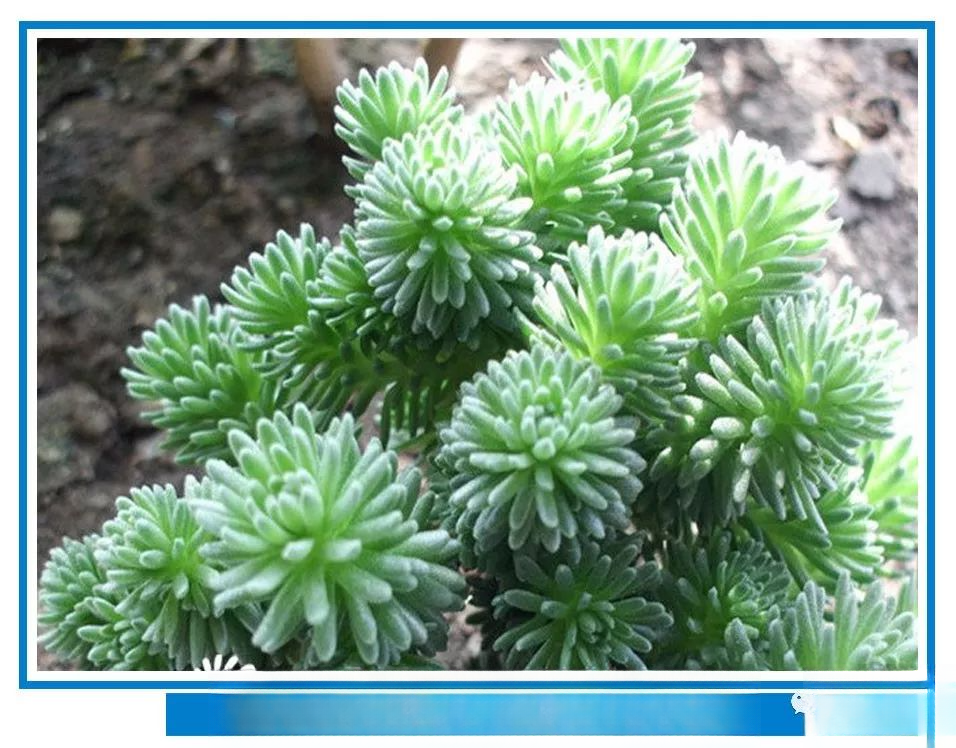
——Sedum recurvatum——
Sedum recurvatum: a perennial herb with white waxy, gray-green leaves arranged on twigs like spruce. The flowers are bright yellow and bloom from June to July. The branches are long and very hard. The leaves are curved at the tip and the whole plant is gray-green. The flowers are yellow and the plant is about 15 to 25 cm tall. It likes light and can tolerate semi-shade, drought and waterlogging. It can also be used to arrange flower beds or as a ground cover plant.
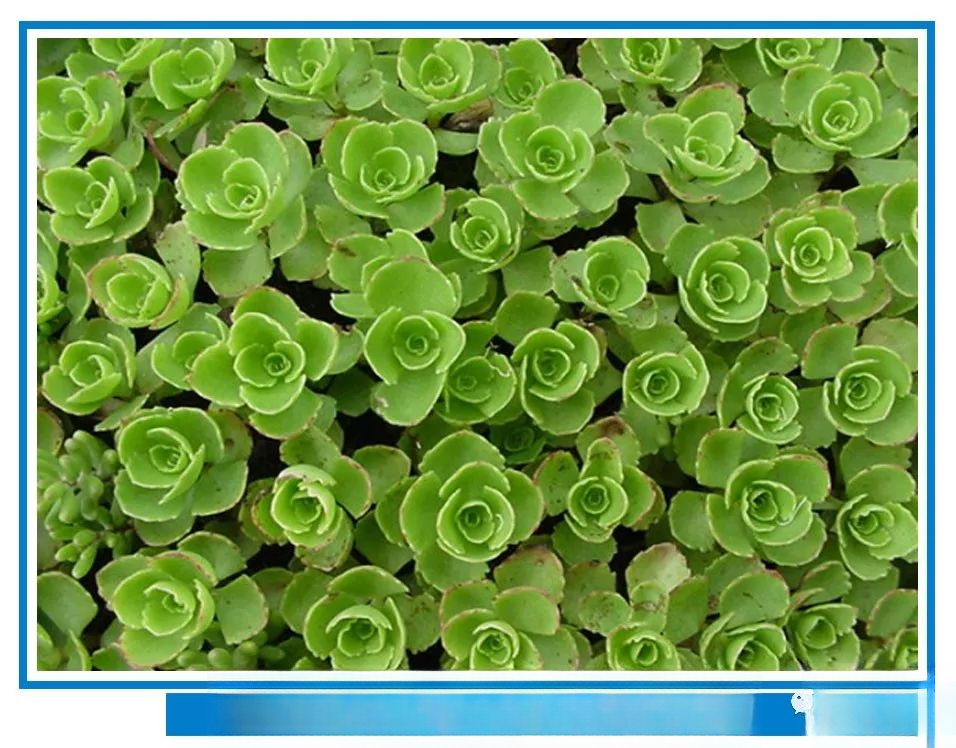
——Peony——
Peony: Also known as rabbit peony, fish peony, bell grass, bell heart grass, native to China, Siberia and Japan, it is a perennial herbaceous flower. The stem is erect, slightly outward, 30 to 60 cm high, and has root tubers. The leaves are opposite, with long petioles, and are two-three compound leaves, slightly similar to peony leaves. It blooms in April and May in Beijing, forming a raceme that is slanted to one side and droops. There are two sepals, which fall off early.

——Silver Edge Four Seas Wave——
Silver-edged Four Seas Wave: The plant grows densely and is very fleshy. The leaves are arranged in a cross-shaped pattern, united at the base, triangular at the tip, and the epidermis of the leaf margins and the keel of the back of the leaves is hardened. Most of the leaves have fleshy teeth, and the leaf margins have fleshy coarse cilia. The flowers are large and sessile, and the flower color is mostly yellow. It is dormant in summer. There are more than 30 varieties in this genus, and more than 10 species are commonly cultivated.
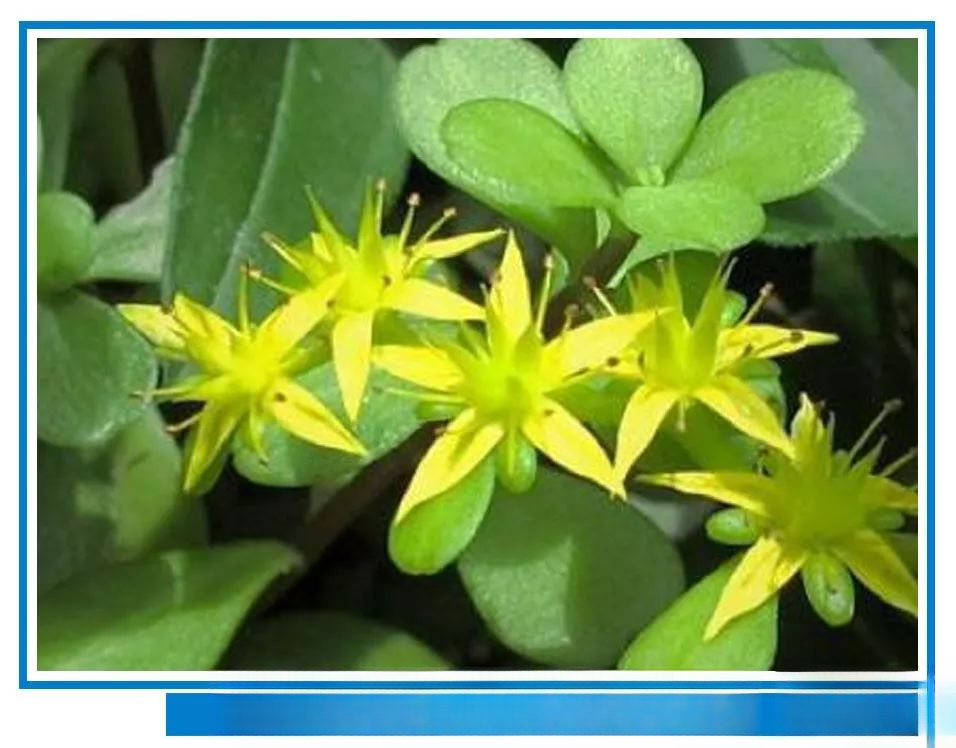
——Sedum concave-leaved——
Sedum sedum: a perennial creeping fleshy herb. 10-17 cm tall. The lower part of the stem nodes lies flat on the ground or underground, with adventitious roots on the nodes; the upper part is upright, lavender, and slightly quadrangular; the top of the leaves is round and has a depression; the branches and leaves are densely packed like a carpet, the flowers are small, yellow, and grow at the top of the flower branches. It blooms in April and May and bears fruit in June and July.
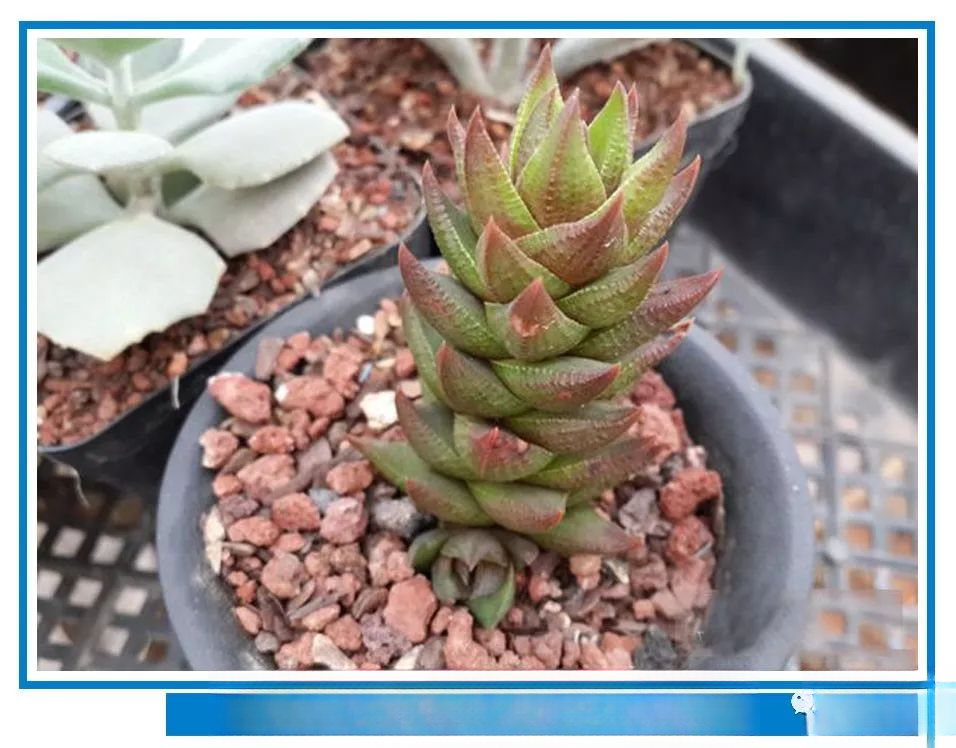
——Nine-wheeled Pagoda——
Liriope sempervivum: Also known as frost lily, Liliaceae, Liliaceae, genus Haworthia, perennial evergreen succulent herb. The stem axis is very short and does not grow upward. The leaves are thick, the tips are bent inward, and they are round and clasping the stem. The whole plant is columnar, and the leaves are arranged in rows. It is usually dark green, and slowly turns purple-red in the sun.
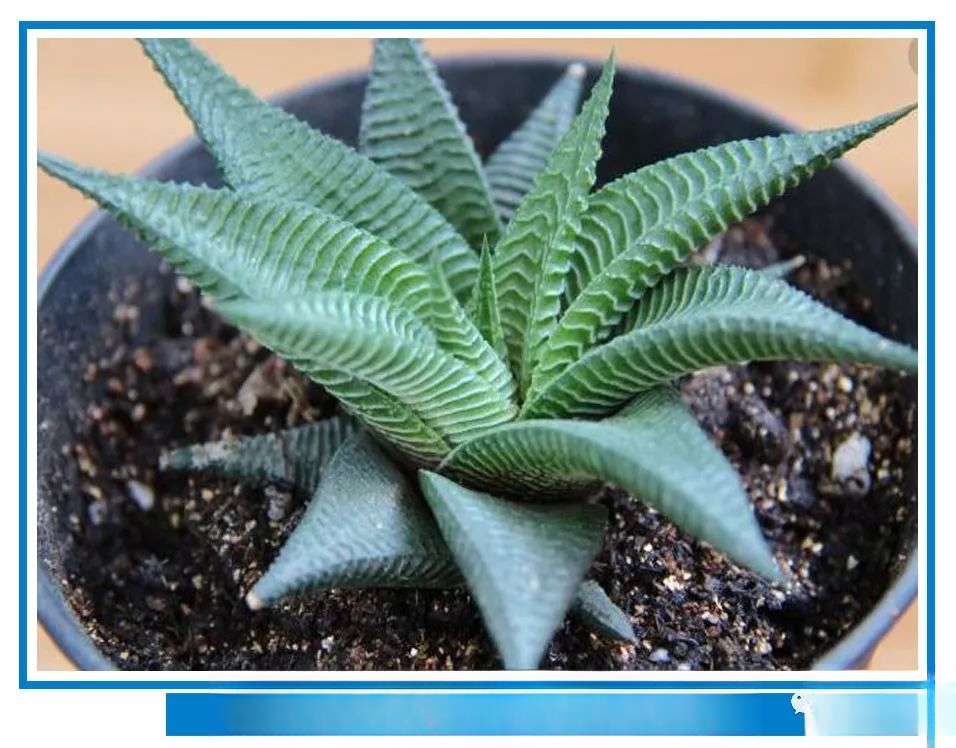
——Glass Palace——
Glass Palace: Also known as: Convolvulus hawk claw. It is a succulent plant of the genus Haworthia in the Liliaceae family. It is native to Transvaal Province, South Africa. Glass Palace has been cultivated for a long time. It has a peculiar leaf shape and a dignified and generous plant shape. It is an ideal species for interior decoration.
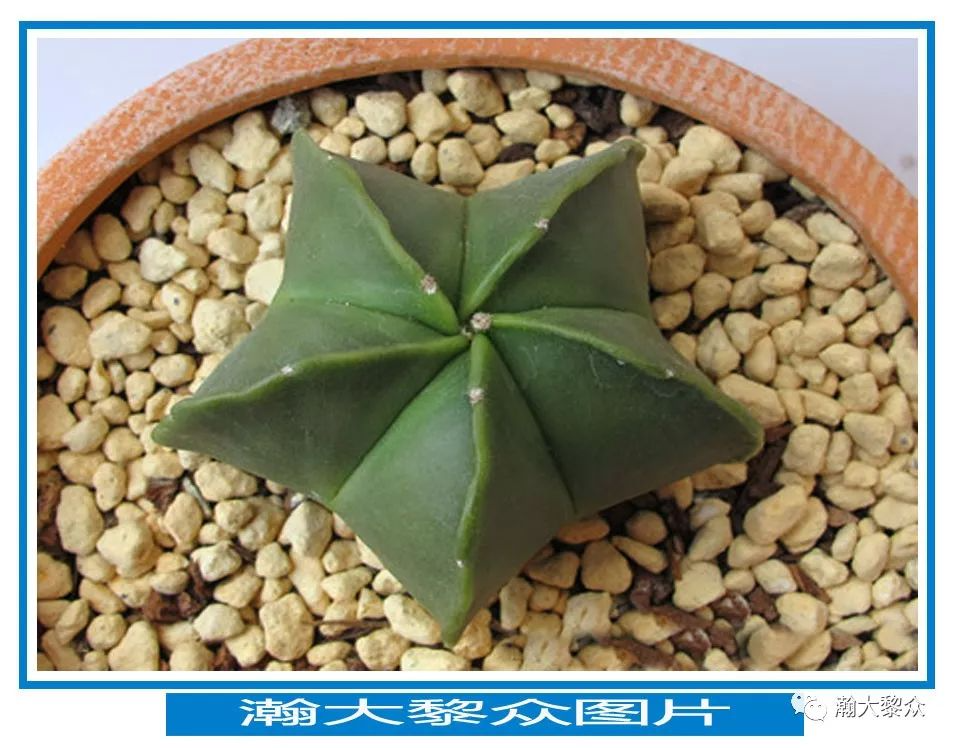
——Luanfeng Jade——
Luanfeng Jade: Other names: multi-stigma star, monk's cap. Cactaceae, star genus. The plant is solitary, initially spherical, and becomes columnar when grown up. The plant is about 60 cm tall, with a stem thickness of 10 to 20 cm, 3 to 10 triangular edges, sharp and straight ridges, and its cross section is very similar to a starfish. Among them, the five-sided one is the most common, the three-sided "triangular Luanfeng Jade" is rare and precious, and the four-sided "four-cornered Yangfeng Jade" is also called four-sided jade, with four wide edges that are evenly symmetrical and very interesting.
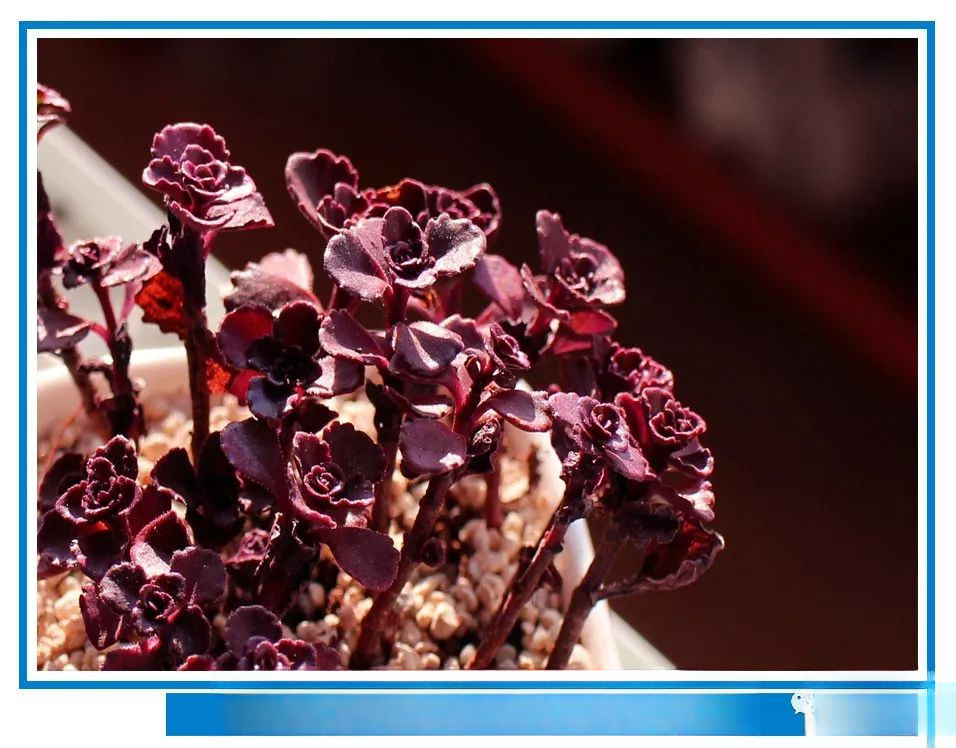
——Small ball rose——
Rose of the Small Ball: Also known as: Dragon Blood Sedum. It is a succulent plant of the Crassulaceae family, also known as a succulent plant. Compared with the fairy rose, the Rose of the Small Ball has a more delicate and exquisite appearance. It is very cold-resistant and drought-resistant, and has a strong covering ability. It can also grow in a semi-shady and humid environment.
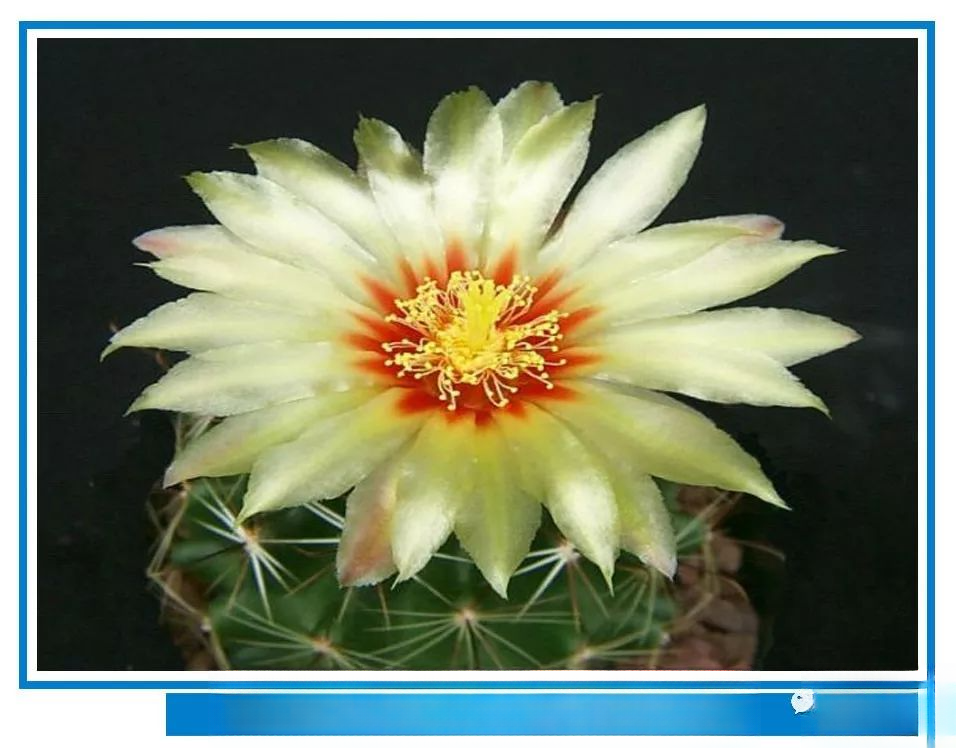
——Dragon King Ball——
Dragon King Ball: Also known as left-handed and right-handed, it belongs to the genus of hook ball in the cactus family. It is a spherical to cylindrical plant and is the best among cactus flowers. Dragon King Ball is native to southern Texas and northern Mexico, where the climate is hot, there is frost at night in winter, strong sunlight, and long drought period. The special geographical environment has created its unique morphological characteristics. Dragon King Ball is a variety of cactus, with left-handed and right-handed forms. The ball is elegant and emerald green, and the flower color is bright and eye-catching, with great ornamental value.
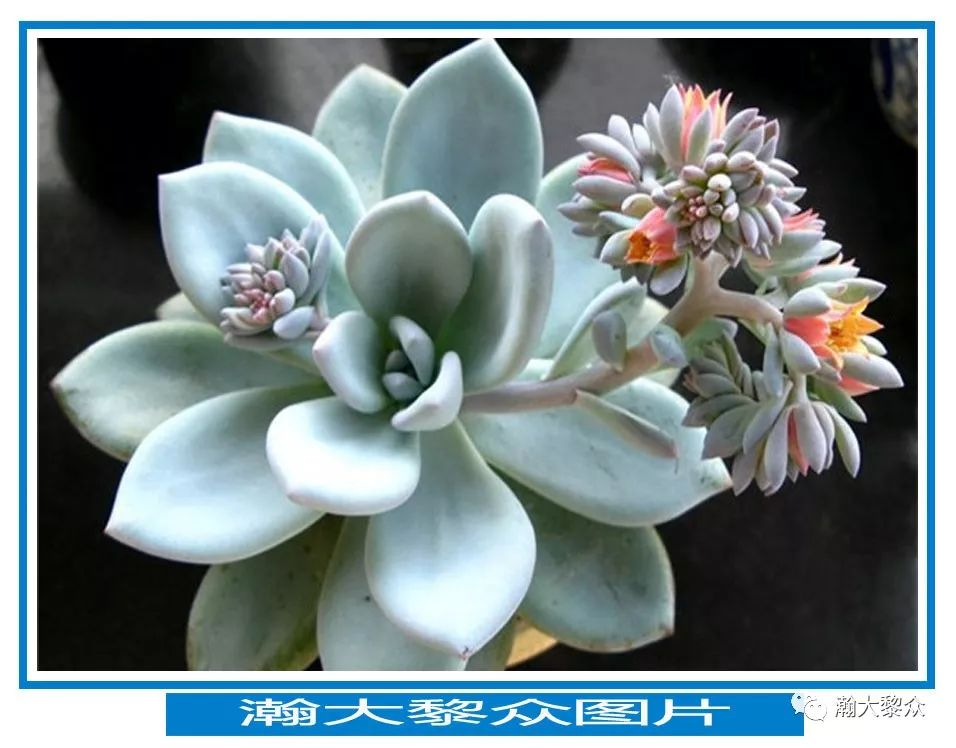
——Frost Morning——
Frost Morning: It is a succulent plant of the genus Echeveria in the Crassulaceae family. It likes warm, dry and ventilated environment. It likes light, is drought-resistant, cold-resistant and shade-tolerant. It has strong adaptability, but cannot tolerate strong sunlight exposure and has no obvious dormancy period.
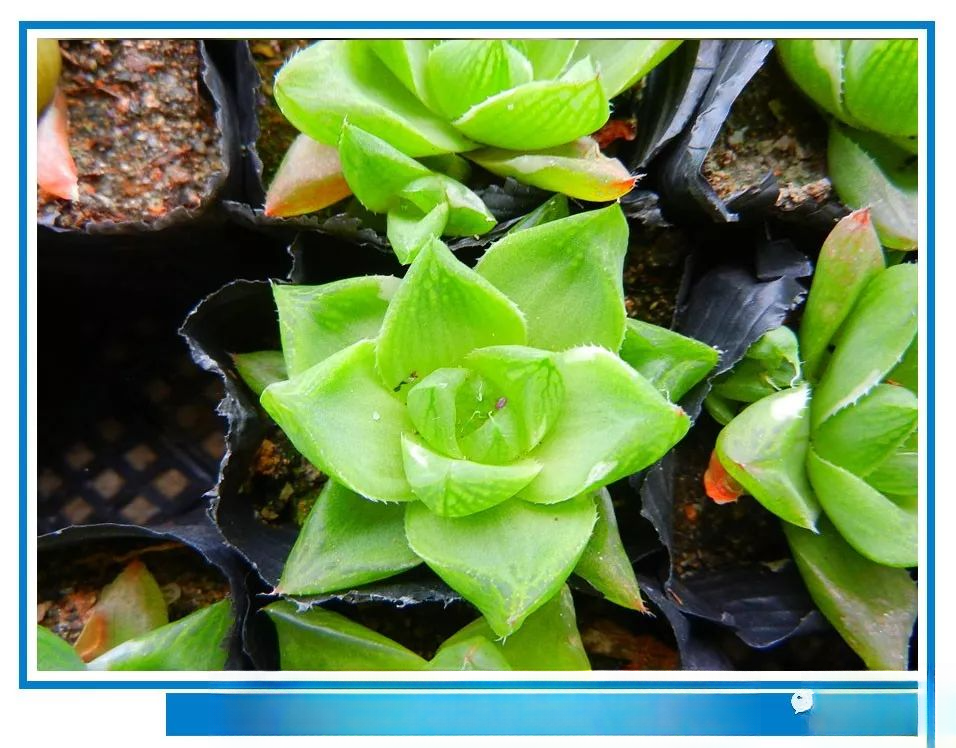
——Ningzhiju——
Gingzhiju: Also known as Jingzhihuajin. It is a succulent plant of the genus Haworthia (genus Haworthia) in the Liliaceae family. Gingzhiju is a variegated variety of Jingzhihua. The plant grows in groups, with flat stick-shaped triangular fleshy leaves arranged in a rosette shape. The leaf surface is flat and the back is raised. The whole leaf has yellow or white longitudinal stripes, and a few leaves are yellow or white in their entirety.
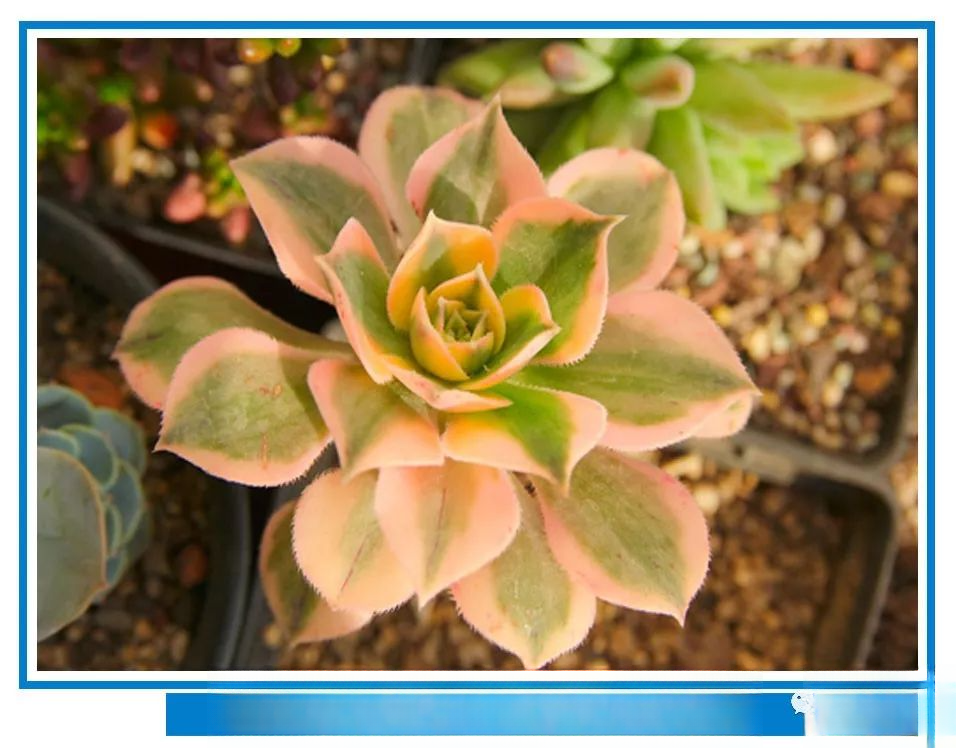
——Flower leaves, cold moon night——
Huaye Hanyueye: Alias: Brilliant. It is a perennial succulent herb of the Crassulaceae family and the genus Aeonium, also called Brilliant, and is a horticultural variety. It is a perennial succulent herb of the Crassulaceae family and the genus Aeonium, with fleshy leaves arranged in a rosette shape, and a leaf disk diameter of 15 cm to 20 cm.
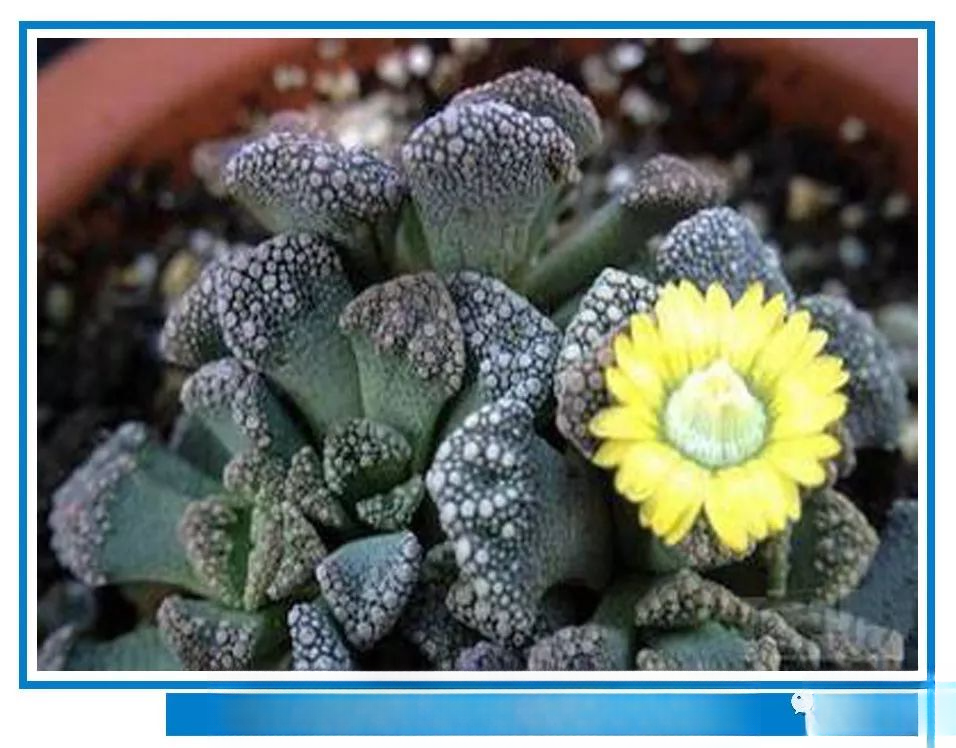
——Gray Li-pleated umbrella——
Glehnia littoralis, also known as tuberous mushroom, grows in groups on the forest floor in autumn. It is distributed in Heilongjiang, Jilin, Henan, Qinghai, and Yunnan. This mushroom has thick flesh and delicious taste. It is an excellent edible mushroom and can be cultivated artificially. It has anti-cancer effects. Glehnia littoralis grows in groups on the forest floor in autumn.
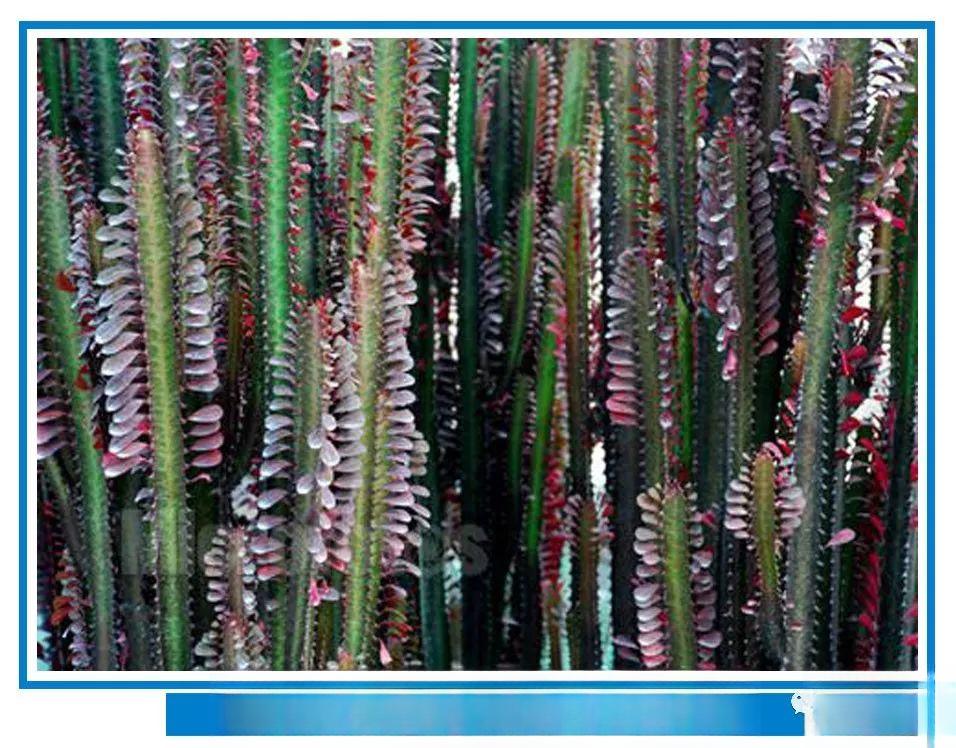
——Keel column——
Dragon Bone Column: Also known as Dragon Bone and Red Cloud Pavilion, it belongs to the Cactaceae family. It can be grafted with Tiger Barb and Christmas Cactus. It is a rare flower and tree with various colors.

——Starfruit Sedum——
Starfruit Sedum: A plant of the genus Sedum in the Crassulaceae family, it is endemic to Taiwan.
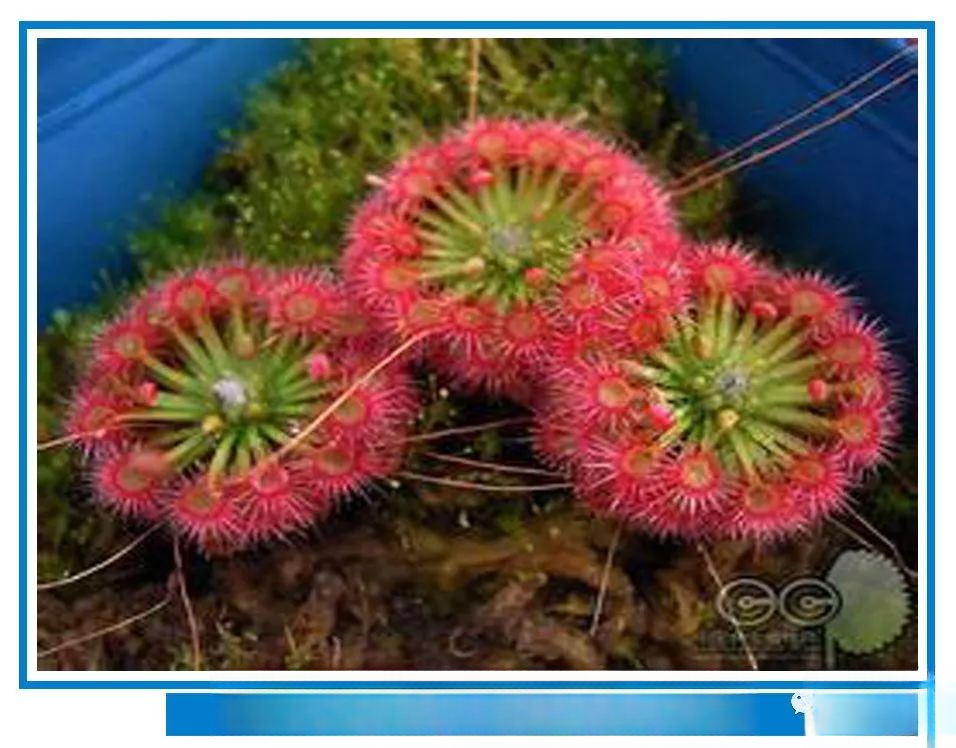
——Mini Drosera——
Mini Drosera: (affectionately called hairy moss), is a very popular species among players. It is also a very small carnivorous plant (only the size of a coin), but it is indeed small and delicate, very lovely! It is very ornamental when planted in groups!
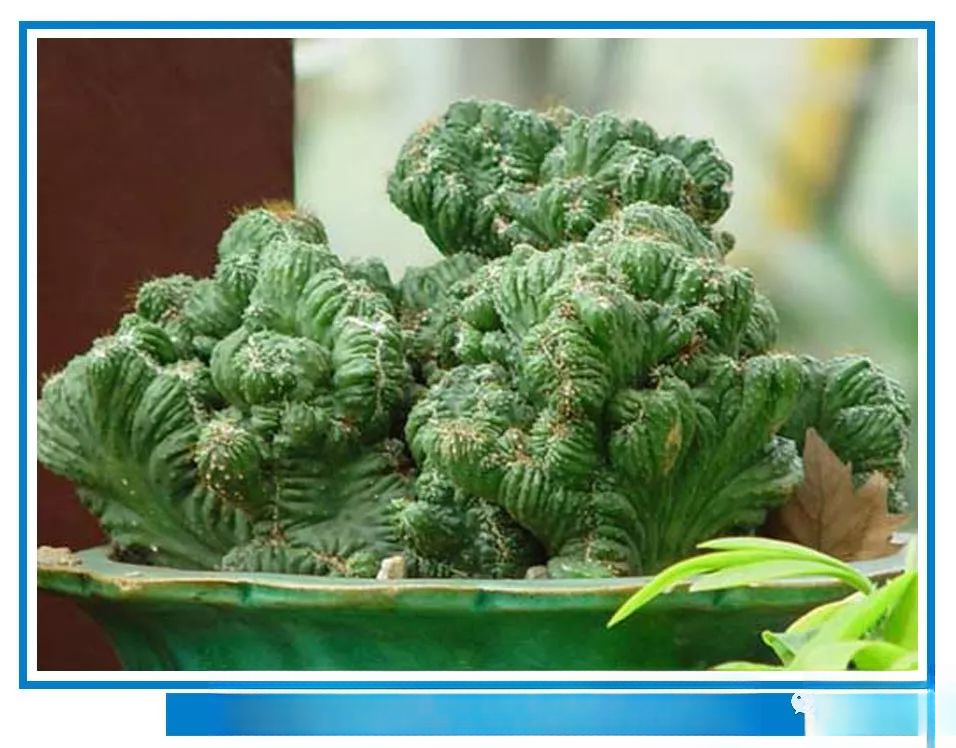
——Mountain Shadow Fist——
Shanyingquan: Because of its rugged and abrupt appearance, it is named Xianren Mountain. The shape, number and color of the peaks of Shanyingquan vary depending on the variety, and there are so-called "coarse code", "fine code" and "password" classifications. If Shanyingquan is planted in a purple clay pot, its shape is like a mountain but not a mountain, like a stone but not a stone, and it is green all year round and full of vitality, just like a unique "mountain stone bonsai". Shanyingquan is a plant and looks like a mountain, lush and undulating. It is suitable for potted plants and can be placed in halls, study rooms, windowsills, coffee tables, etc.
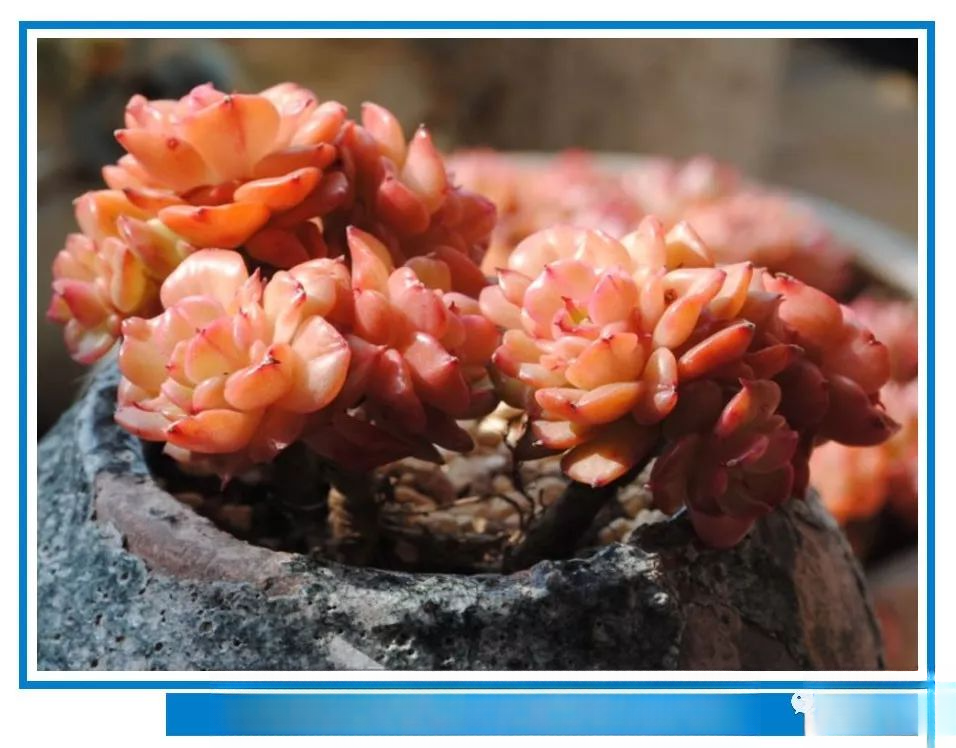
——Wax Peony——
Wax peony: It is a horticultural variety. It can turn redder and yellower as long as it gets more light, less water and a large temperature difference. It is another native succulent plant of the genus Echeveria, and wax peony is a horticultural variety.
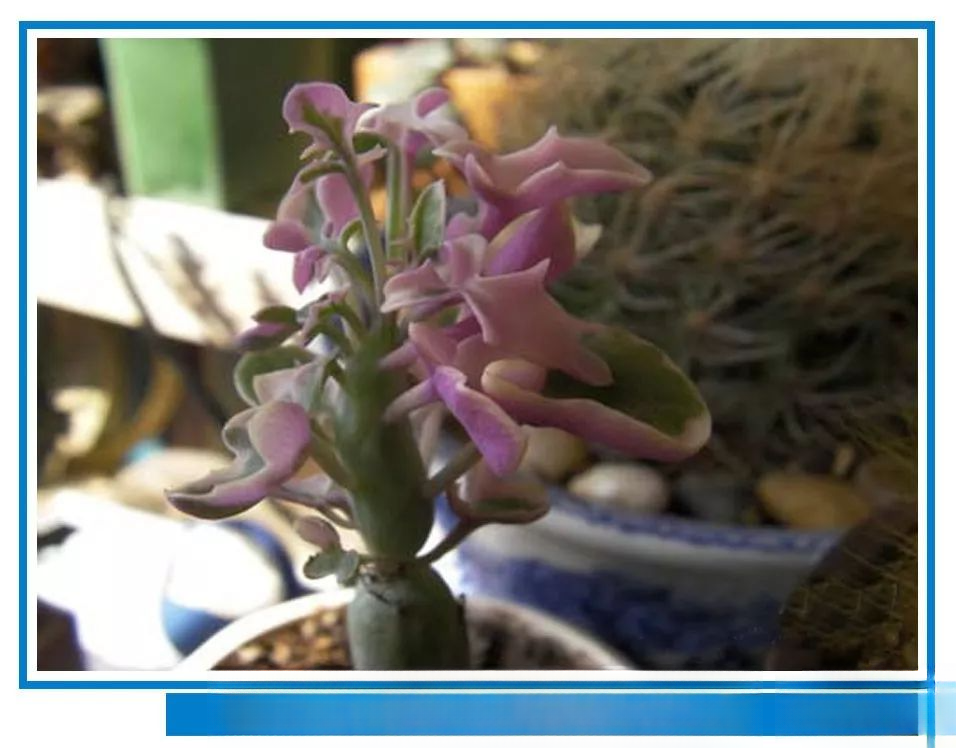
——Seven Treasure Tree——
Qibao Tree: It is strong and prefers partial shade. It likes coolness and growing under scattered light. It likes well-drained sandy loam and can safely overwinter as long as the temperature is above 0 ℃ and there is no freezing.
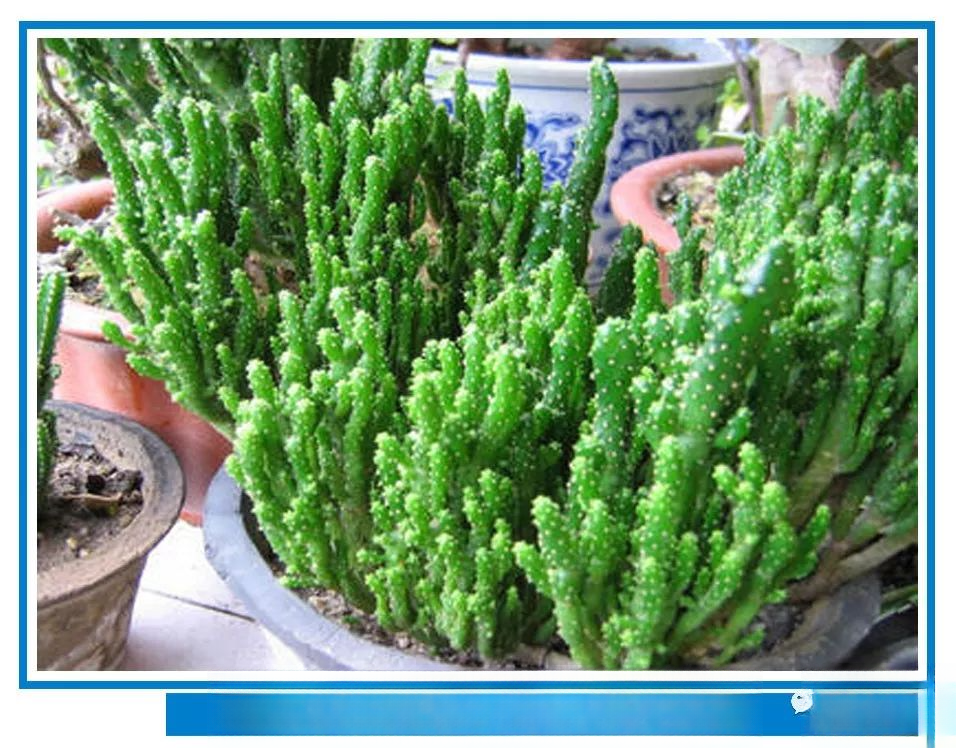
——Ji Shanhu——
Coralleaf: Shrub-like, with a generally round stem and yellow flowers, it blooms in midsummer. It likes sunlight but avoids exposure to the sun. It can be placed in front of a window, on a balcony, or in other places with bright scattered light. It should be water-saving and shaded during the dormant period in winter and summer. When watering during the growing season in spring and autumn, it is important to wait until the soil in the pot is completely dry before watering, and water the soil thoroughly. It can survive by cuttings.
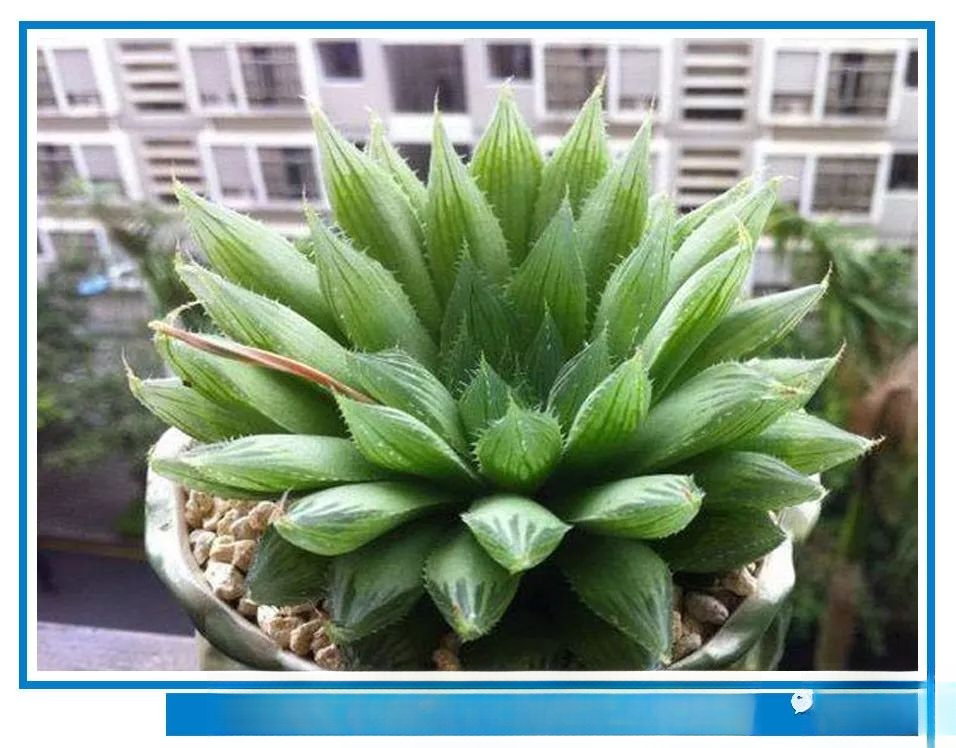
——Triangular Glass Lotus——
Triangular Glass Lotus: a succulent plant, also known as a succulent plant, which has certain ornamental value.
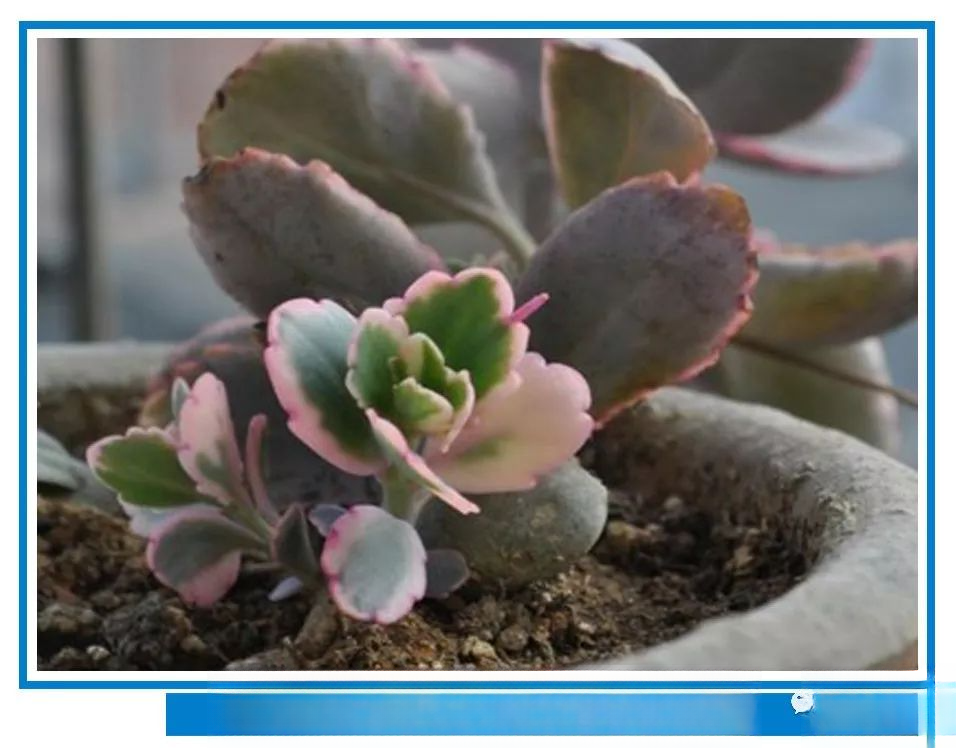
——Jade hanging clock——
Jade bell: plant name, alias: foreign bell, variable leaf sedum, butterfly dance, fine leaf ground root, etc. This species likes warm and cool climate environment and cannot tolerate high temperature and scorching sun.
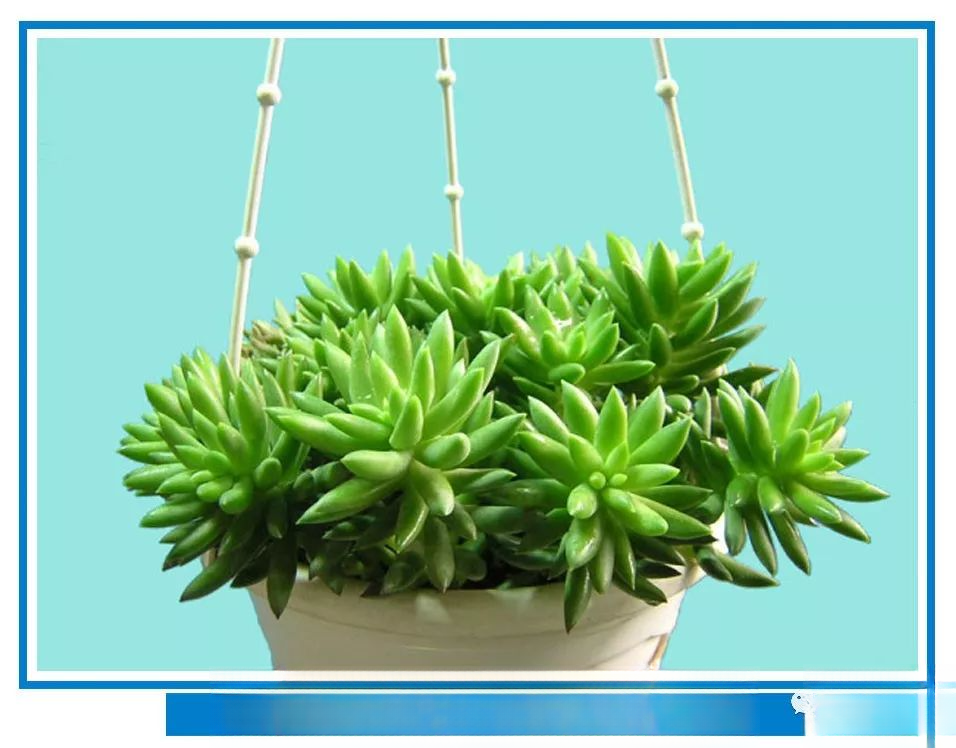
——Jade Bead Curtain——
Jade bead curtain: commonly known as beaded grass, a succulent plant of the Crassulaceae family. The optimum growth temperature is 20-30 ℃ . There are strip, flower and general types. The stems are drooping, and the leaves are powdery white-green, closely interplanted on the stems. Although the leaves of the jade bead curtain fall easily, it is also easy to germinate, take root and sprout. The pink-green color is like jade, crystal clear, sparkling in the light, deeply concerned, tapping the bead curtain...
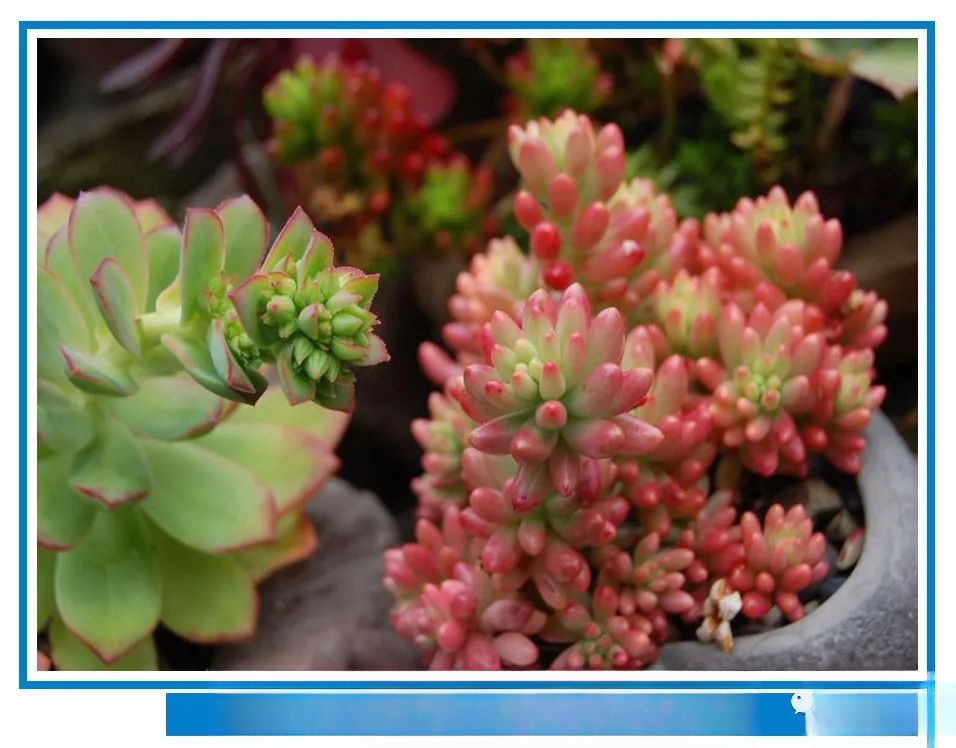
——Rainbow Jade Brocade——
Rainbow Jade Brocade: Rainbow Jade with patterned leaves is a brocade variety of Rainbow Jade. It is a perennial succulent herb. Because it grows upward, it is easy to form a blooming posture, which is also one of the pleasures of planting.
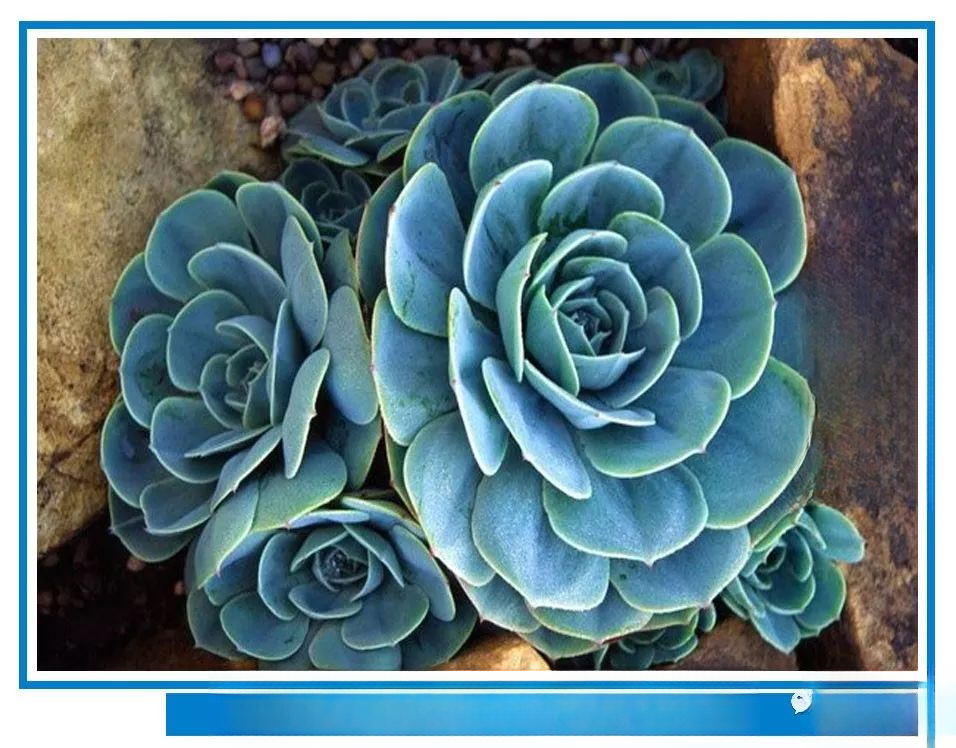
——Jade Butterfly——
Jade butterfly: Also known as stone lotus, gem flower, stone lotus palm, lotus palm, eight treasure palm. Perennial fleshy herb or subshrub, plant height can reach 60 cm, diameter can reach 20 cm. Leaves are alternate, rosette-shaped, borne on short stems, obovate spoon-shaped, light green, fleshy, with white powder on the surface. Monochasium inflorescence axillary; small flowers are bell-shaped, 5-lobed at the tip, ochre red, and yellow at the top. Follicles. Origin: Hidalgo, Mexico. One of the most common succulent plants in China.
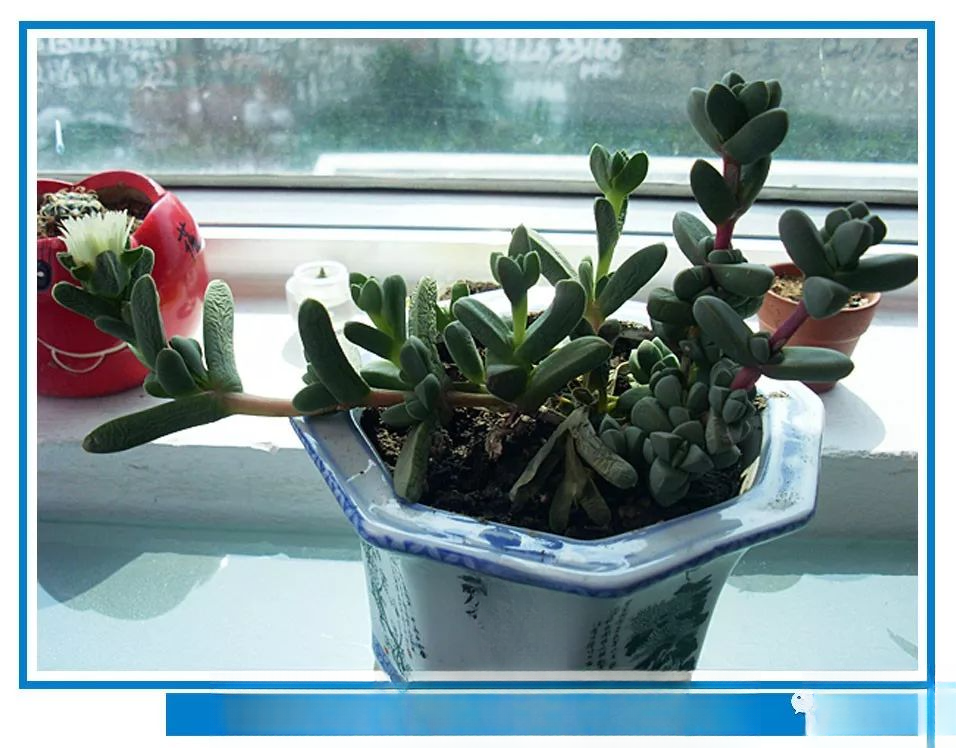
——Staghorn Begonia——
Staghorn Begonia: Also known as smoked chrysanthemum. It is a succulent plant (succulent plant) of the Aizoaceae family and the genus Staghorn Begonia. It is native to South Africa. It likes a warm, dry and sunny environment. It is afraid of cold, drought and high temperature. It requires fertile and loose sandy loam. The temperature in winter should not be lower than 15 ℃ . Its leaves are beautiful in shape and color, and have certain ornamental value; potted plants can be placed next to TVs and computers to absorb radiation, and can also be planted indoors to absorb formaldehyde and other substances to purify the air. It likes a warm, dry and sunny environment. It is not resistant to harm, drought and afraid of high temperature. It requires fertile and loose sandy loam. The temperature in winter should not be lower than 15 ℃ .
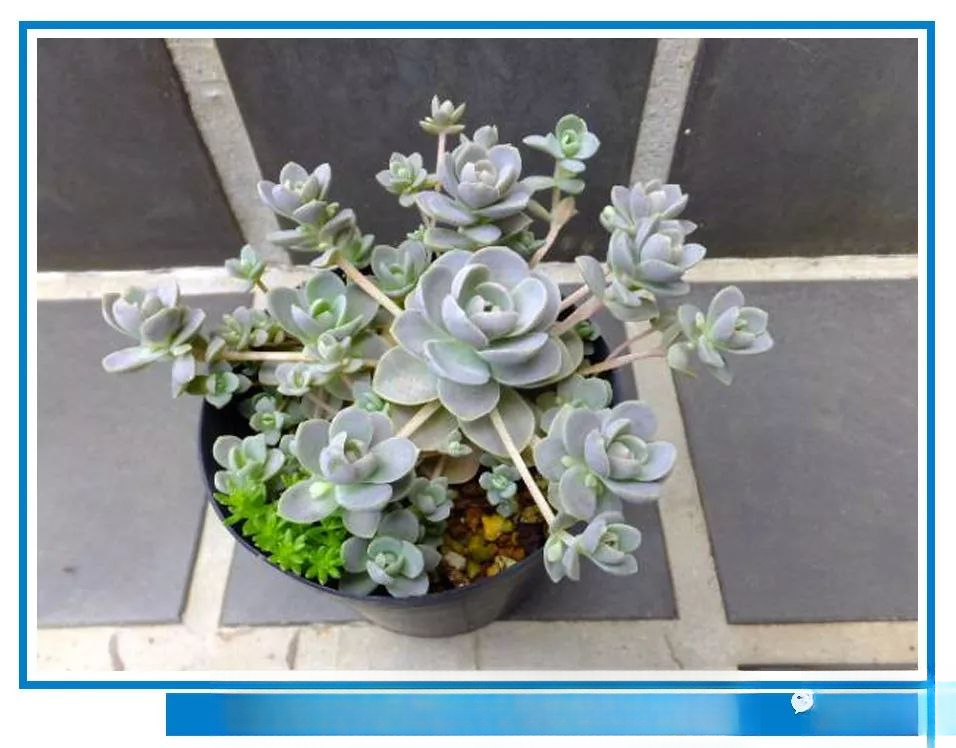
——The Son holds the lotus——
Zichi Lianhua: Another name: Bai Man Lian. One name comes from Japan, which means holding a child's hand, and the other means lotus, which simply and vividly expresses the appearance characteristics of the plant. Many people also call it "Zichi Nianhua", but this name has no basis. Considering that the pronunciation of "nian" and "lian" is similar, it should be a misunderstanding.
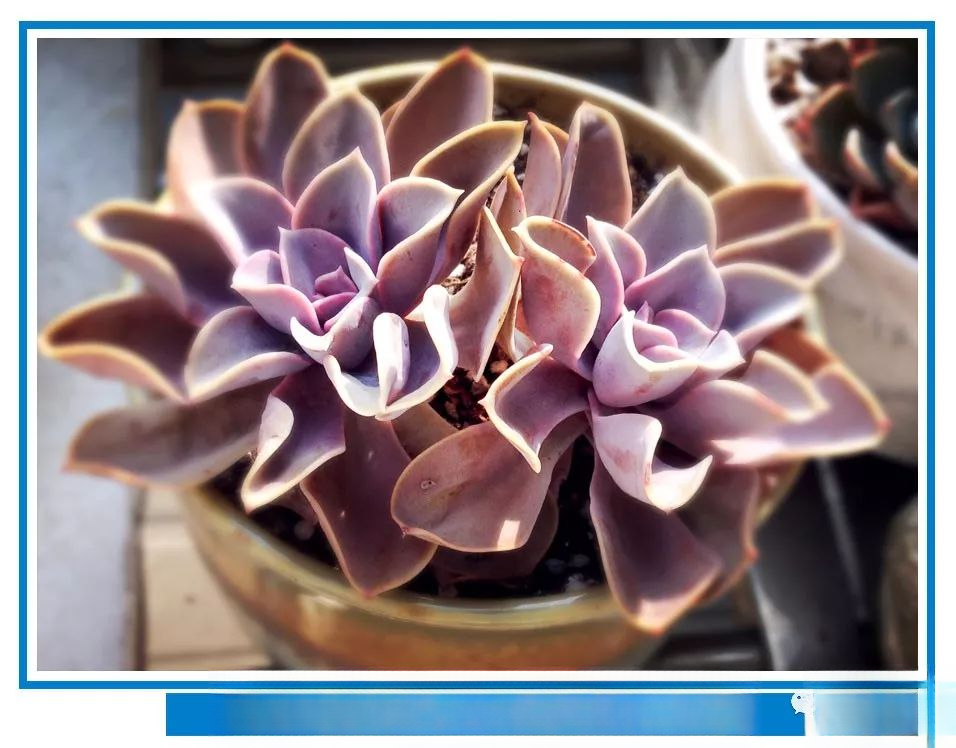
——Purple Pearl——
Purple Pearl: Alias: Nuremberg Pearl. It is a succulent plant of the genus Echeveria in the Crassulaceae family, also known as Nuremberg Pearl. It is a horticultural variety that is a hybrid of Pastel Lotus and Star Shadow. It has better color performance than its parents and is a very cost-effective succulent common product.
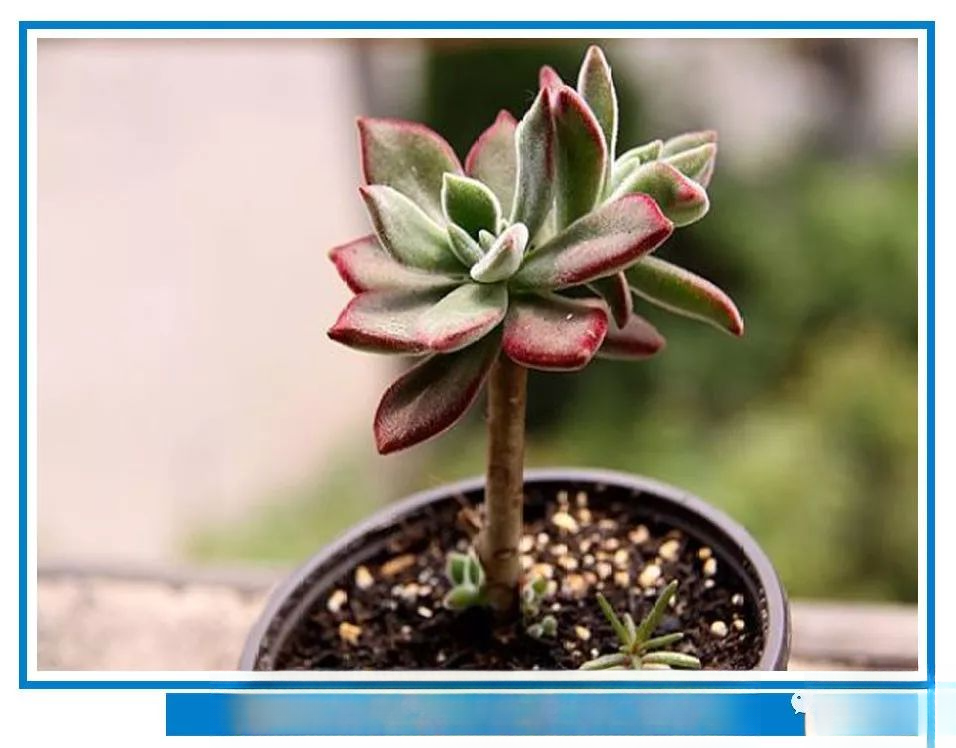
——Jin Huangxing——
Jinhuangxing: Belongs to the plant kingdom, the plant has branches, thin stems are round and stick-shaped, and are covered with reddish-brown hairs. The thick, fleshy leaves are oblanceolate, and are arranged alternately in a rosette at the upper part of the branches. The leaves at the base of the plant that has been cultivated for many years often fall off. The leaves are flat, green, and densely covered with white, short hairs on the surface. In the cool period with sufficient sunlight, the leaf margins and the upper part of the leaves are dark red. The inflorescence is spike-shaped, the small flowers are bell-shaped, the perianth is green, and also covered with hairs, the inner petals are orange-red to red, and it blooms in winter and early spring.
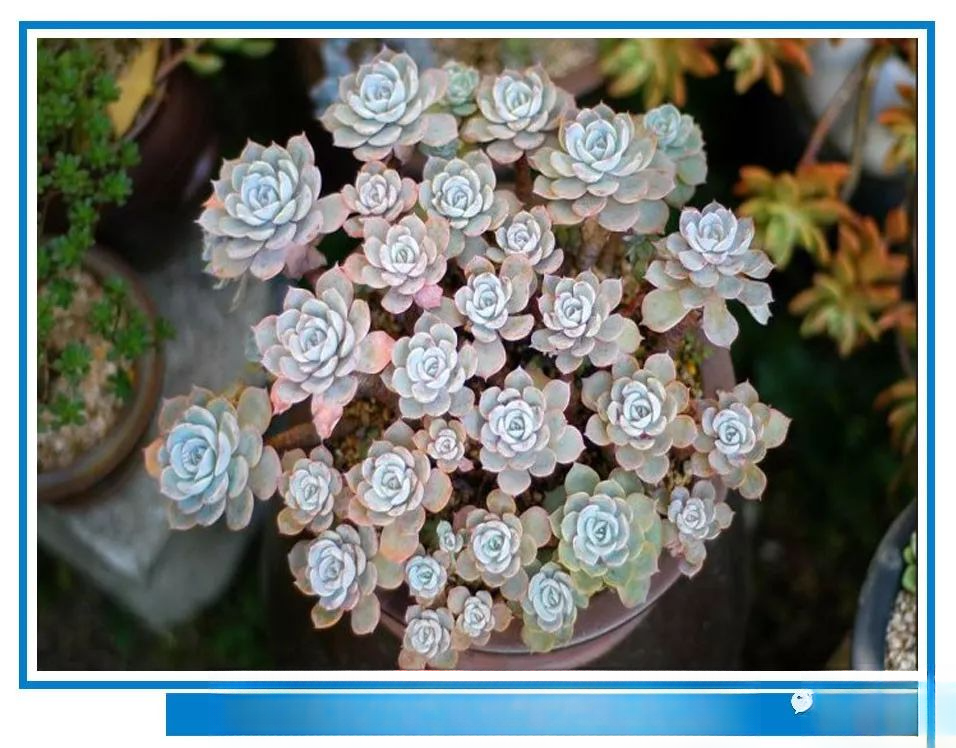
——Blue Stone Lotus——
Blue Stone Lotus: Crassulaceae Echeveria genus, blue-gray fleshy leaves, purple flowers. Blue Stone Lotus is a medium-to-large variety. Because the plant is blue all year round, it has no specific Chinese name. It is named Blue Stone Lotus based on the shape of the leaves.
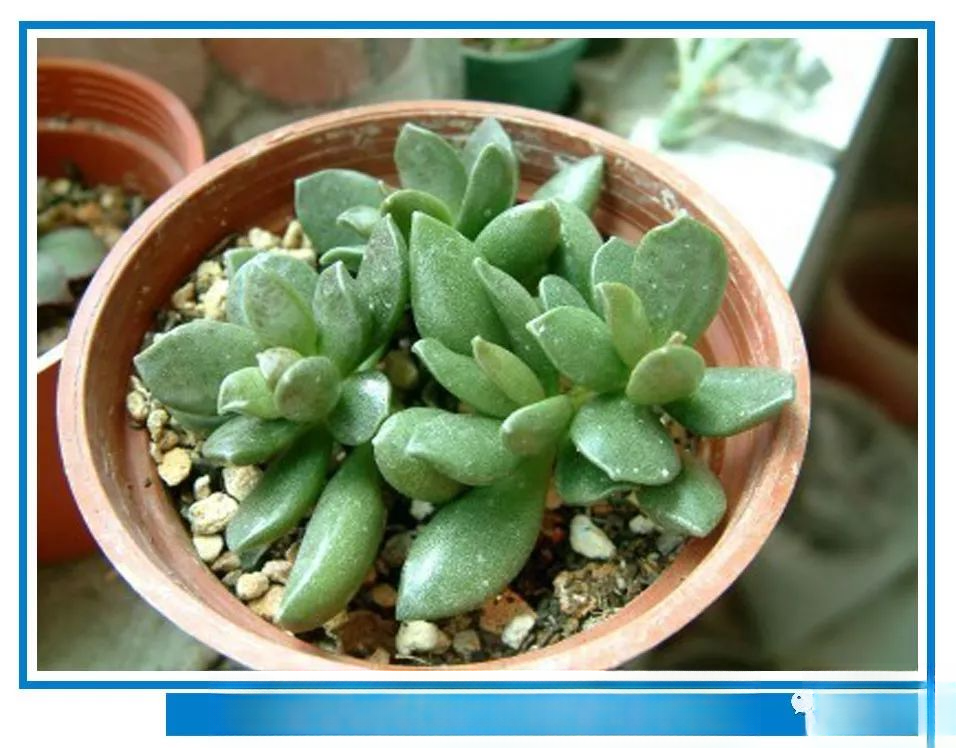
——Pineworm——
Pine worm: also known as Tianjin Star and Money Seal, it is a perennial herb with closely arranged leaves with light green spots on the leaf surface. The plant has thick woody stems and is prone to growing side branches. The groups of pine worms are very beautiful, but the flowers are not very beautiful. They have small spike-shaped inverted bell-shaped flowers with five petals and are cross-pollinated.
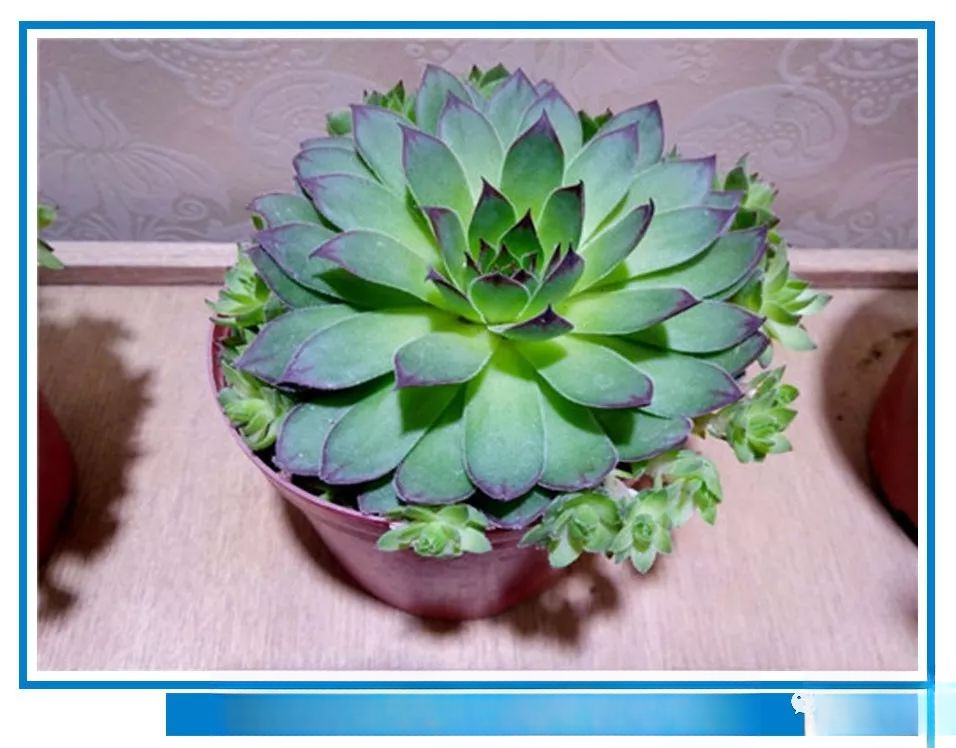
——Avalokitesvara Lotus——
Alocasia odora: Also known as: Immortal Grass, Alocasia odora, Buddha Seat Lotus. In fact, it can be divided into two types of plants. The one we usually grow at home is the Crassulaceae Alocasia odora, which has the same appearance as a lotus and is a succulent plant; and there is another type of plant with wide leaves and obvious veins, which belongs to the Araceae family and is also called Alocasia odora, which is a foliage plant. Immortal Alocasia odora, Alocasia odora, Buddha Seat Lotus, is a small succulent plant mainly for foliage viewing, and is also one of the succulent plants with relatively large sales in recent years.
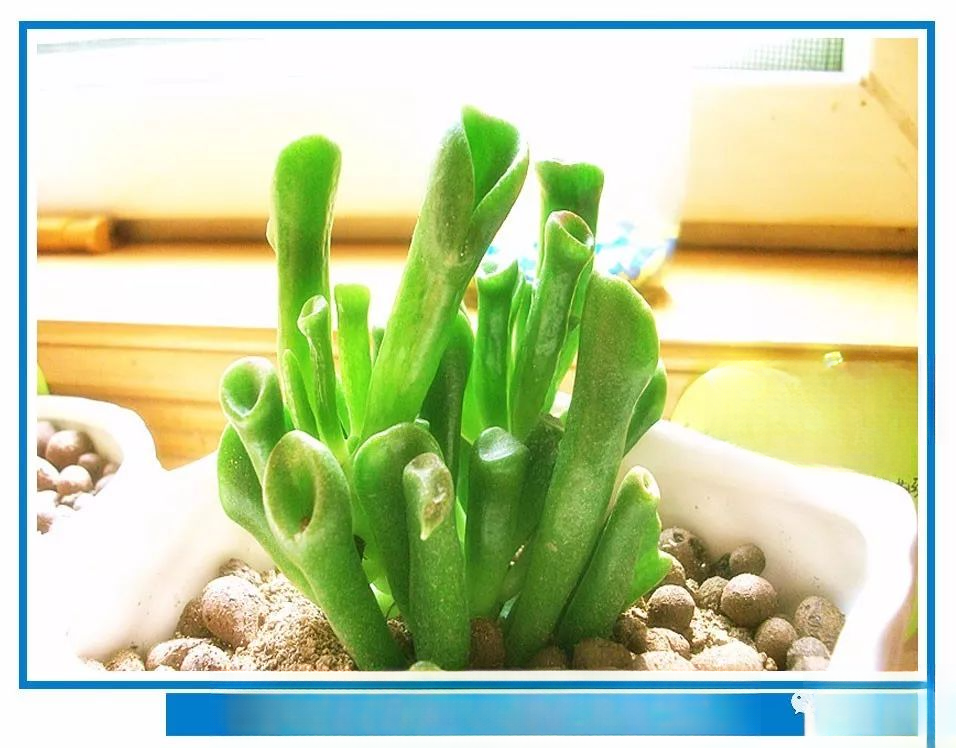
——Tube-leaf flower moon——
Tubular-leaved flower moon: It is also called horse-shoe horn because its cross section resembles a horse-shoe; it is also called horse-shoe red after the leaves turn red in the sun. It is also called "money-sucking tree". The plant is multi-branched, with a cylindrical stem and a yellow-brown or dark green epidermis. The leaves are alternate and grow densely in clusters at the top of the branches. The fleshy leaves are tubular, with an oblique cross section at the top. The cross section is mostly oval and slightly convex inward. The leaves are emerald green with a waxy luster. When there is sufficient sunlight, the cross section is red, which is very beautiful. Because of its peculiar leaf shape and pleasant color, it is an ideal small indoor foliage plant.
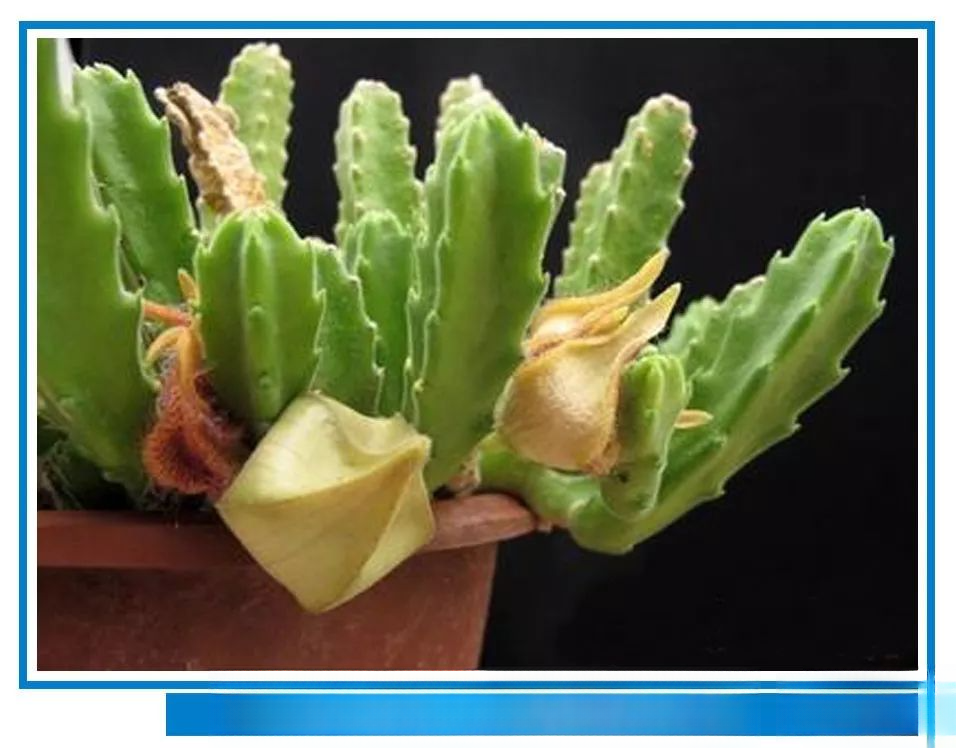
——Large flower rhinoceros horn——
Rhinoceros horn: Also known as starfish flower, stinky meat flower, a perennial succulent herb, a succulent plant with a peculiar flower shape grows in the Xishuangbanna Botanical Garden. Seeing the bare fleshy stems, people may mistake it for a cactus plant. But if you are lucky enough to see its flowers and fruits at the right time, you will understand that it is a Rhinoceros horn of the Apocynaceae family.
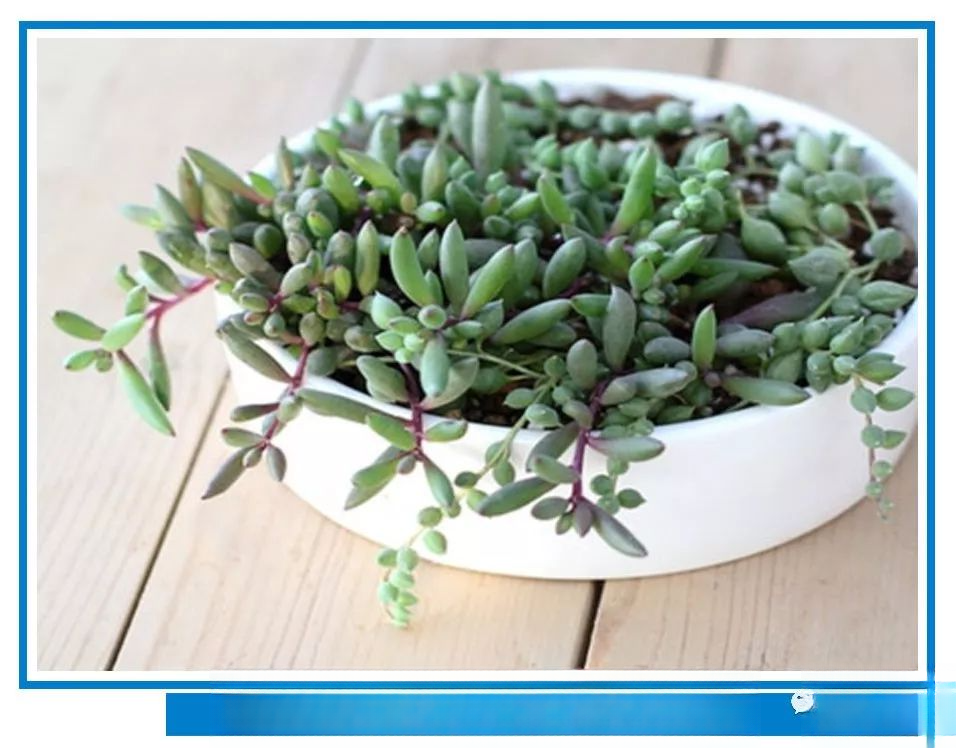
——Purple Crescent Moon——
Purple String Moon: Usually green, it turns purple when there is enough sunlight, hence the name. Asteraceae, Senecio genus. One of the varieties of succulent plants, the leaves are very peculiar. When there is enough sunlight, the stems and leaves will slowly change from green to purple-red. It blooms small yellow flowers in spring and autumn, which are very beautiful with its own purple-red color.
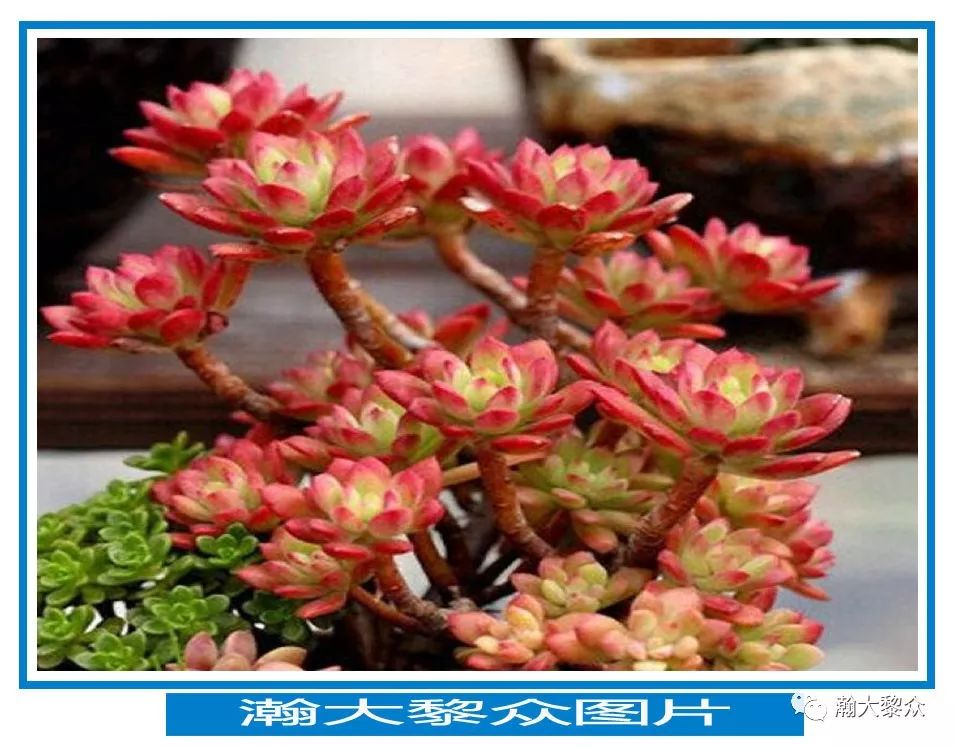
——Red Lotus——
Red lotus: Crassulaceae, Echeveria genus, Red lotus plant leaves are smooth, the edges of the leaves are slightly red, and the stems of the plants will gradually grow longer as they grow. The leaves are loosely arranged in a rosette shape, the leaves are broadly ovate to scattered triangular ovate, the leaf surface protrusions are slightly keel-shaped, and the leaf tips are acute.
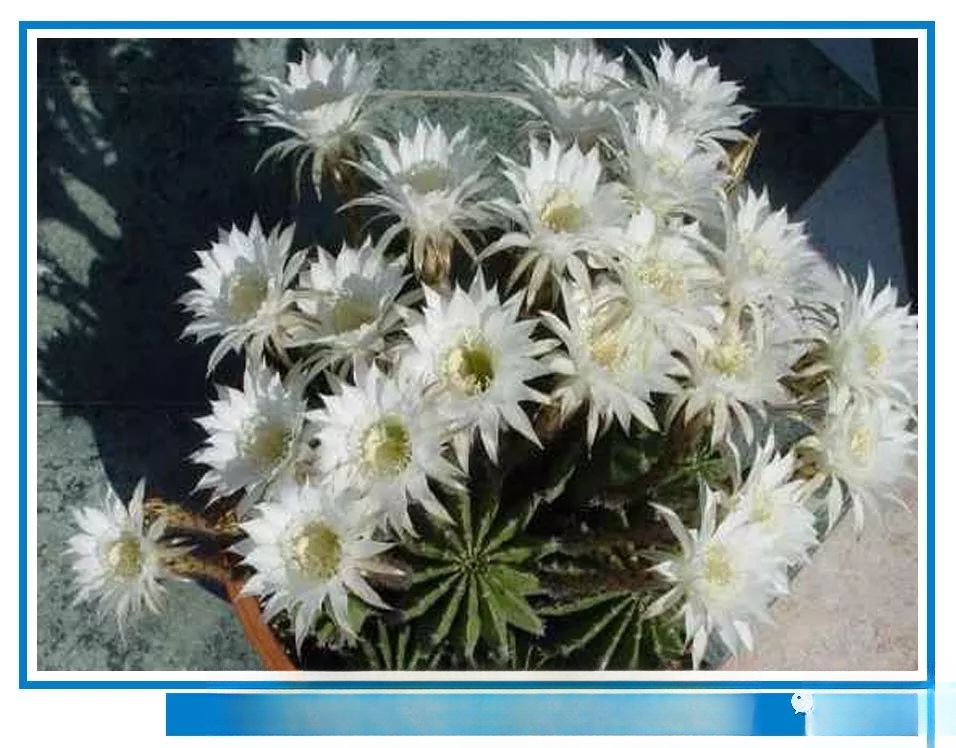
——Short hair ball——
Short-haired ball: commonly known as grass ball, also known as long-haired ball, is the most common species of the genus Opuntia in the Cactaceae family. It is the most common species of the genus Opuntia. It is native to South America and generally grows in hot, dry, and rainless desert areas. It likes dryness and is drought-resistant. The main growing period of the cactus is summer, which is also its peak flowering period.
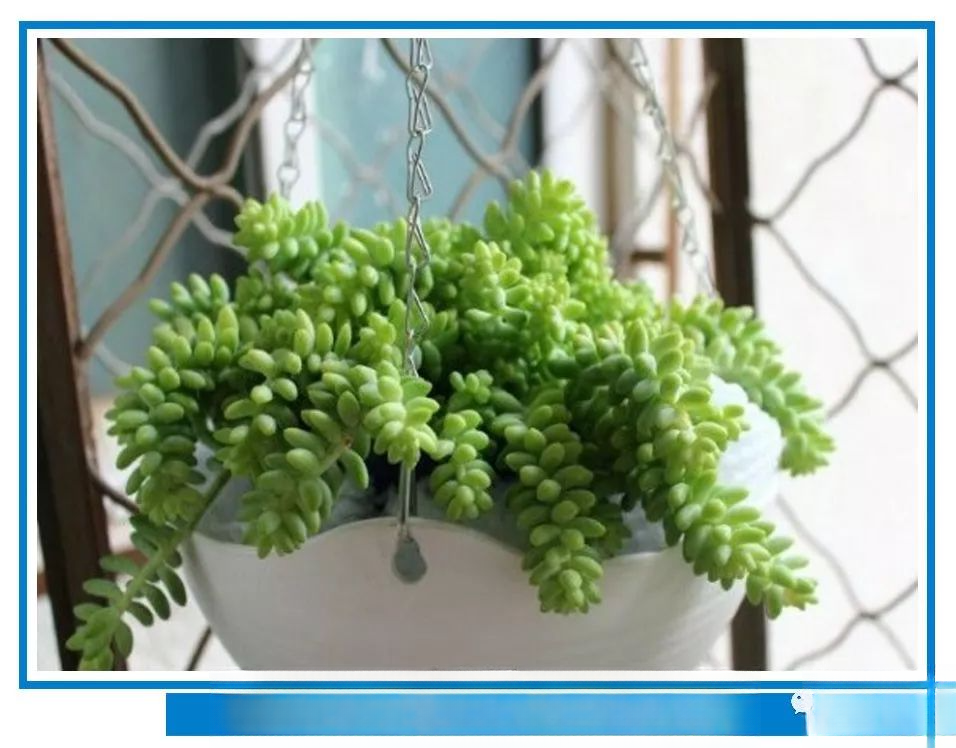
——New Jade Ornament——
New Jade: Crassulaceae Sedum (Sedum), native to Mexico, also known as New Jade, Victoria Sedum, some scholars believe it is a variant of Jade. The leaves are not curved, the leaf tip is round, and the length is about 1.5 cm . The leaf characteristics are very different from Jade, so most people think they are different species. The plant grows prostrate, and can also be hung for cultivation. The leaves grow densely under strong light, which will be more beautiful. The flowering period is from February to March.
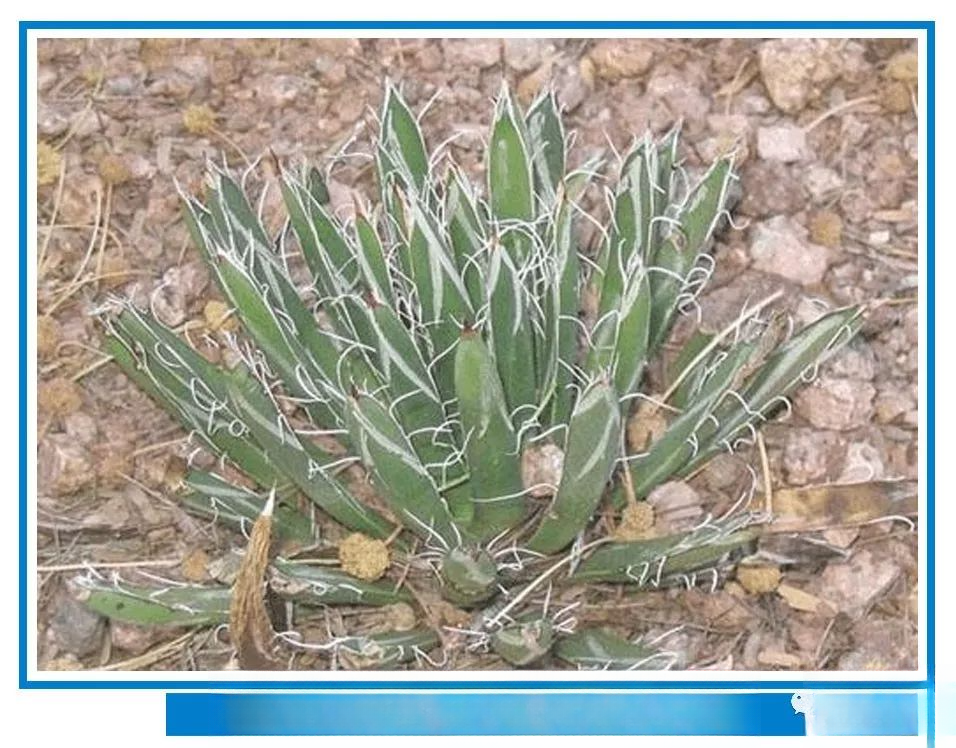
—— Agave parviflora ——
Agave parviflora: Also known as Ji Luanxue. Also known as small flower sisal, Agave genus, Agave family. Perennial evergreen herb. This is a small agave, the plant is rosette-shaped, plant width 15 cm, the main stem is not obvious.
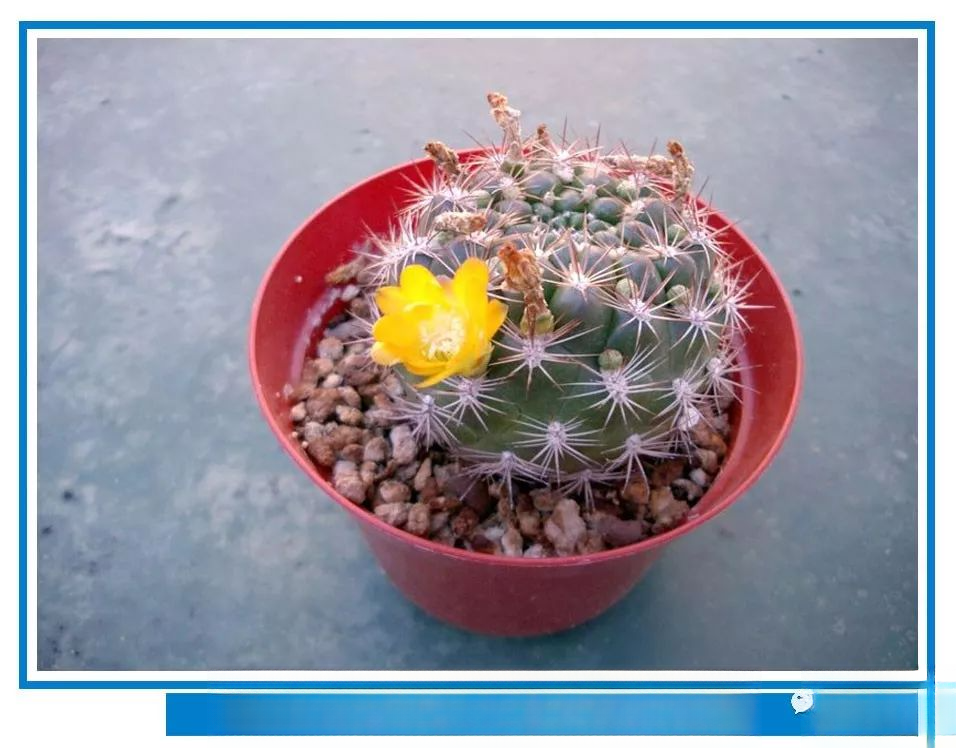
——Hanagasamaru——
Huagashimaru: The appearance varies, usually a single plant is spherical or short columnar. The root is a bunch of hairs, no tubers, hard thorns, the base is white, gradually turning black at the end, 2 to 8 central thorns, and the number of side thorns is 5 to 24. The petals are yellow. Compared with other species of the genus, the flowering position of this species is closer to the growth point, and the flowering season can be from spring to autumn.
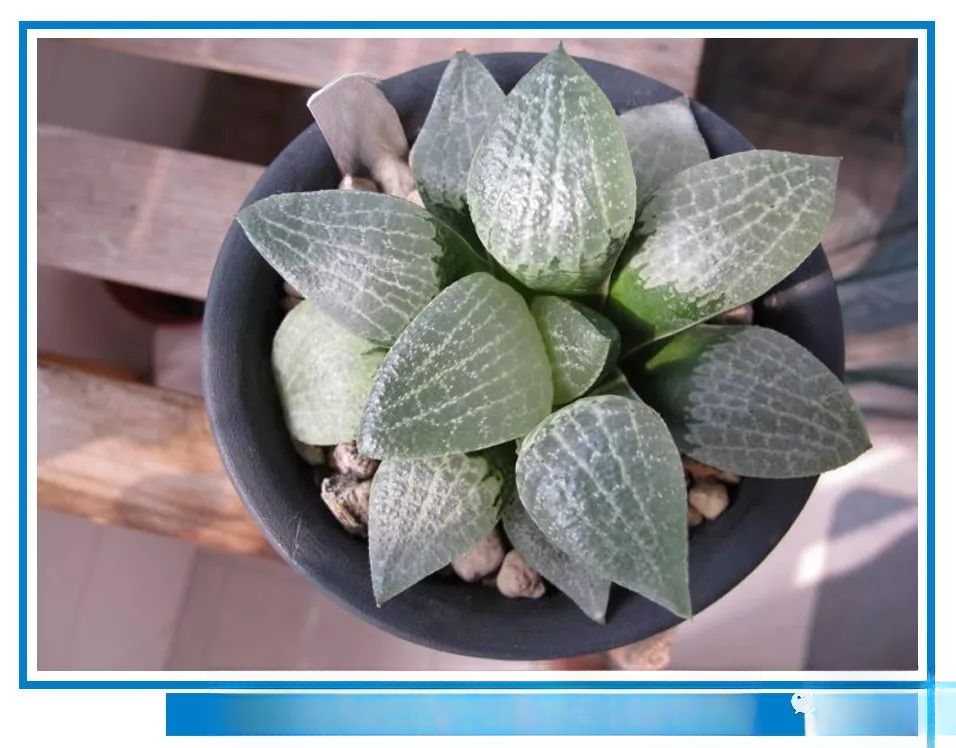
——Silver Longevity——
Baiyin Shou: The plant is short, with leaves arranged in a rosette shape and dense white with red lines on the top of the leaves, which is a typical feature of this variety, hence the name "Baiyin". It is a very representative species in the genus Liliaceae, and is also a very good hybrid parent. Japanese horticulturists have used Baiyin Shou as a parent for intra-genus hybridization and obtained a series of excellent hybrid offspring with high ornamental value.
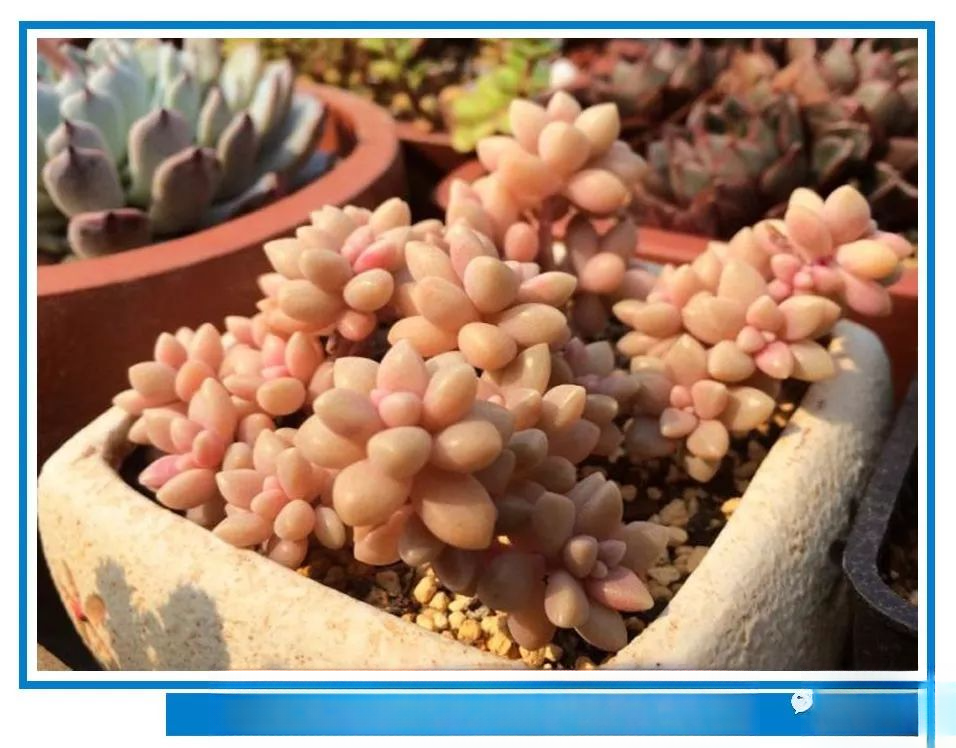
——Ji Qiuli——
Sedum serrata: A succulent plant of the genus Crassulaceae. Sedum serrata has full and round leaves. Sedum serrata is green in summer, and will turn lovely pink in autumn and winter when there is enough sunlight. In strong light, the leaves will turn lovely orange-red, and in the sun, there will be a slight metallic luster. Over time, the leaves will have a slight white wax, which looks very lovely.
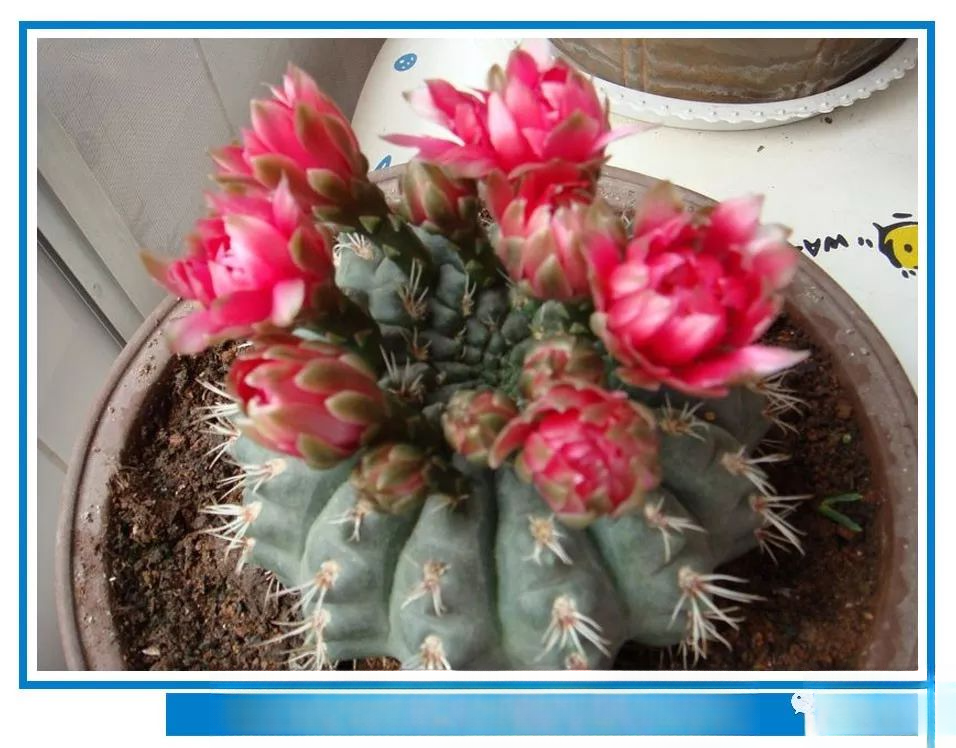
—— Scarlet Flower Jade——
The species belongs to the genus Gymnocalyx of the Cactaceae family. It is flat and spherical, with a diameter of about 10 cm. The fruit is spindle-shaped and dark gray-green. This species has a dignified spherical shape, beautiful flowers, and very few diseases and insect pests, making it very suitable for general family cultivation.
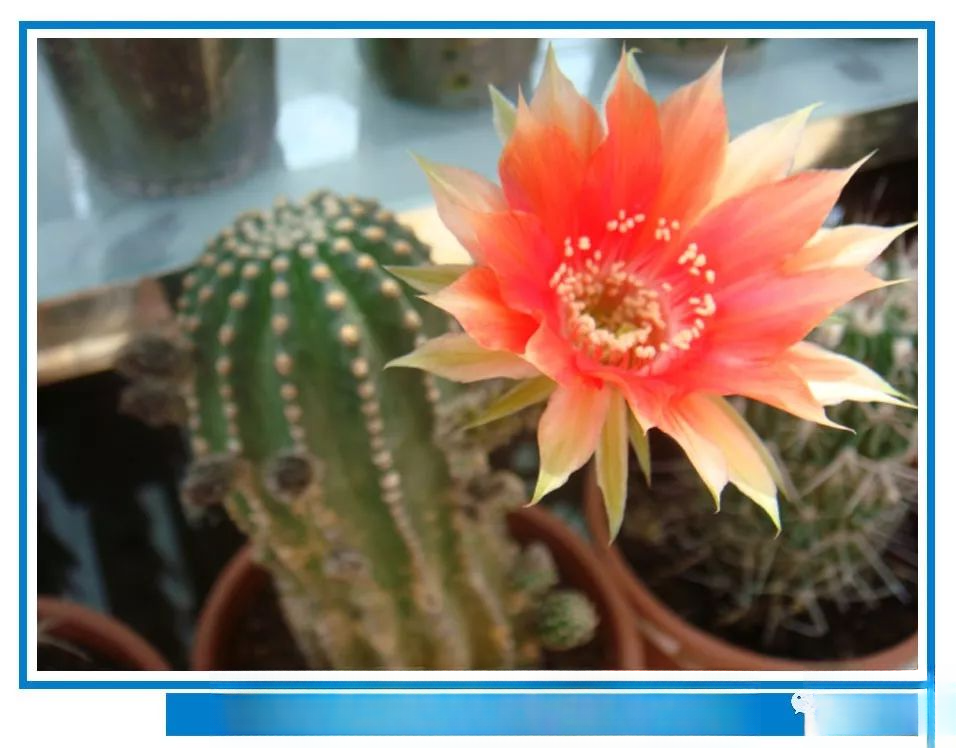
——Flower Ball——
Flower ball: also known as cactus flower, grass ball flower. Cactaceae, cactus genus. Plants grow alone or in clusters. Young plants are spherical, and old plants grow into a cylindrical shape. This is commonly known as grass ball.
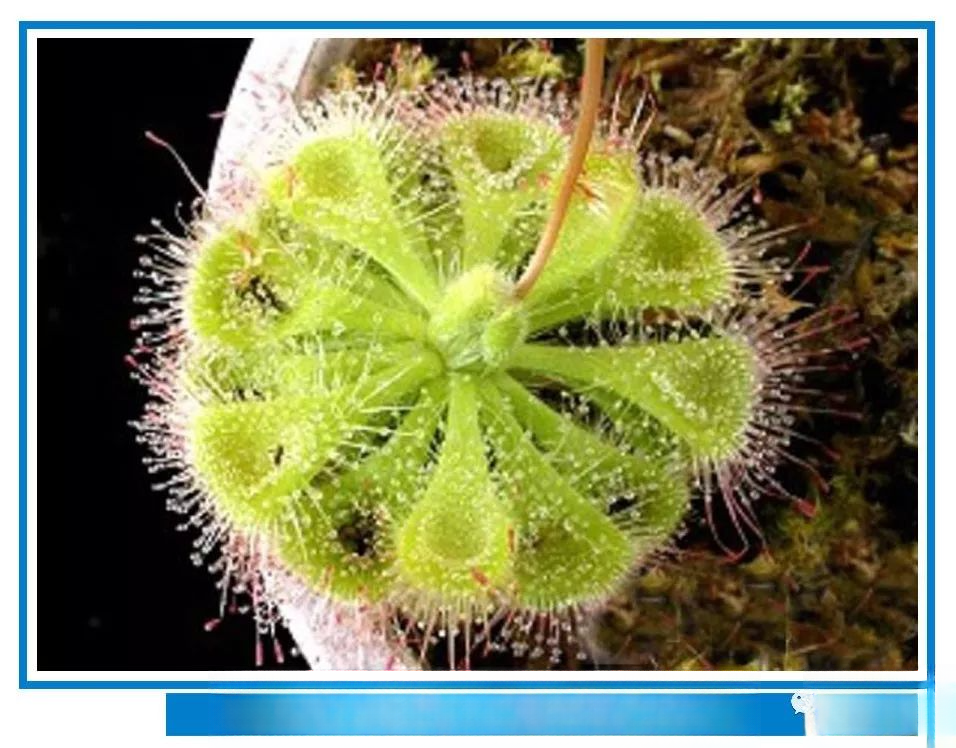
——Mian Diluo——
Drosera: Other names: Drosera, a hibiscus flower. It is the whole herb of Drosera, a plant of the family Droseraceae, without the flower stems removed. It is an insectivorous plant that often grows on grass, wet rock surfaces, and sand. The leaves of Drosera are rosette-shaped and spread flat on the ground. The leaves are wide and spoon-shaped, with glandular hairs on the edges. When insects fall into them, the glandular hairs surround the insect body, and the sticky glands stick to the insects. The secreted liquid can decompose the nutrients such as protein in the insect body, which are then absorbed by the leaf surface. It is a family of the subclass Pentacarpus in the class of dicots.
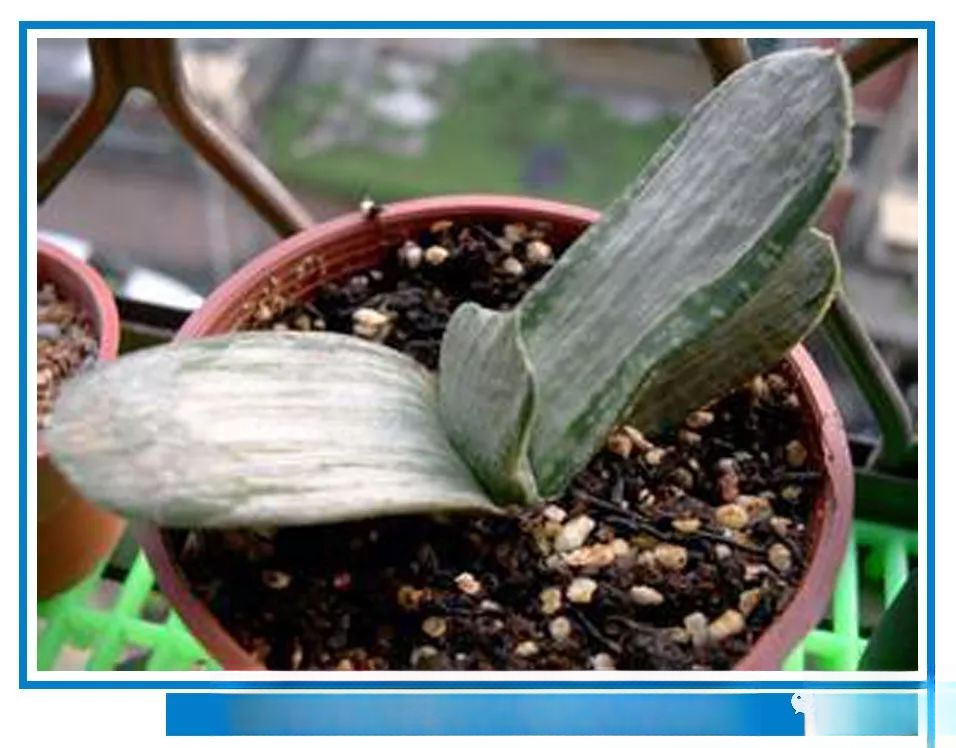
——Fuji Child——
Fuji Zibao: A perennial succulent herb with no stems. The fleshy leaves are initially opposite each other, but become irregularly whorled when the plant matures. It is very popular among the people.
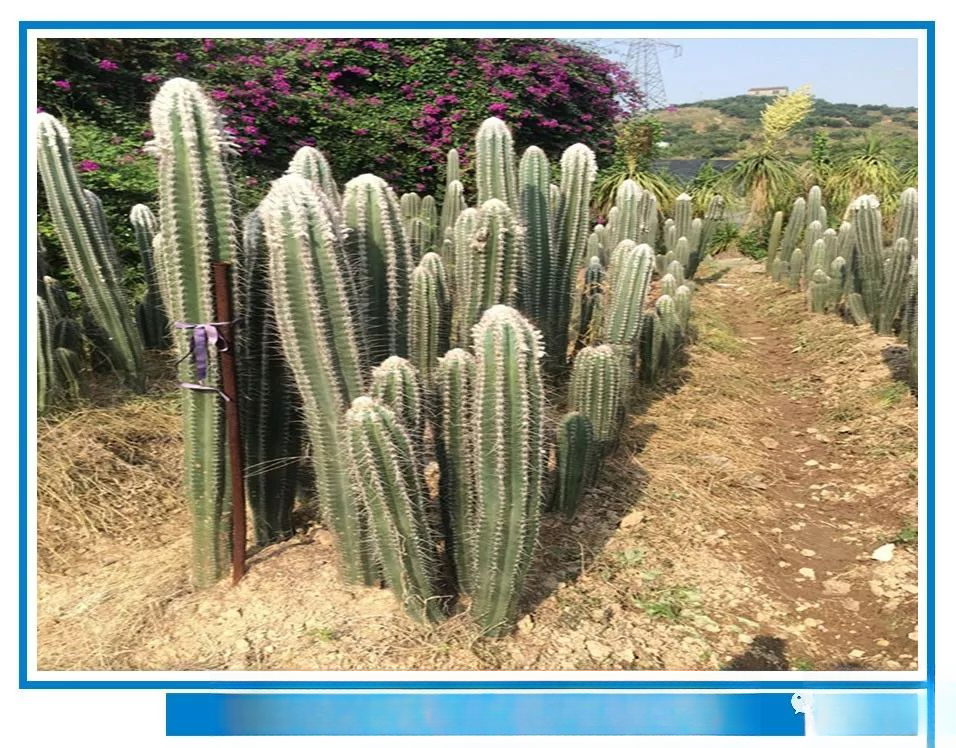
——Spring Clothes——
Spring clothes: Also known as sparse long hair column, native to Mexico. Prefers warm, dry and sunny environment. Relatively cold-resistant, drought-resistant and high-temperature-resistant. Loose, well-drained sandy loam is best. Winter temperature should not be lower than 5 ℃ . Spring clothes Spring clothes, also known as sparse long hair column, native to Mexico, is commonly propagated by grafting, sowing and cuttings, and can be used as potted ornamental plants.
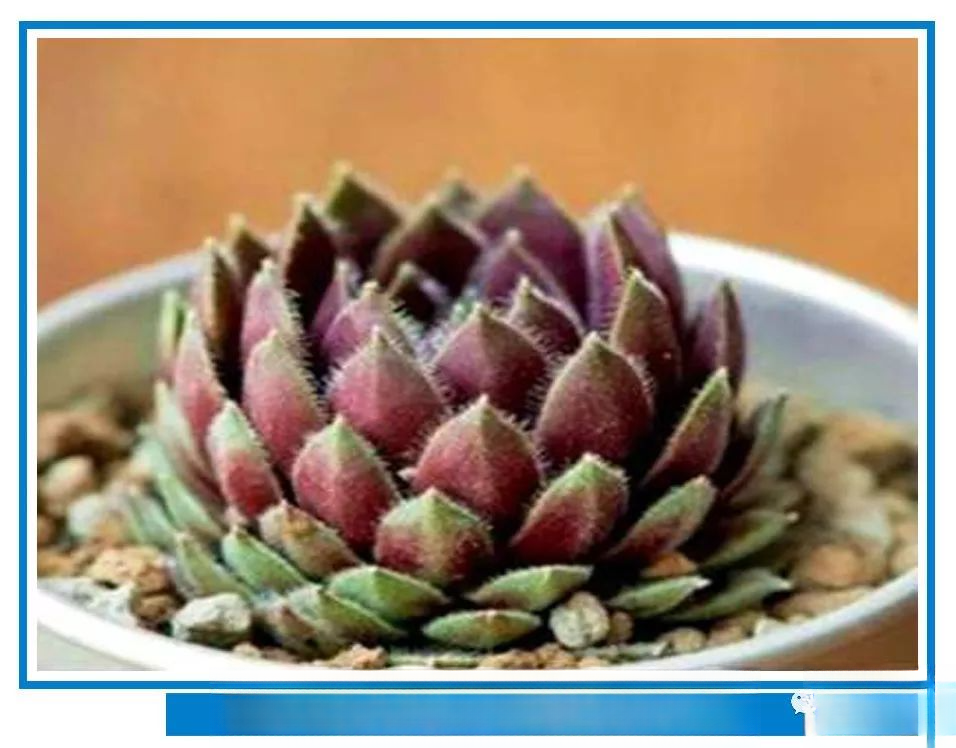
——Red scroll silk——
Red Silk: Perennial fleshy herb, very low, in a clump. The fleshy leaves are spoon-shaped or long obovate, arranged in a rosette, medium green or red, growing radially, with the tip slightly curved outwards, and densely covered with short white hairs at the leaf tip, especially densely in the center of the plant, like a spider web. Cymes, light pink flowers. Flowering period is summer. The leaves are green, turning purple-red in cool and sunny conditions.
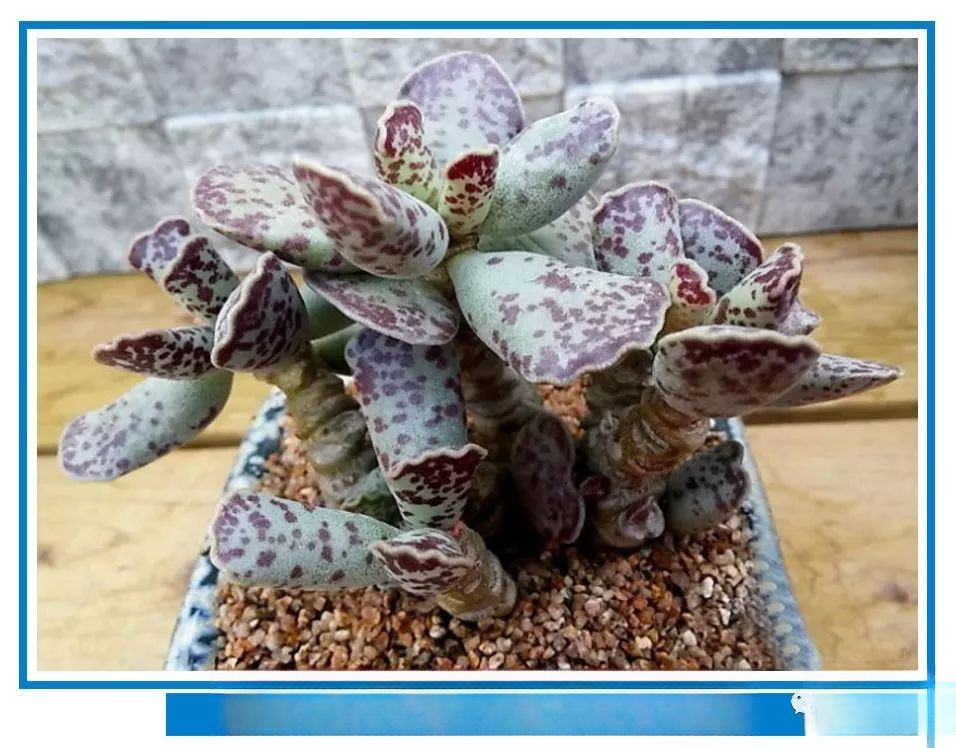
——Cooper Tianjin——
Cooper's Tianjin: It is a perennial herb of the genus Zhang. It mostly grows in a sunny, cool and dry environment. It can also grow normally in semi-shade. If it is too shaded, the plant will grow poorly.
(To be continued, please enjoy the next episode)
Complete Collection of Flowers and Green Plants for Daily Life - Ornamental (IV)